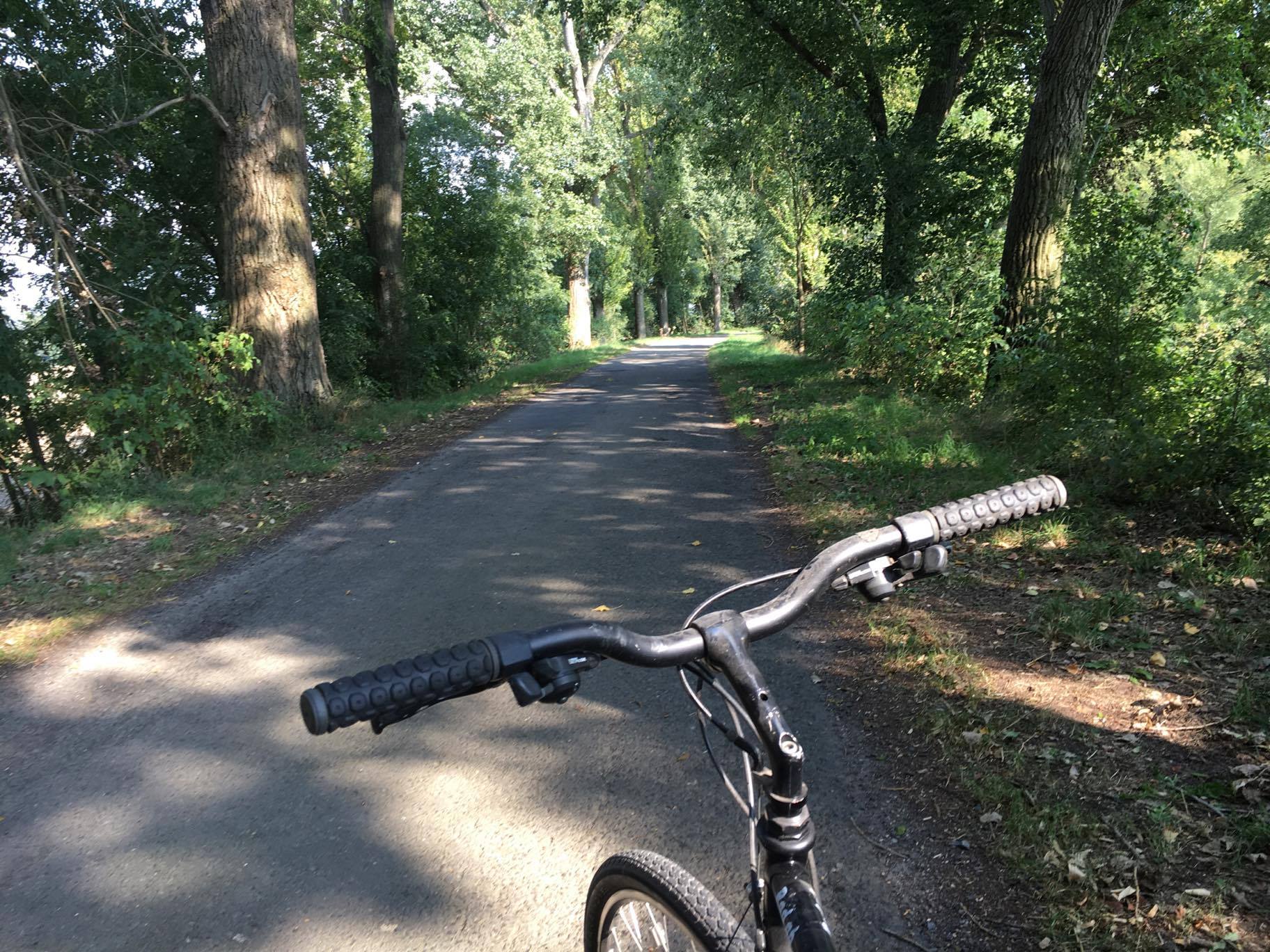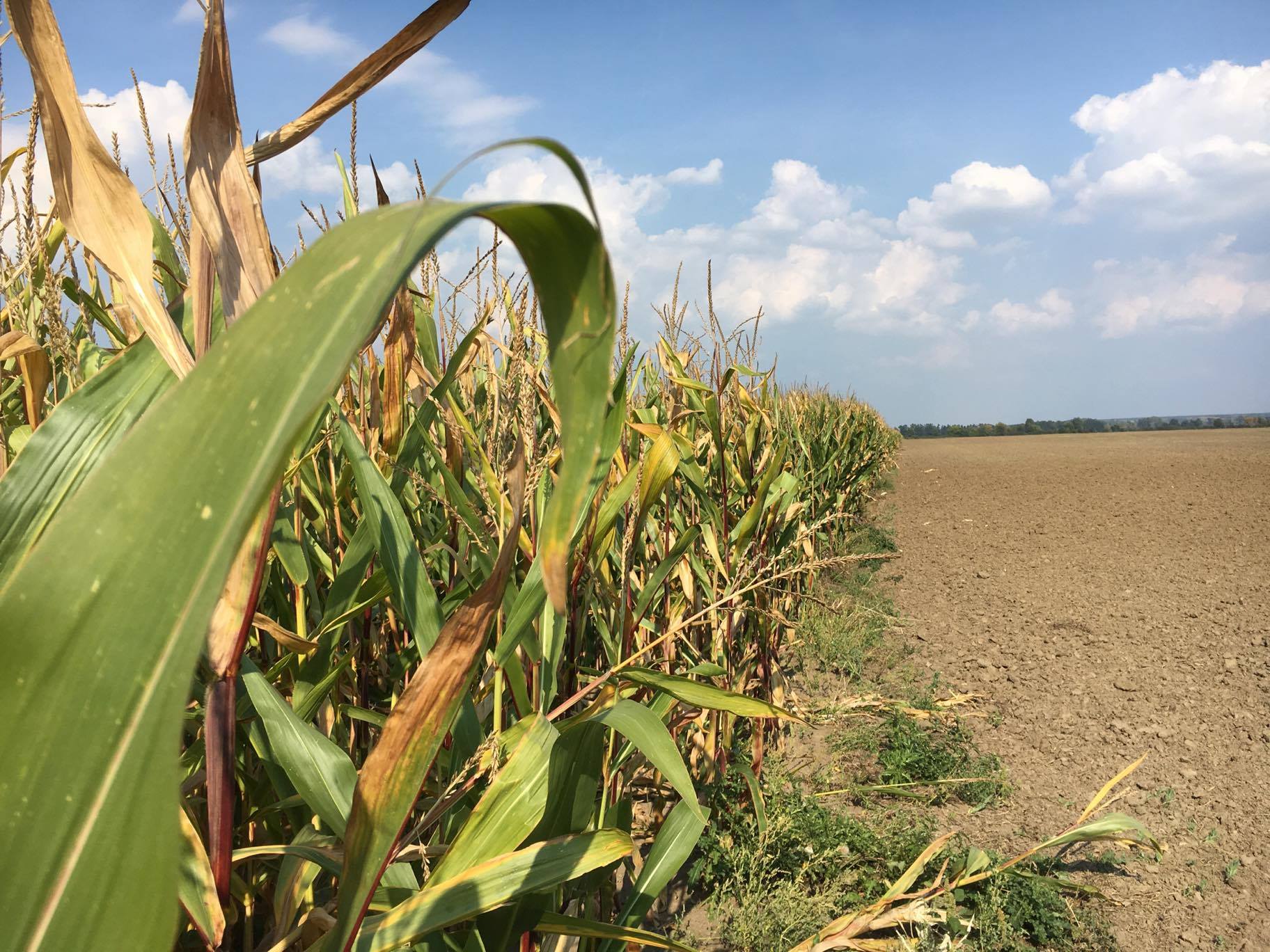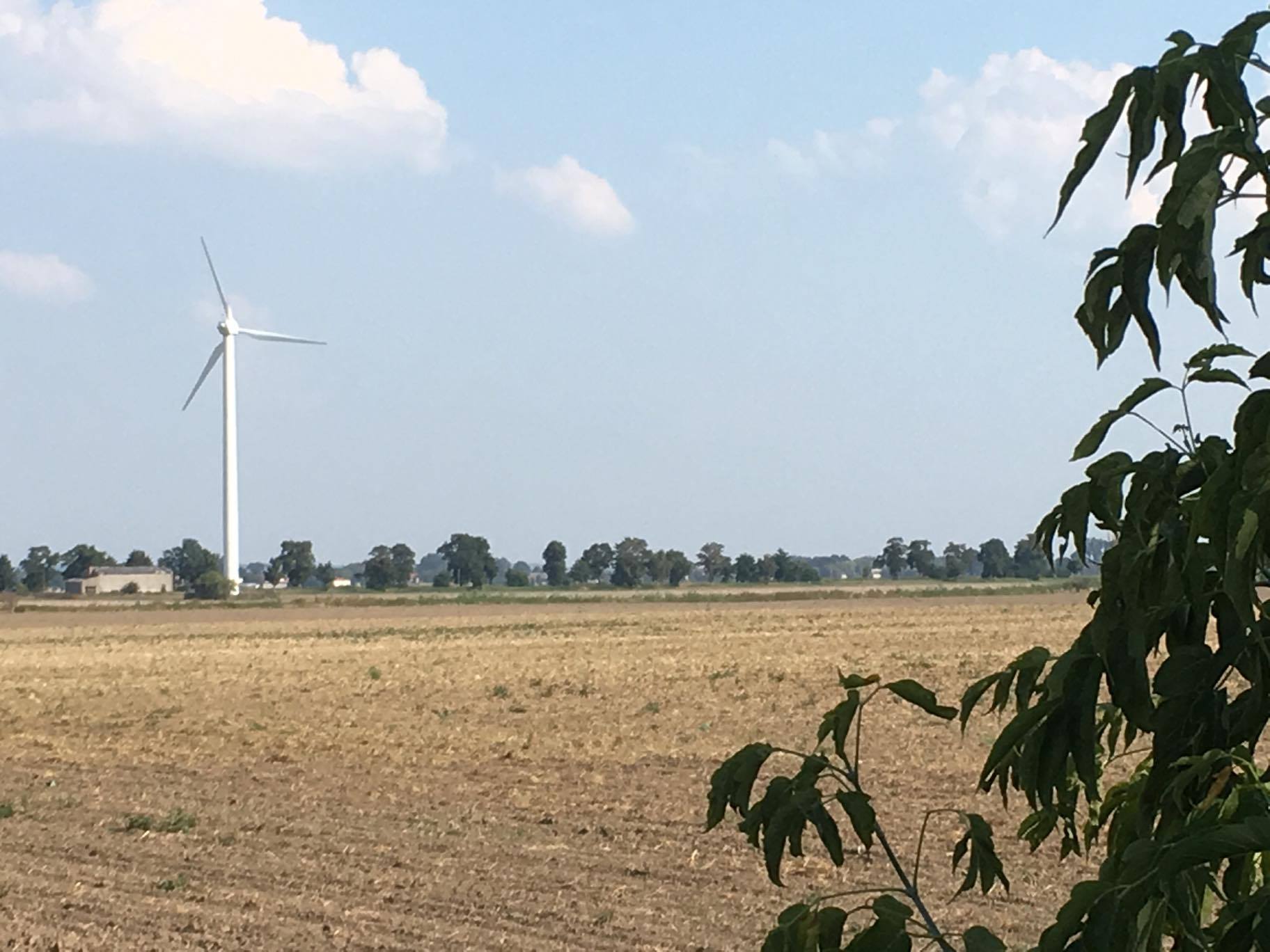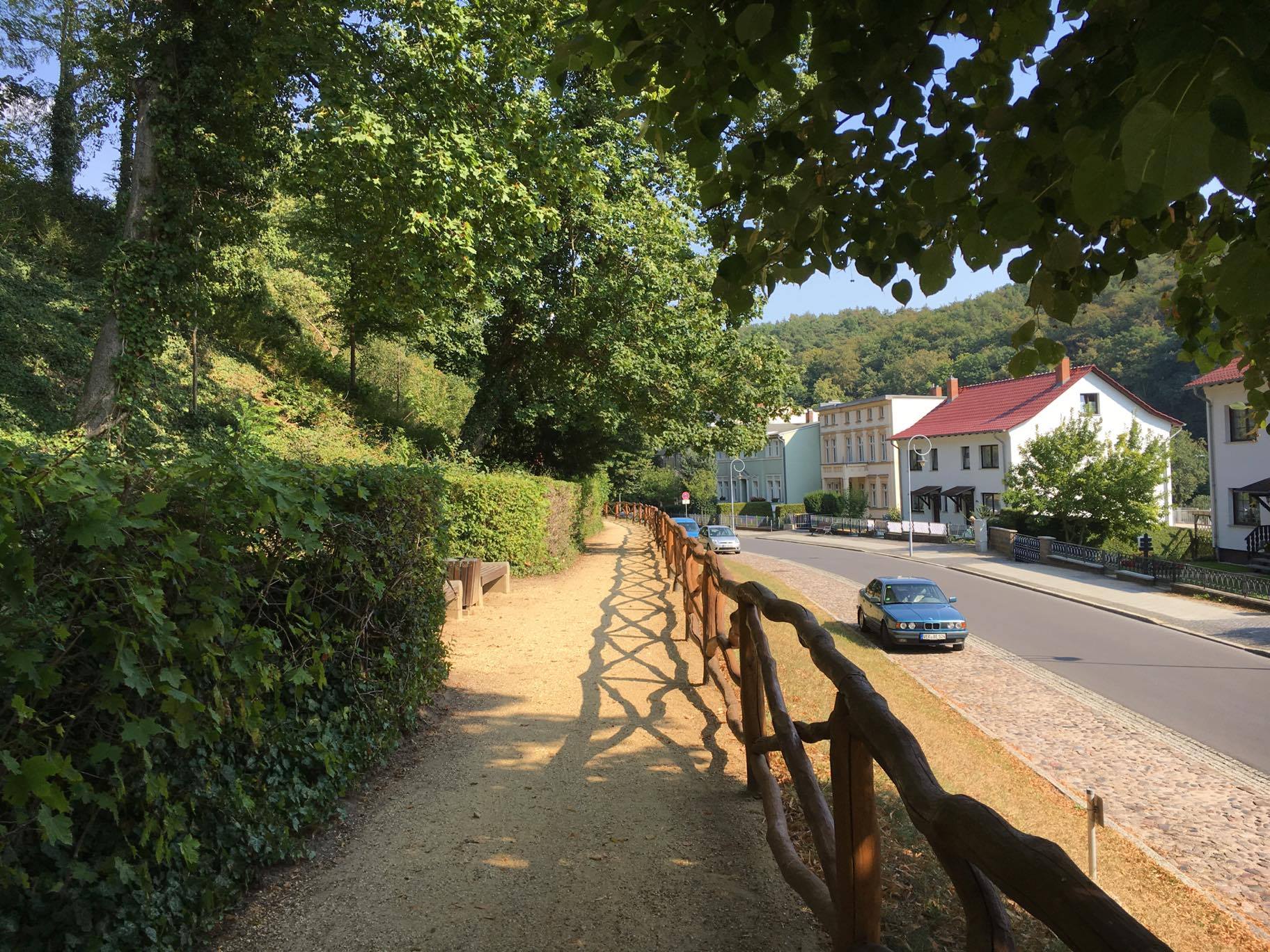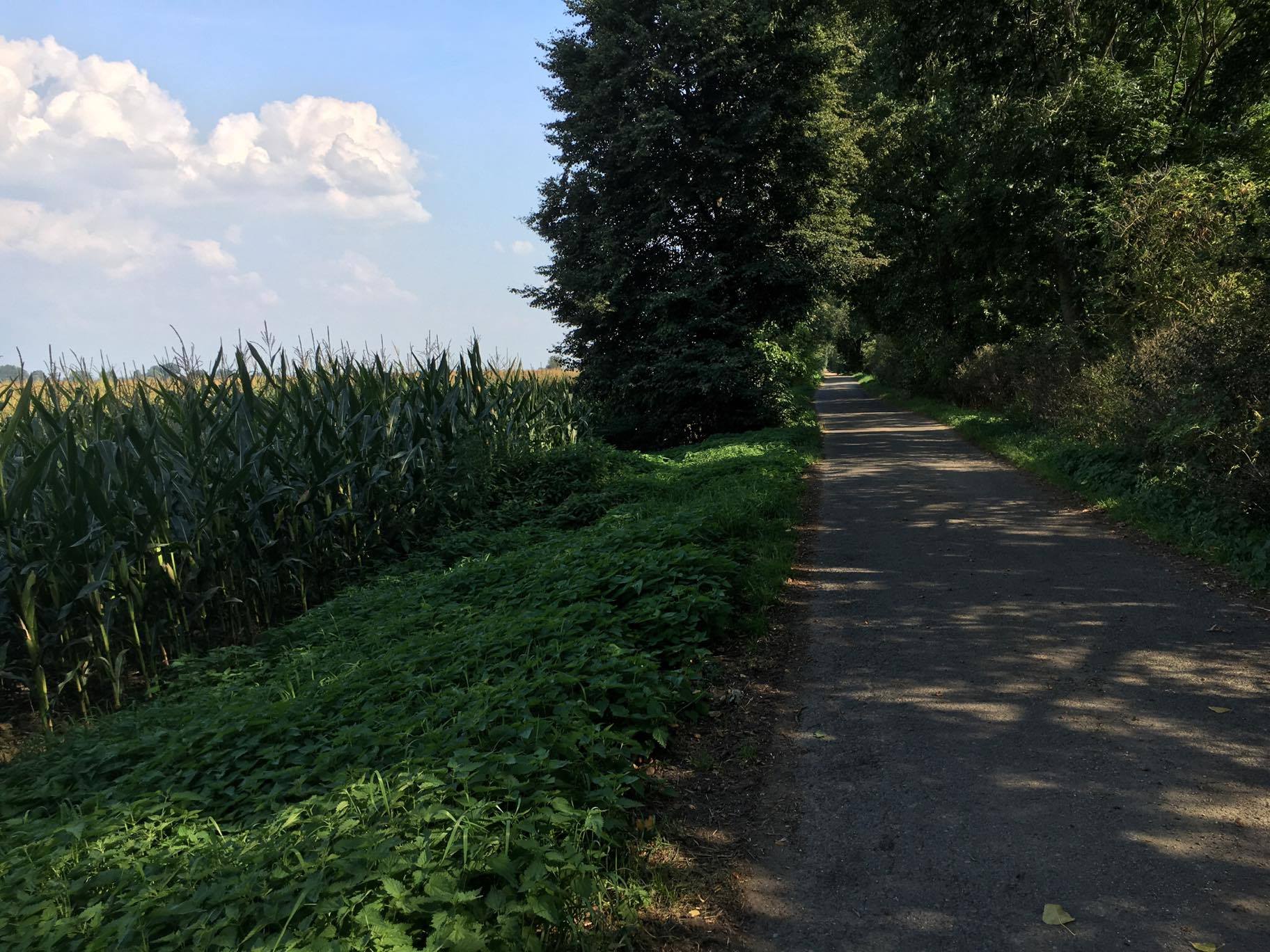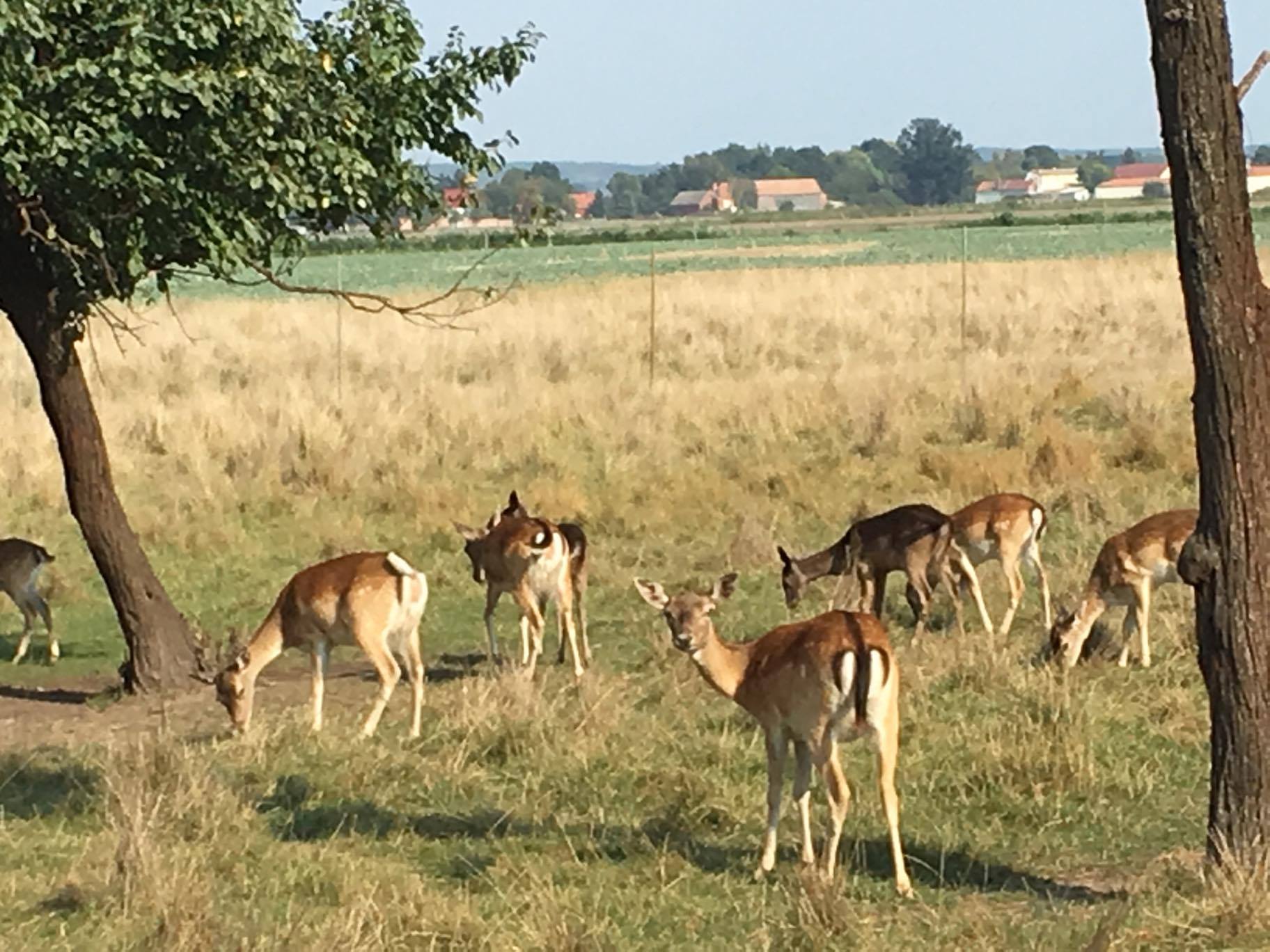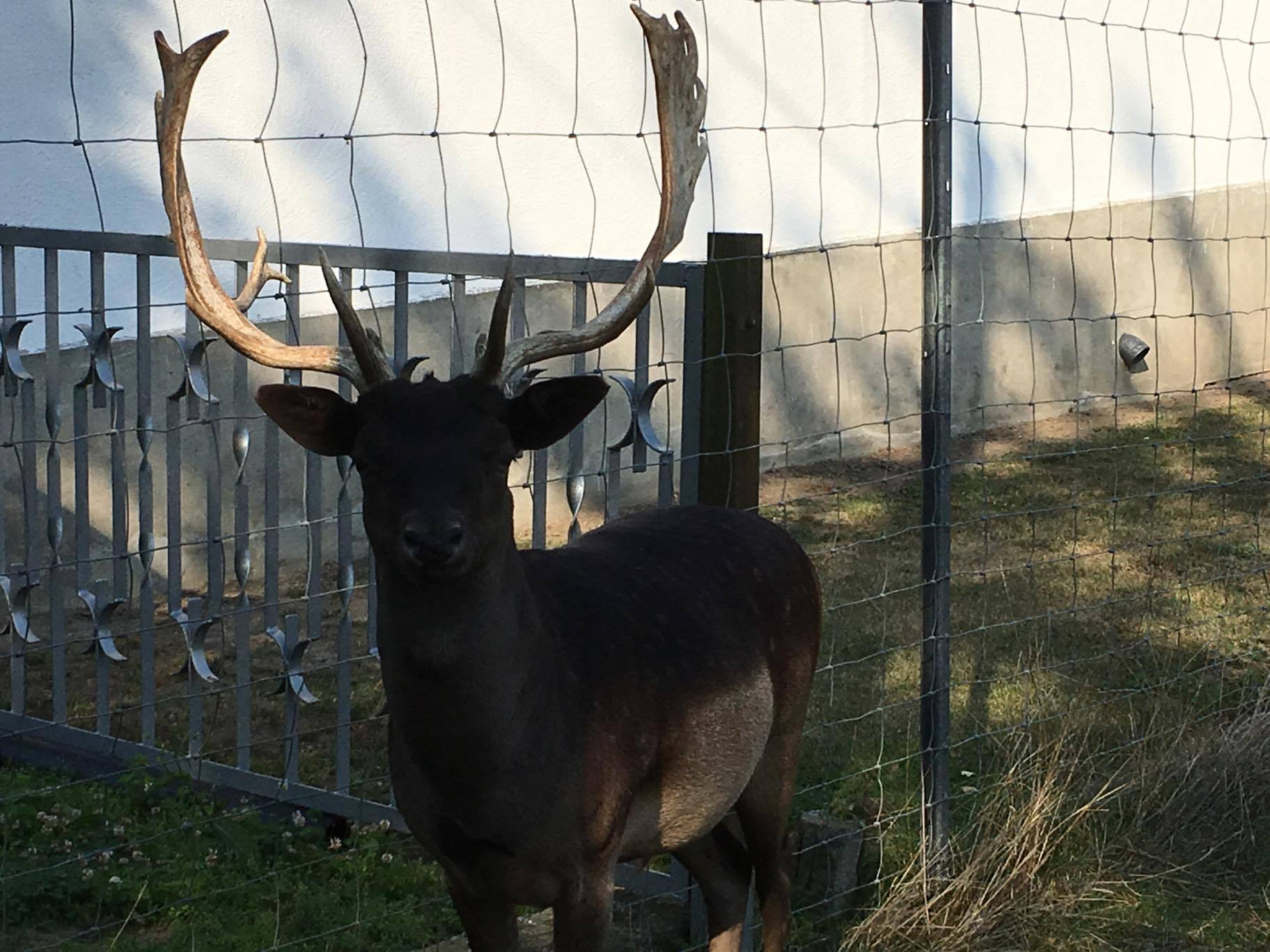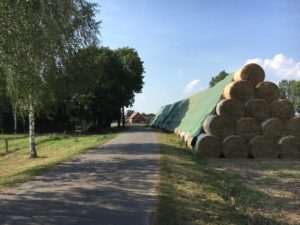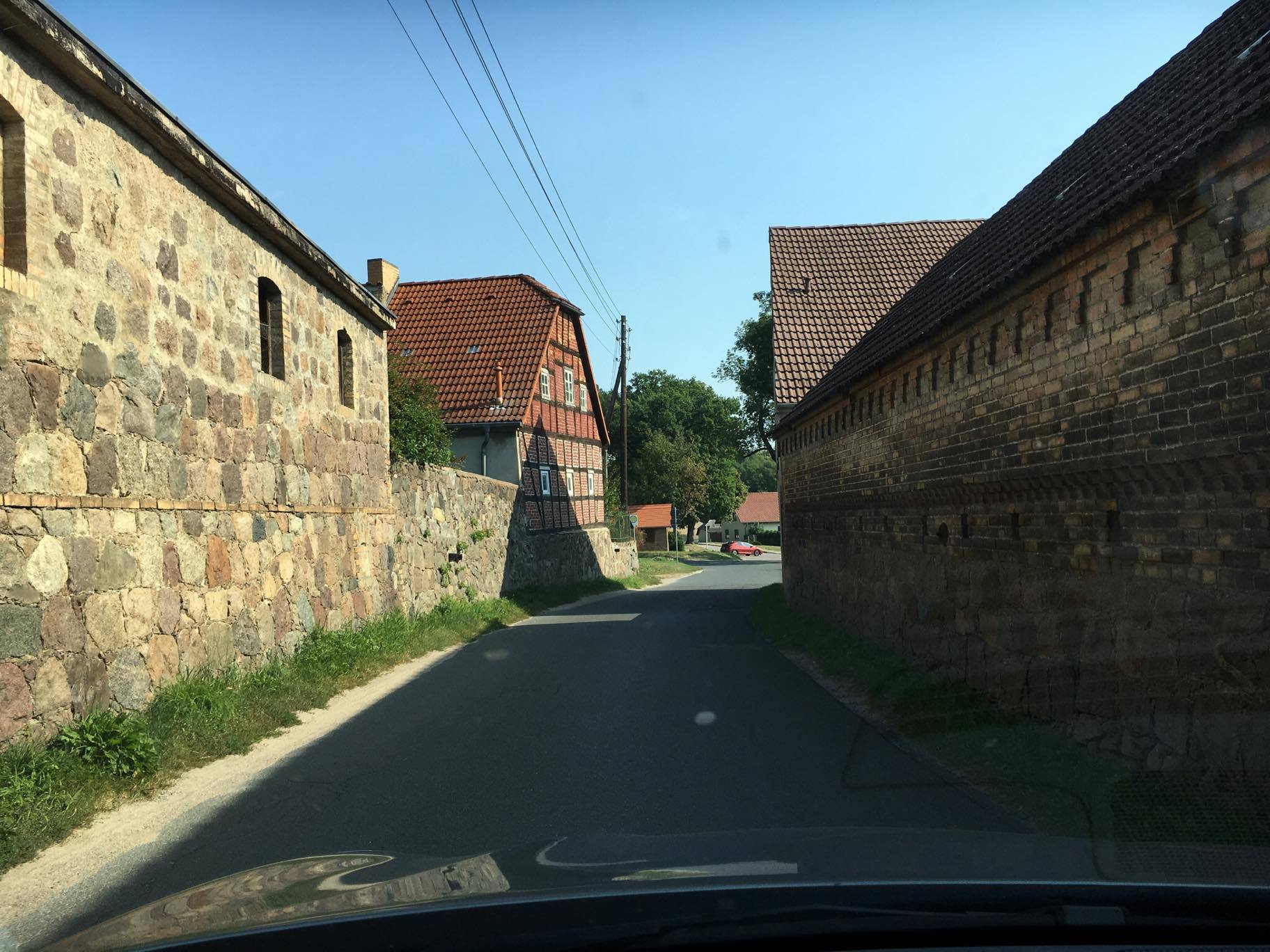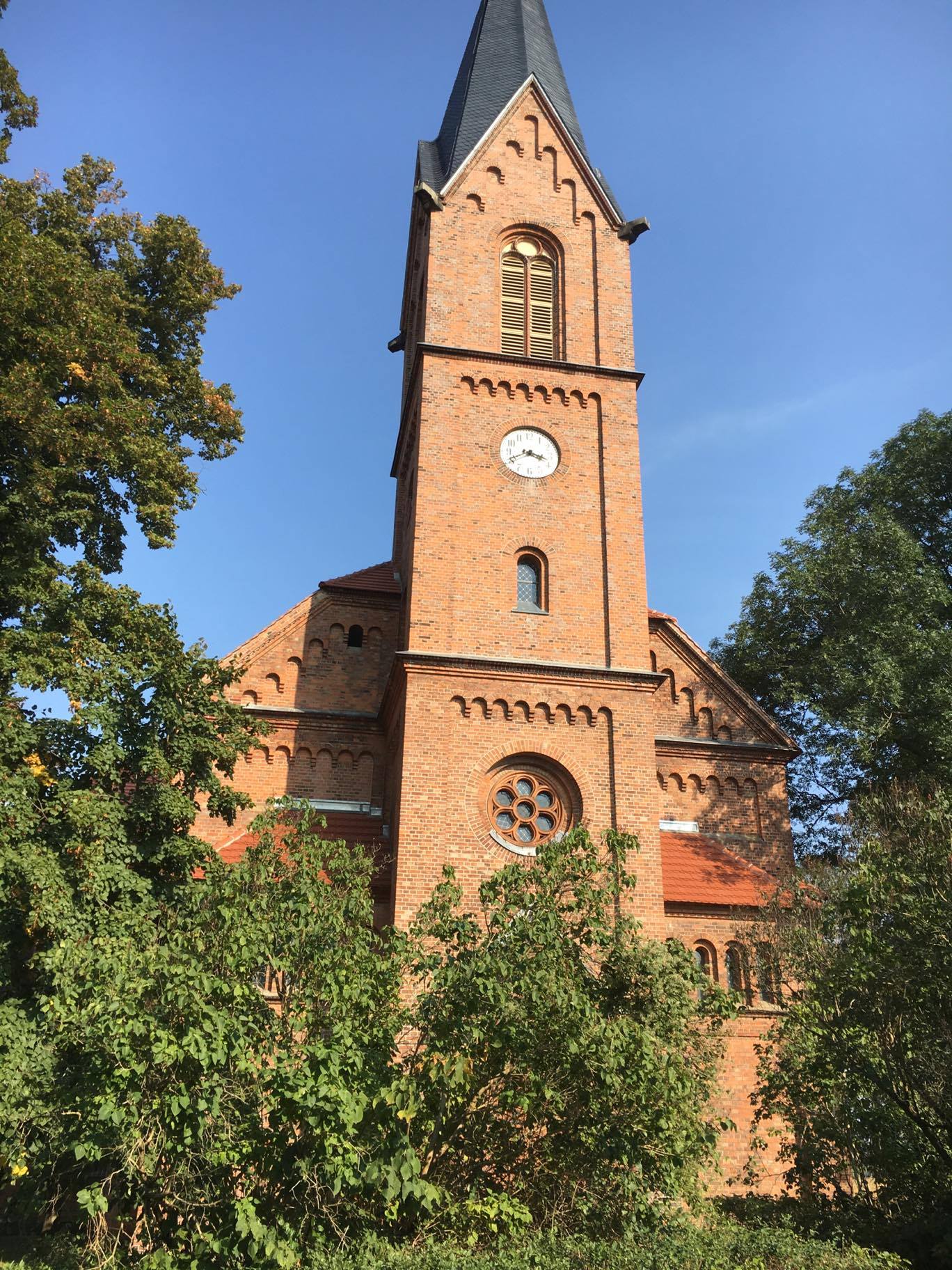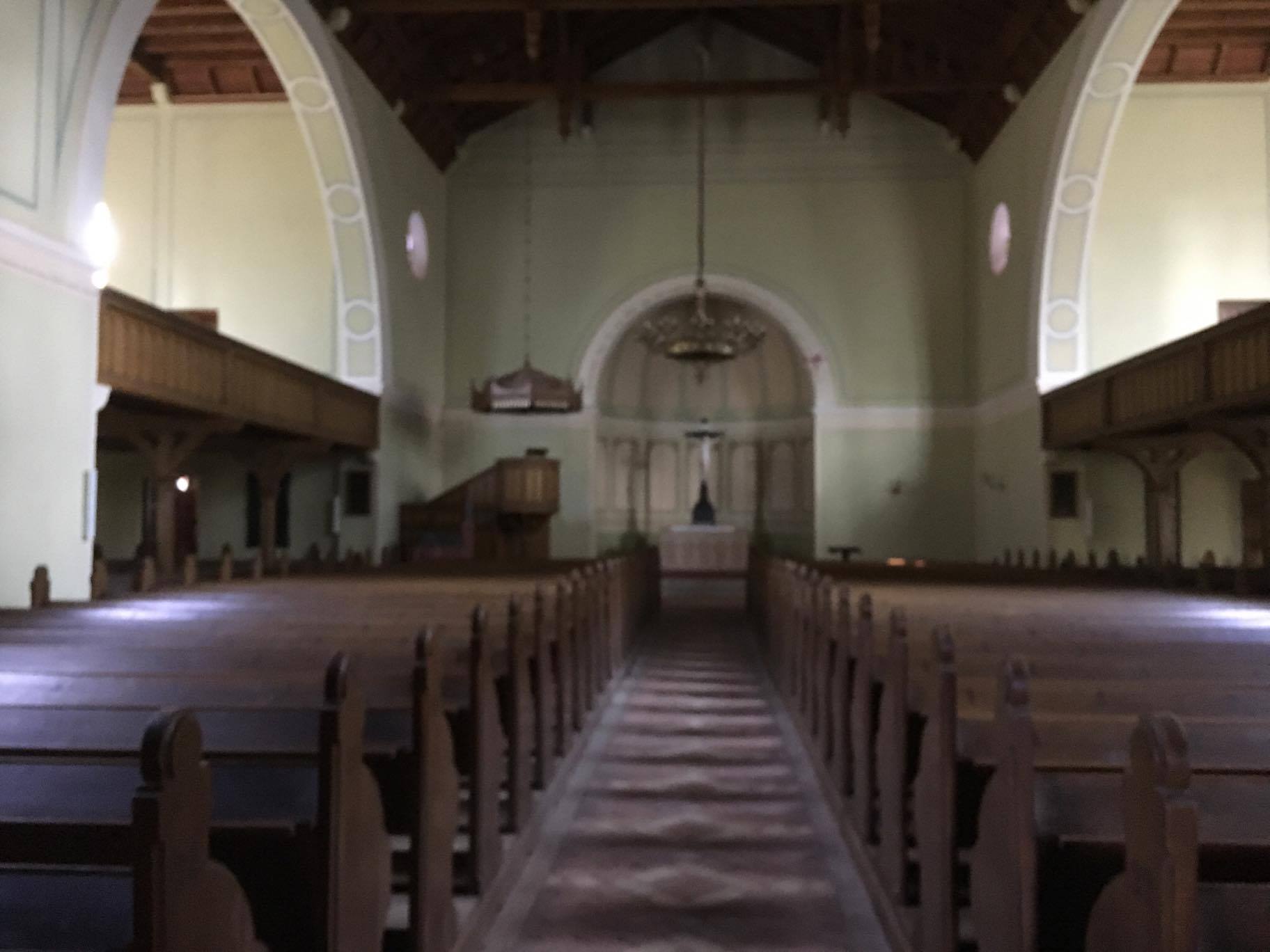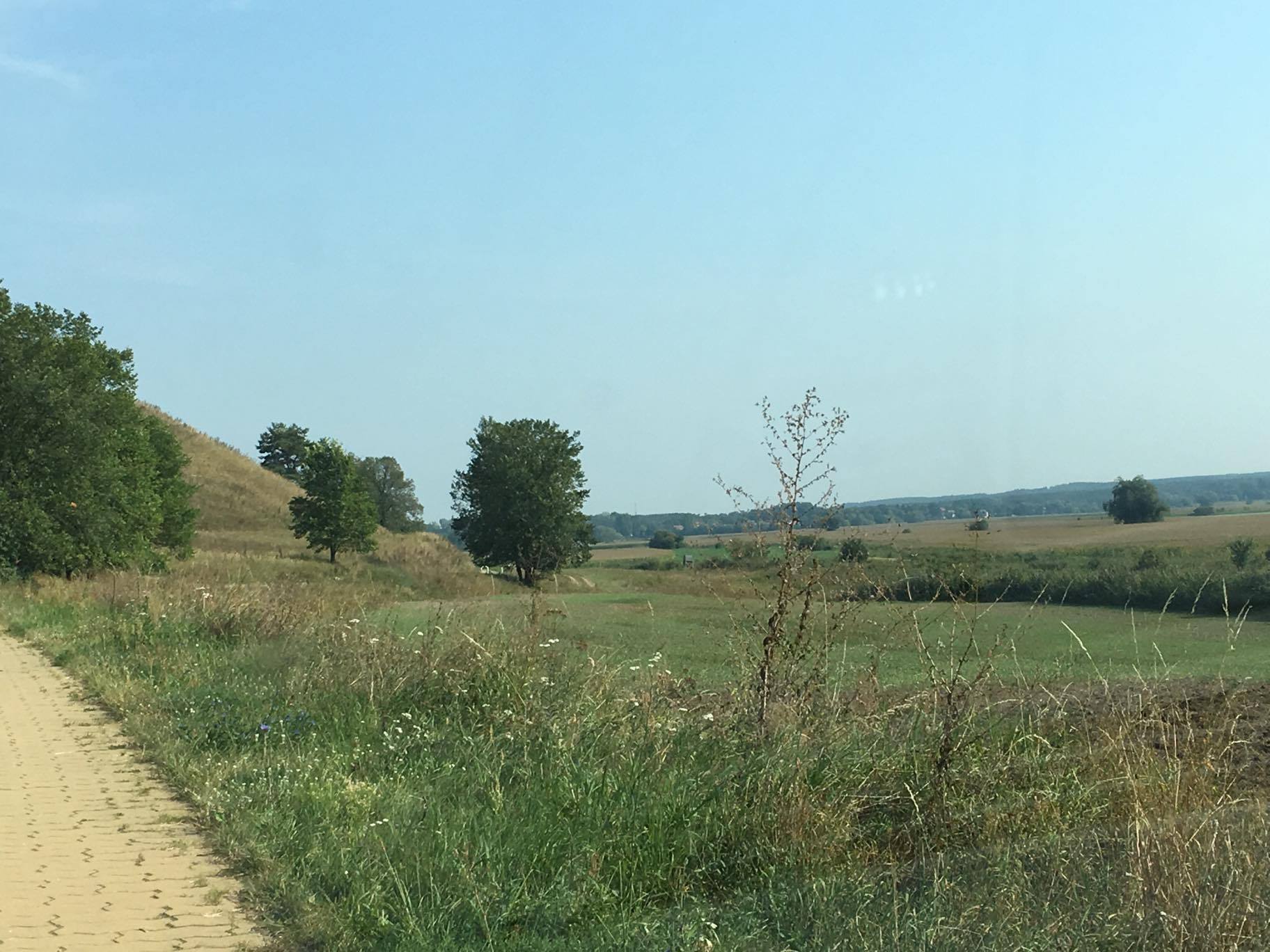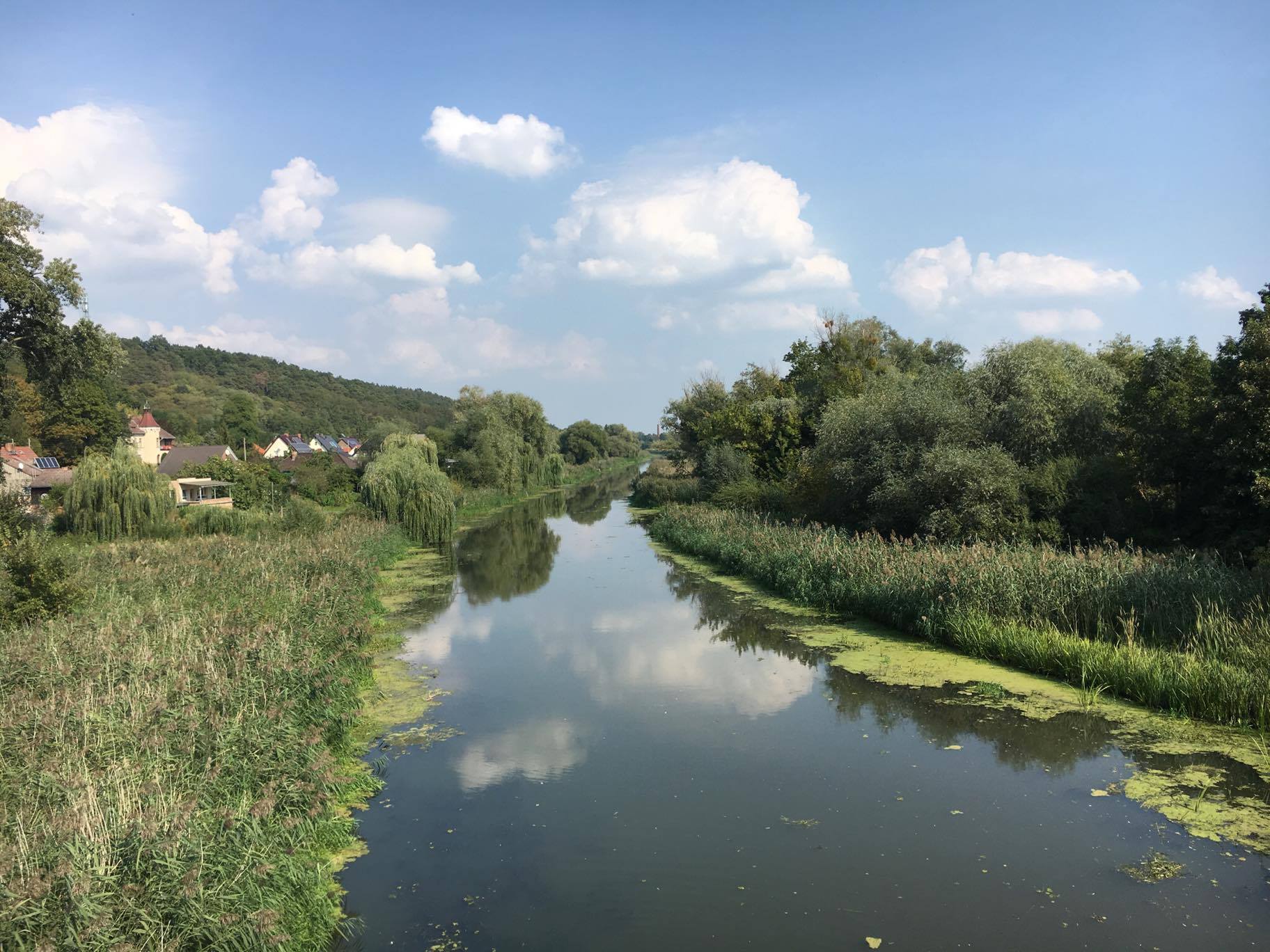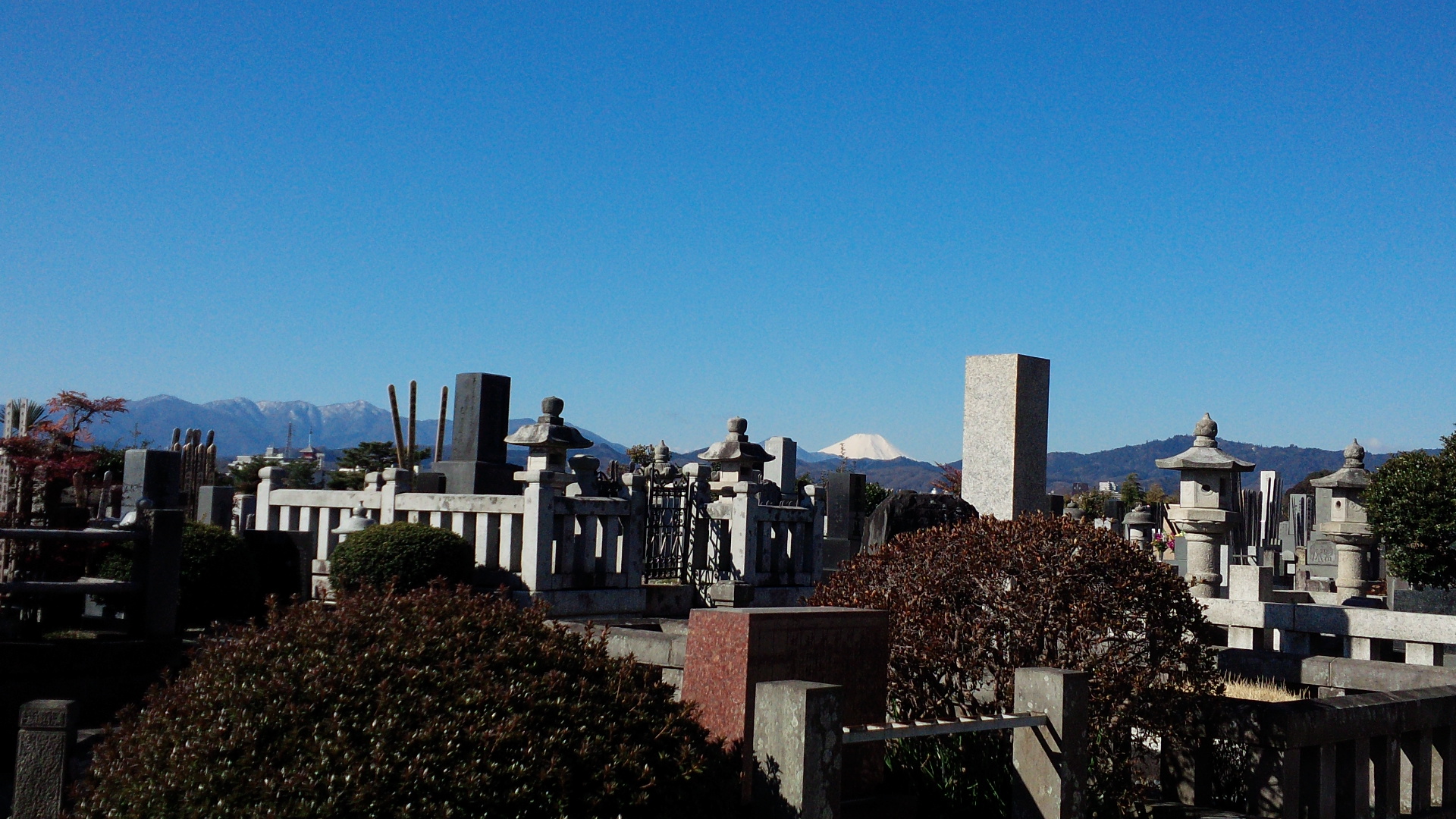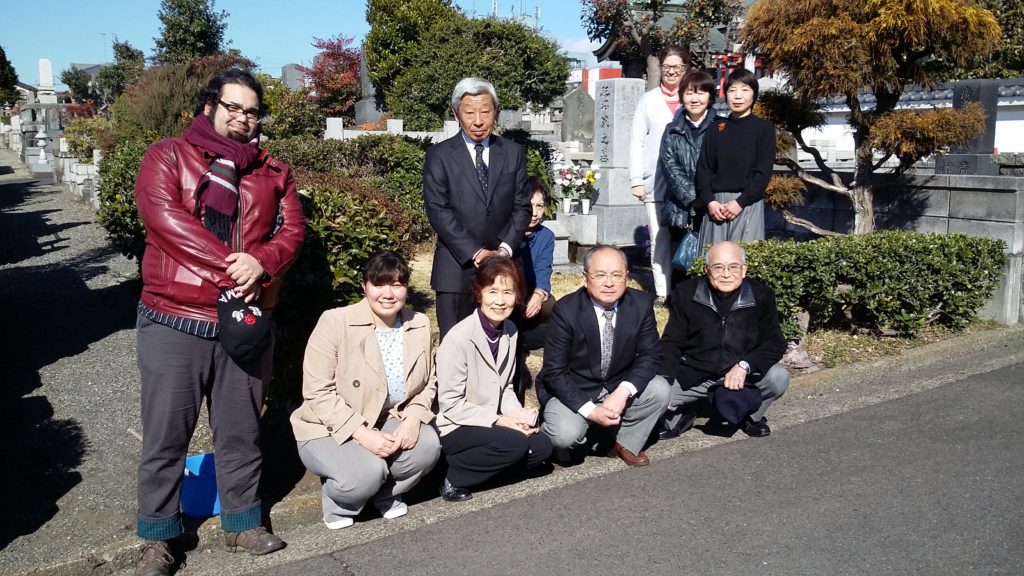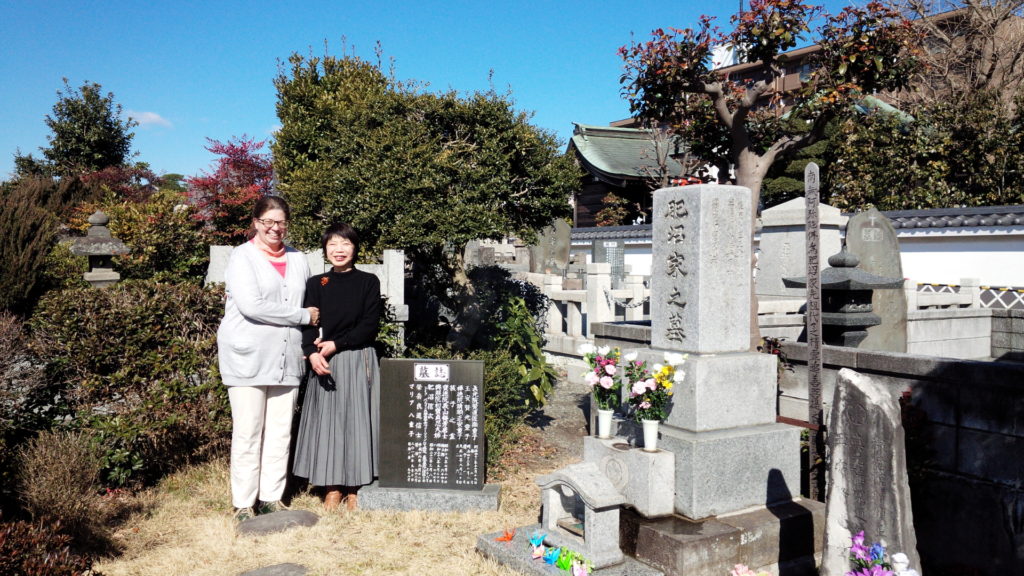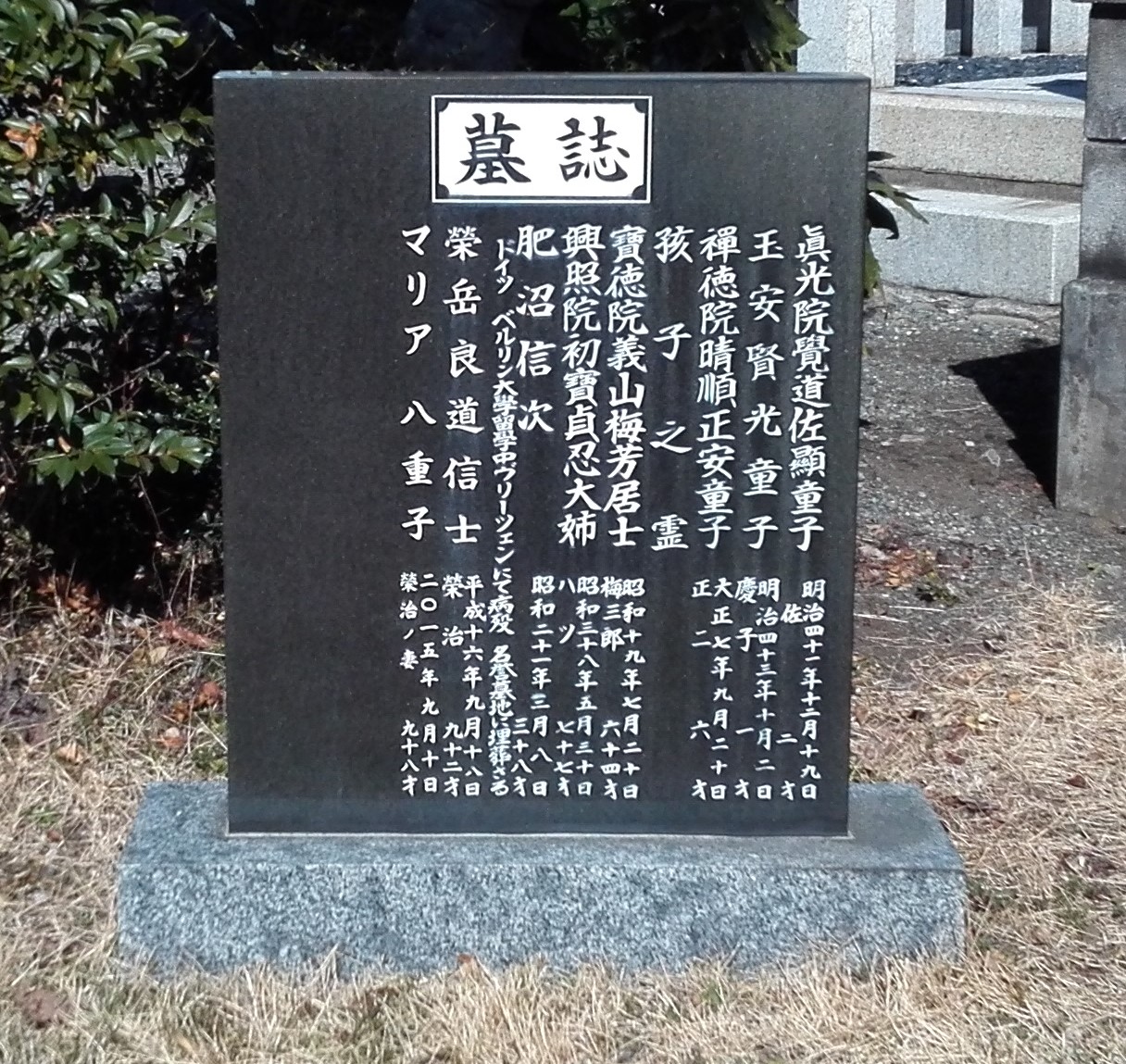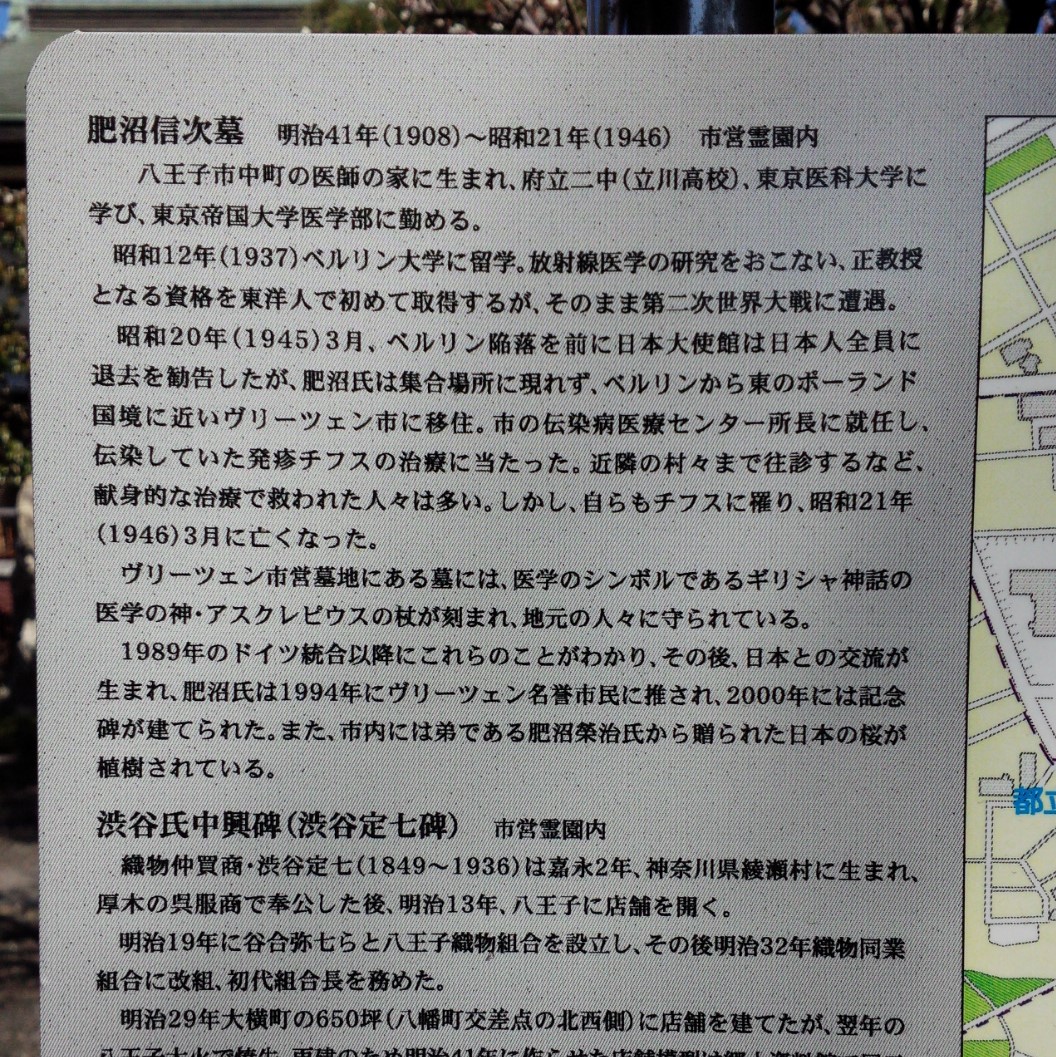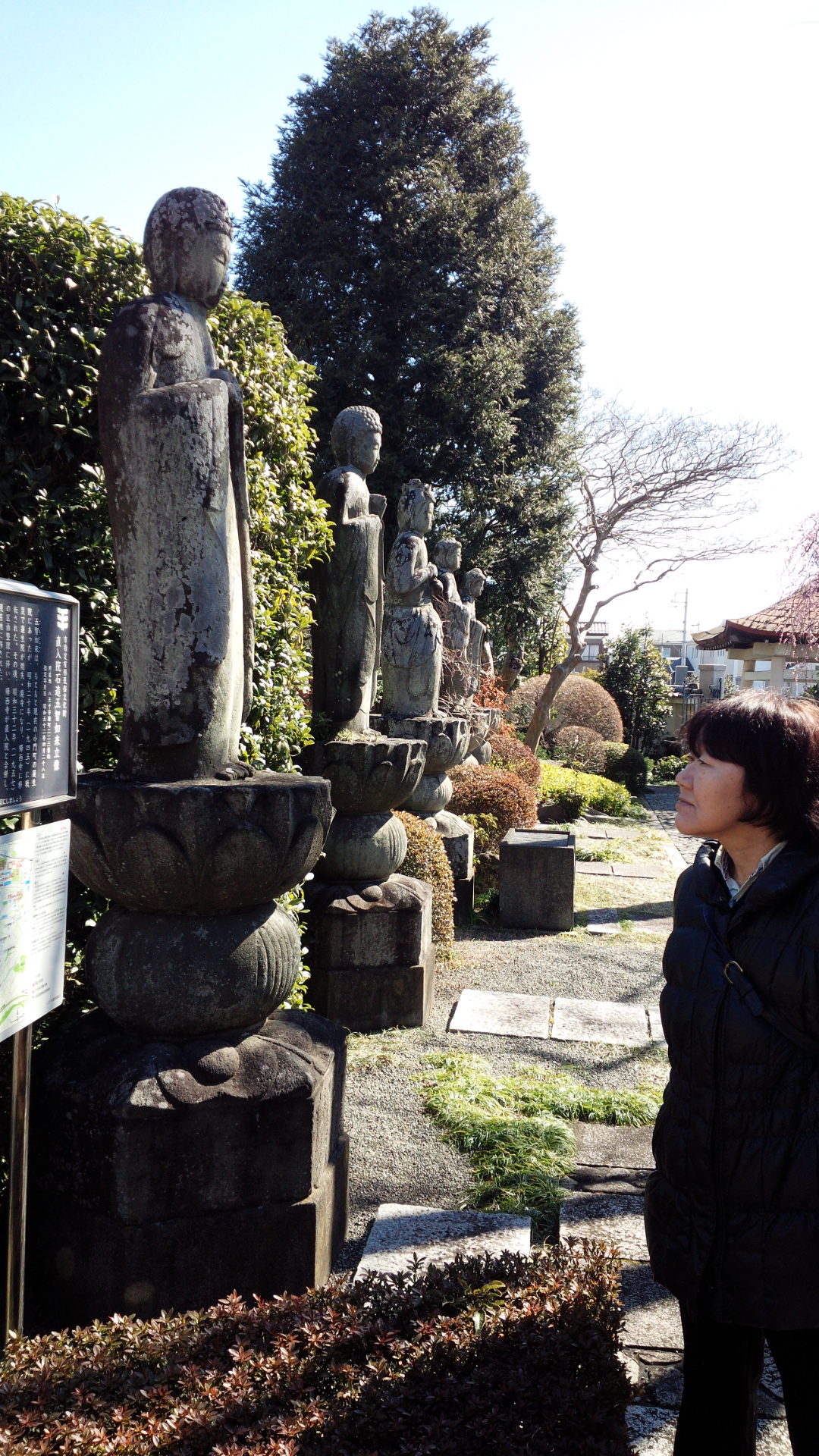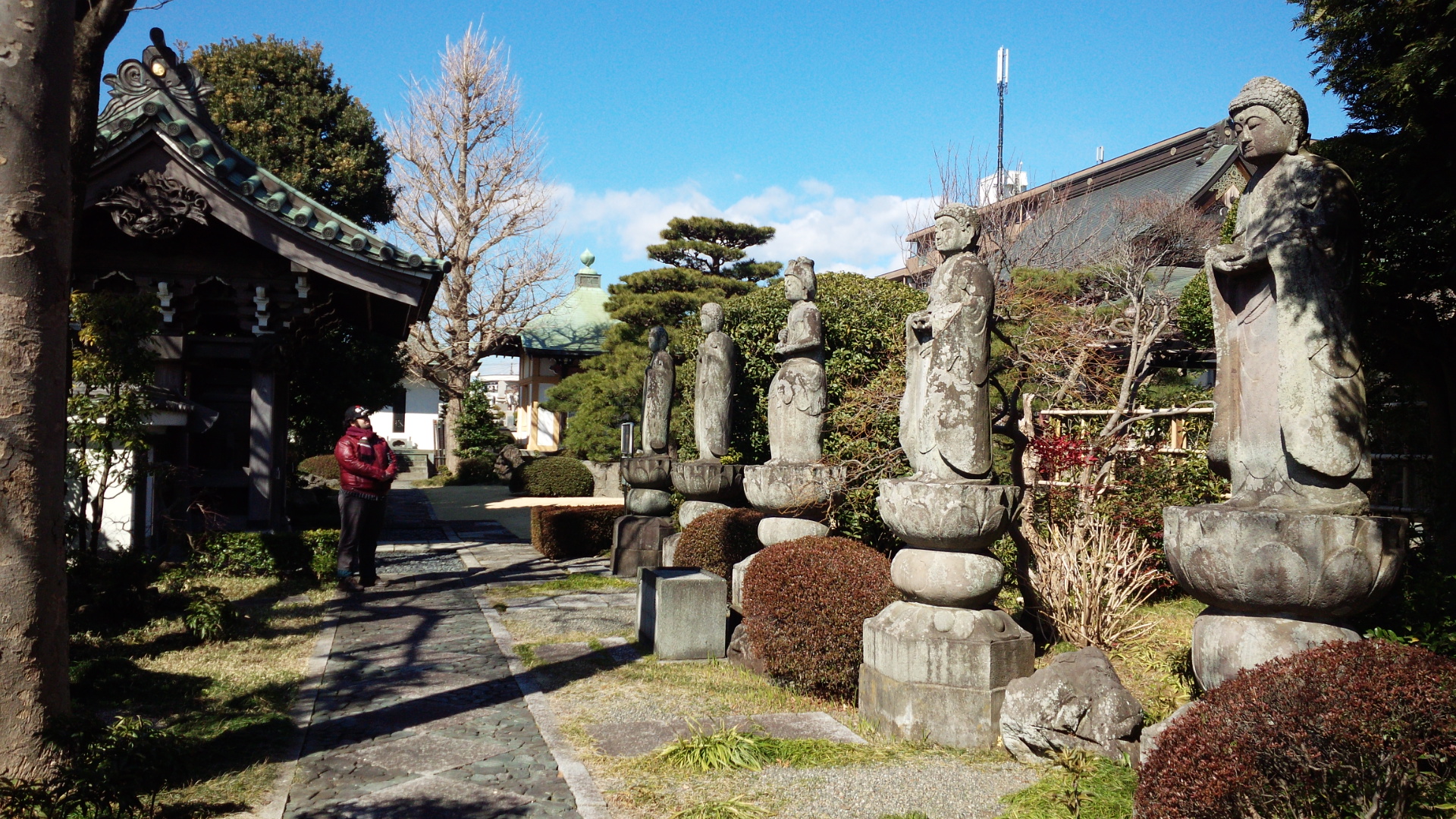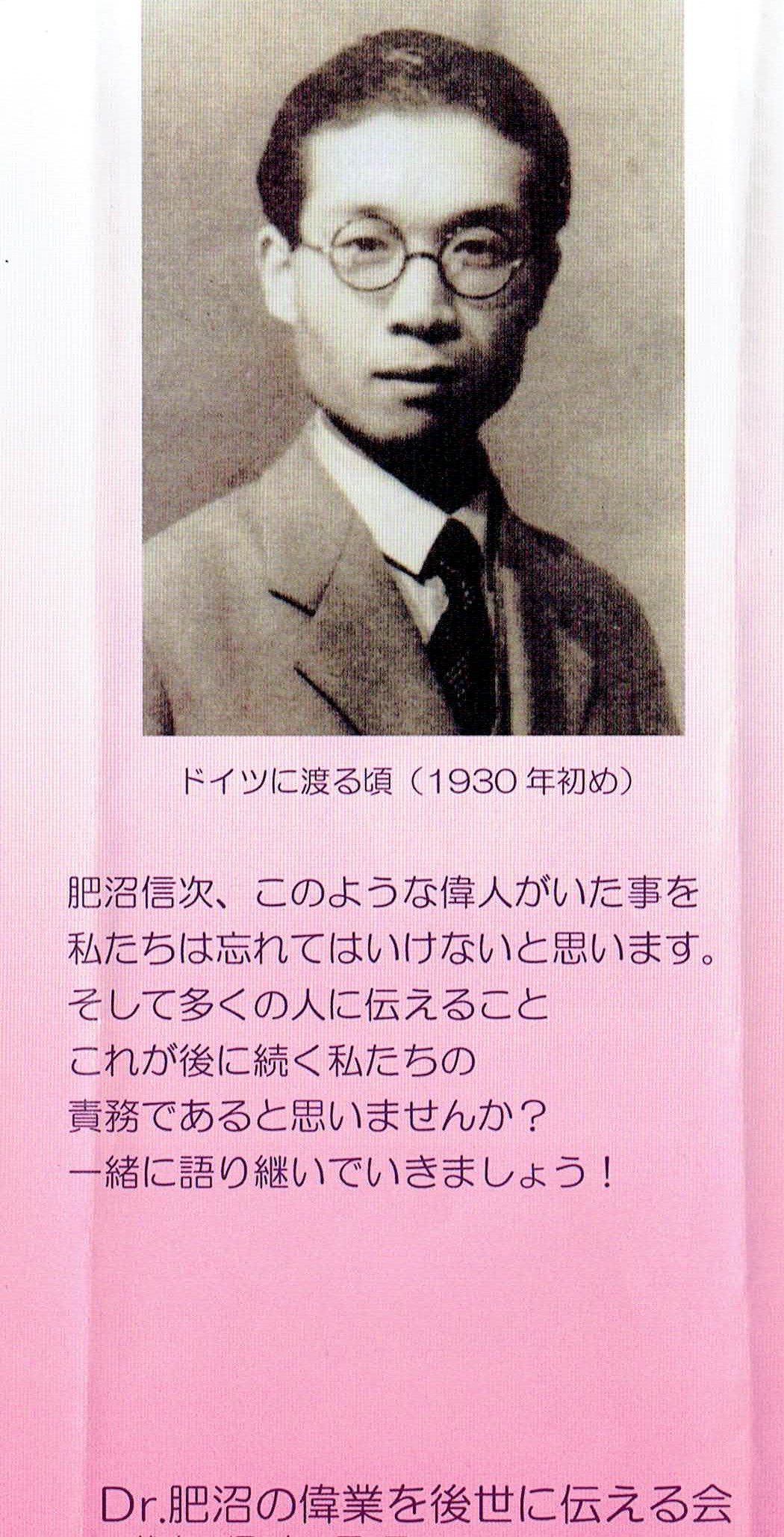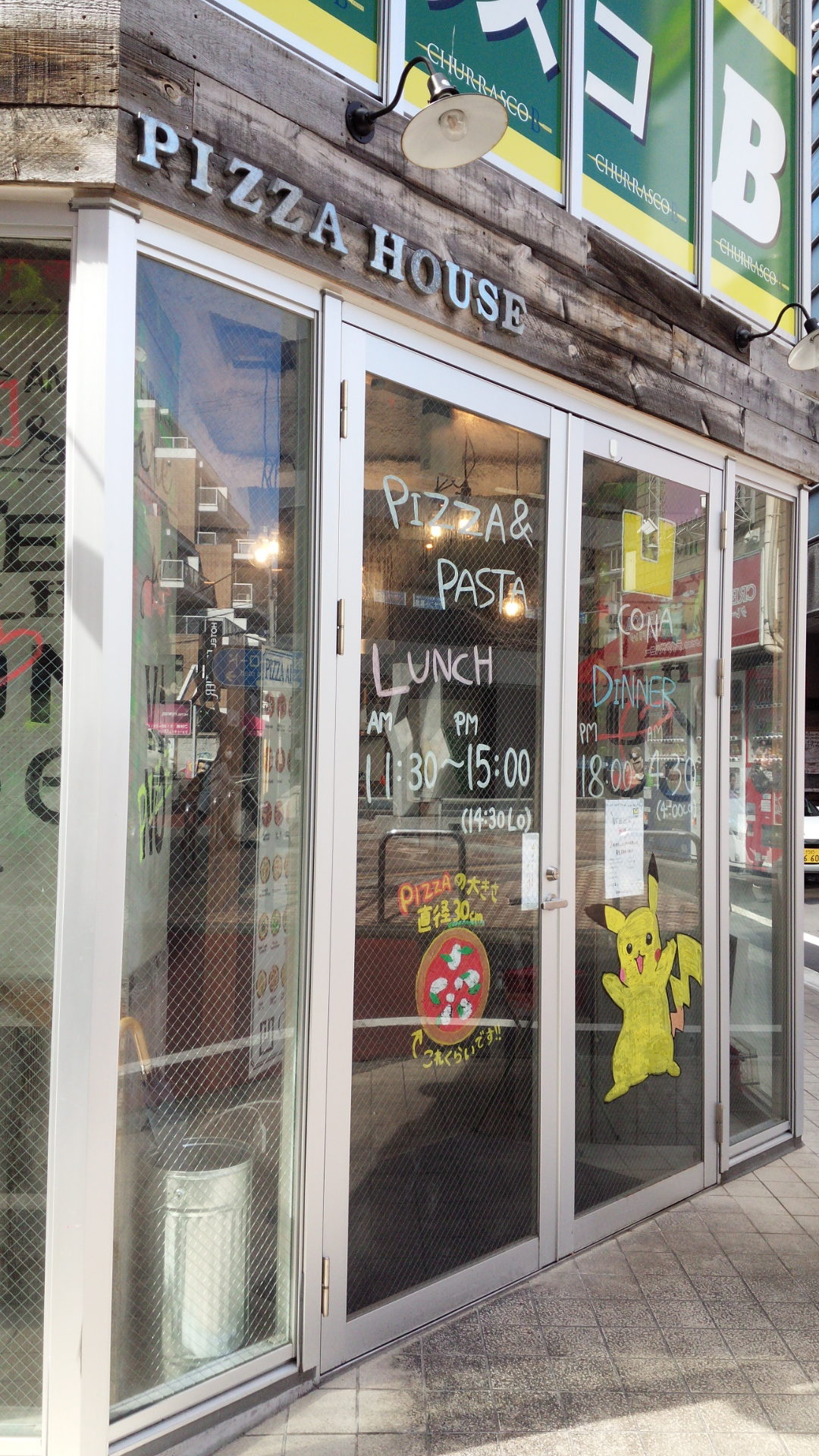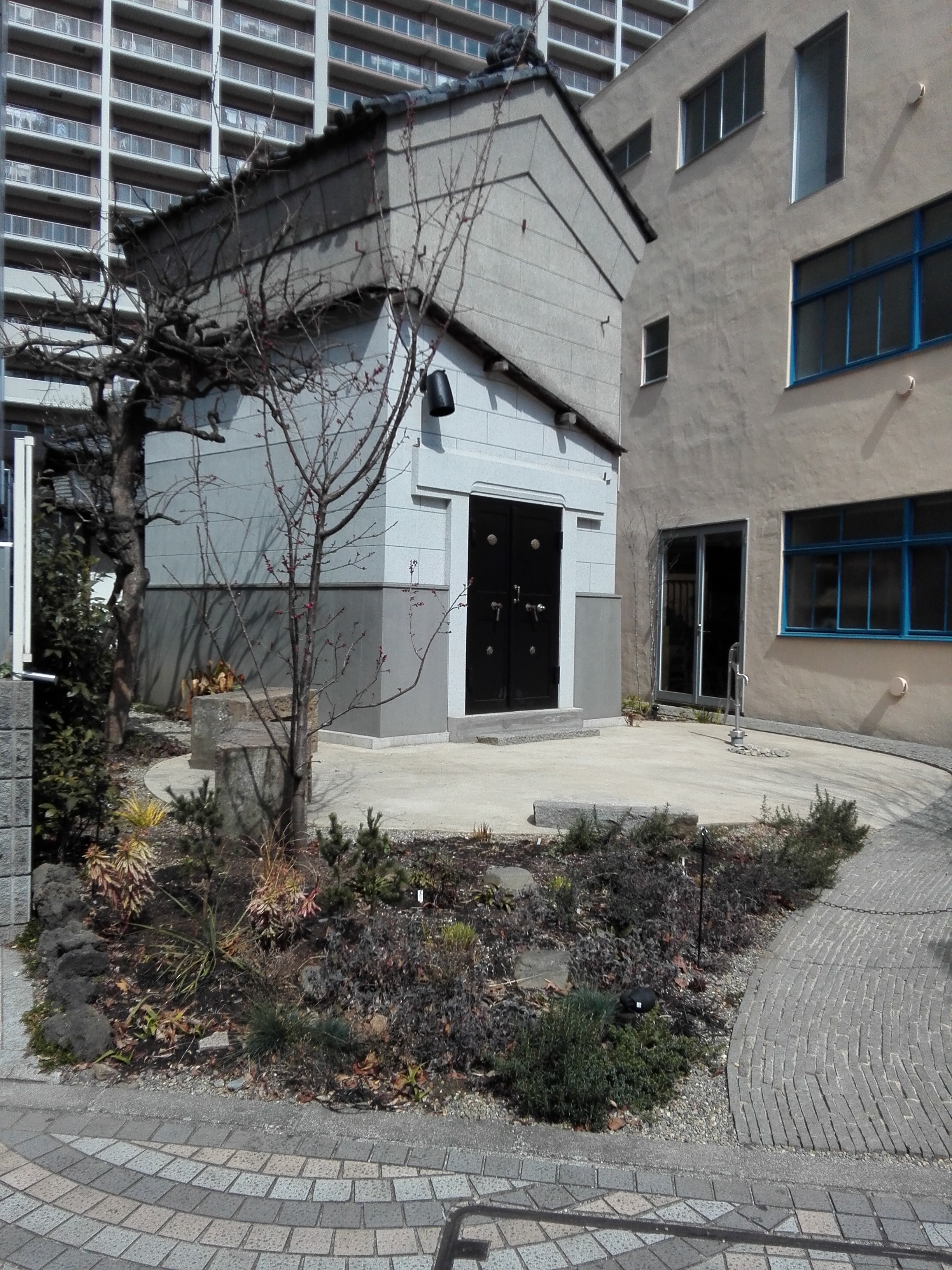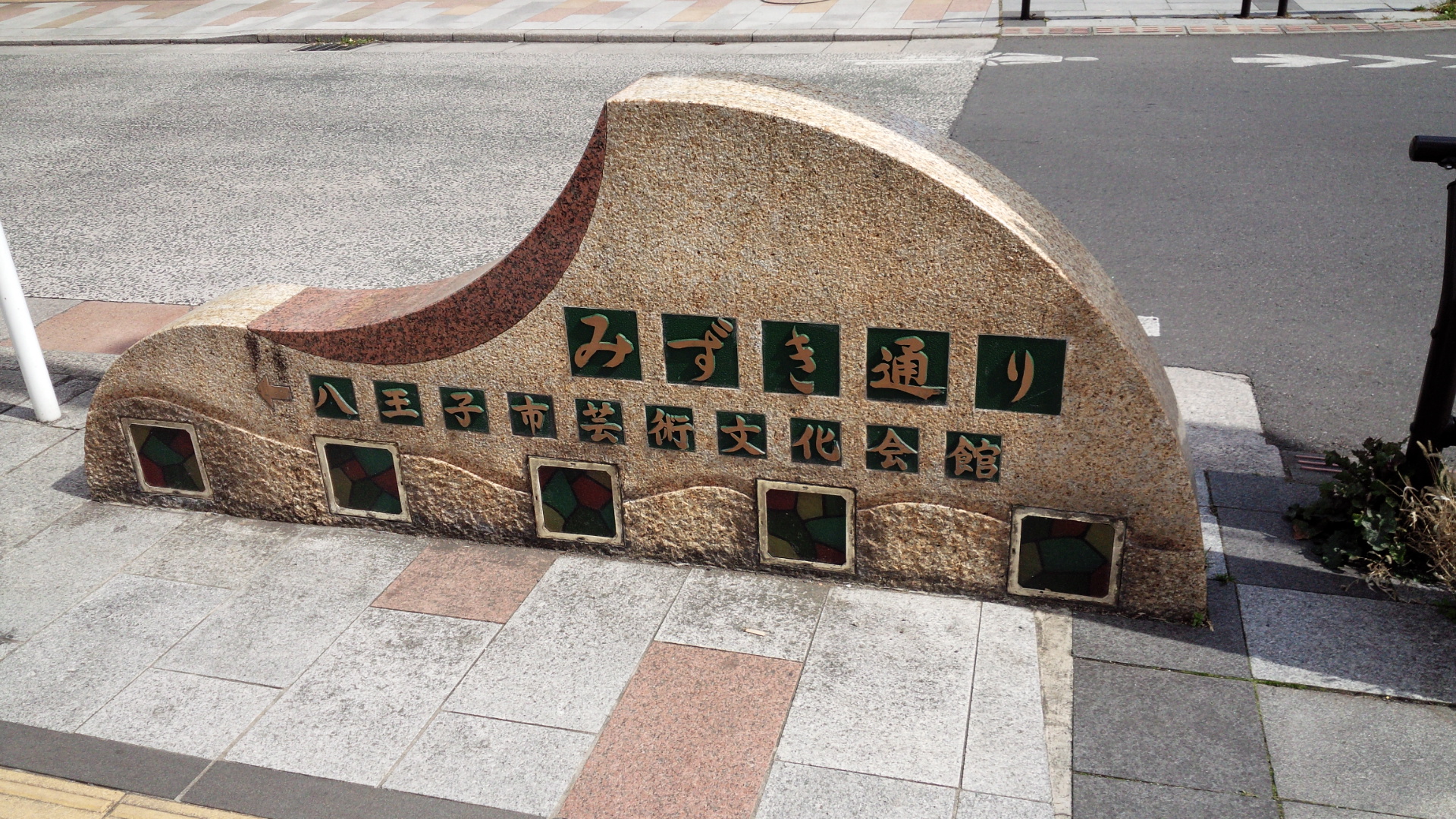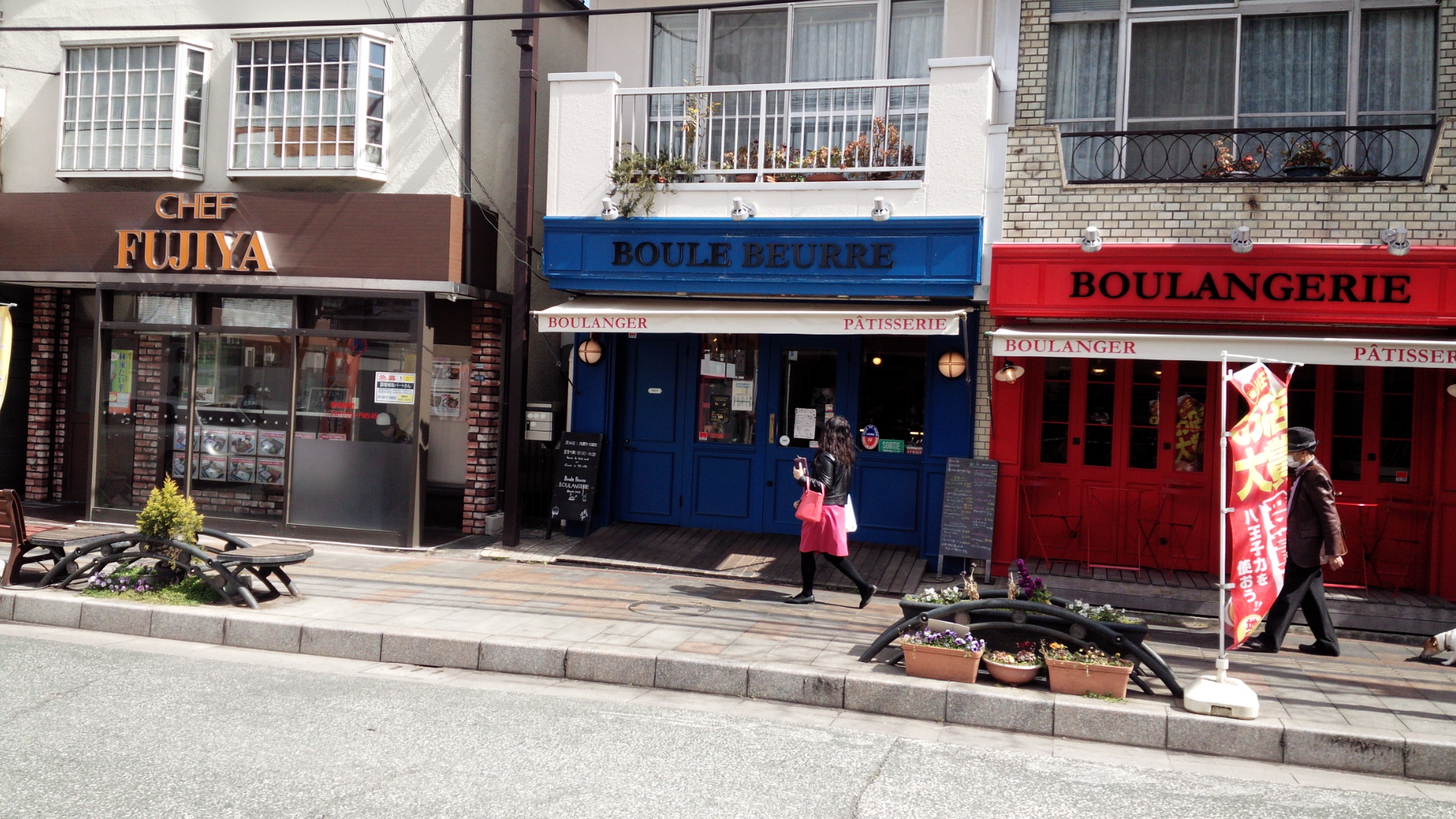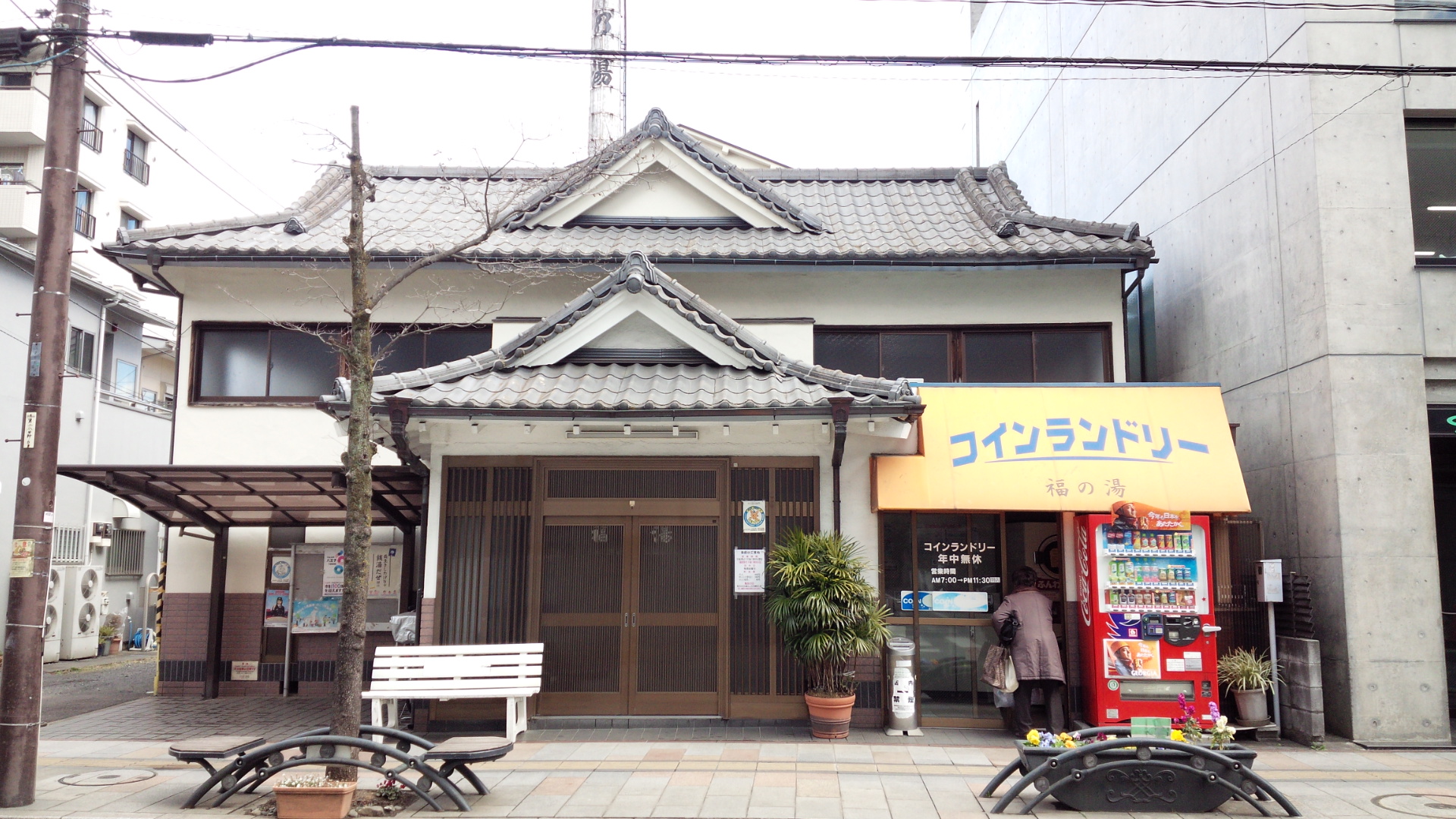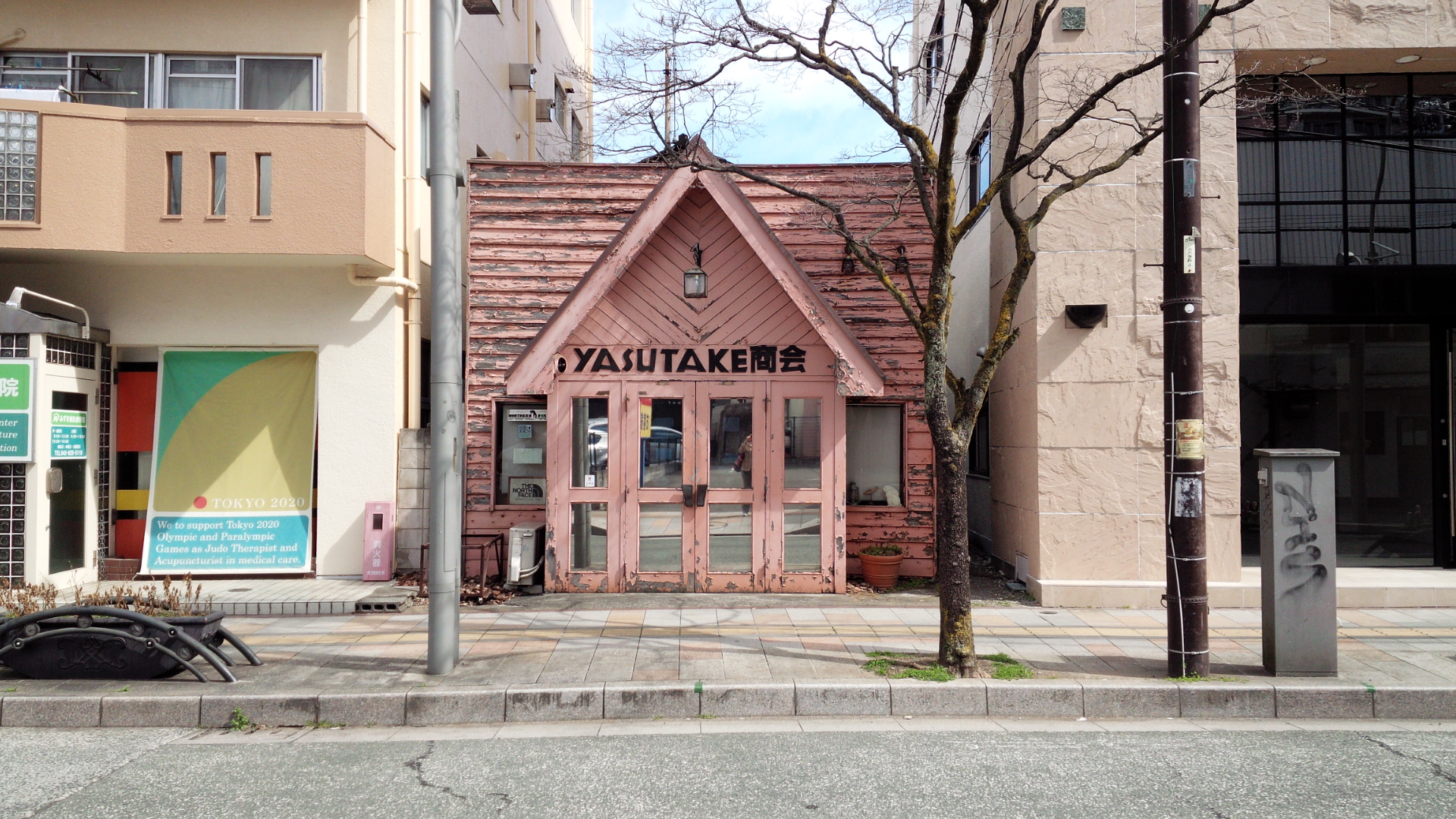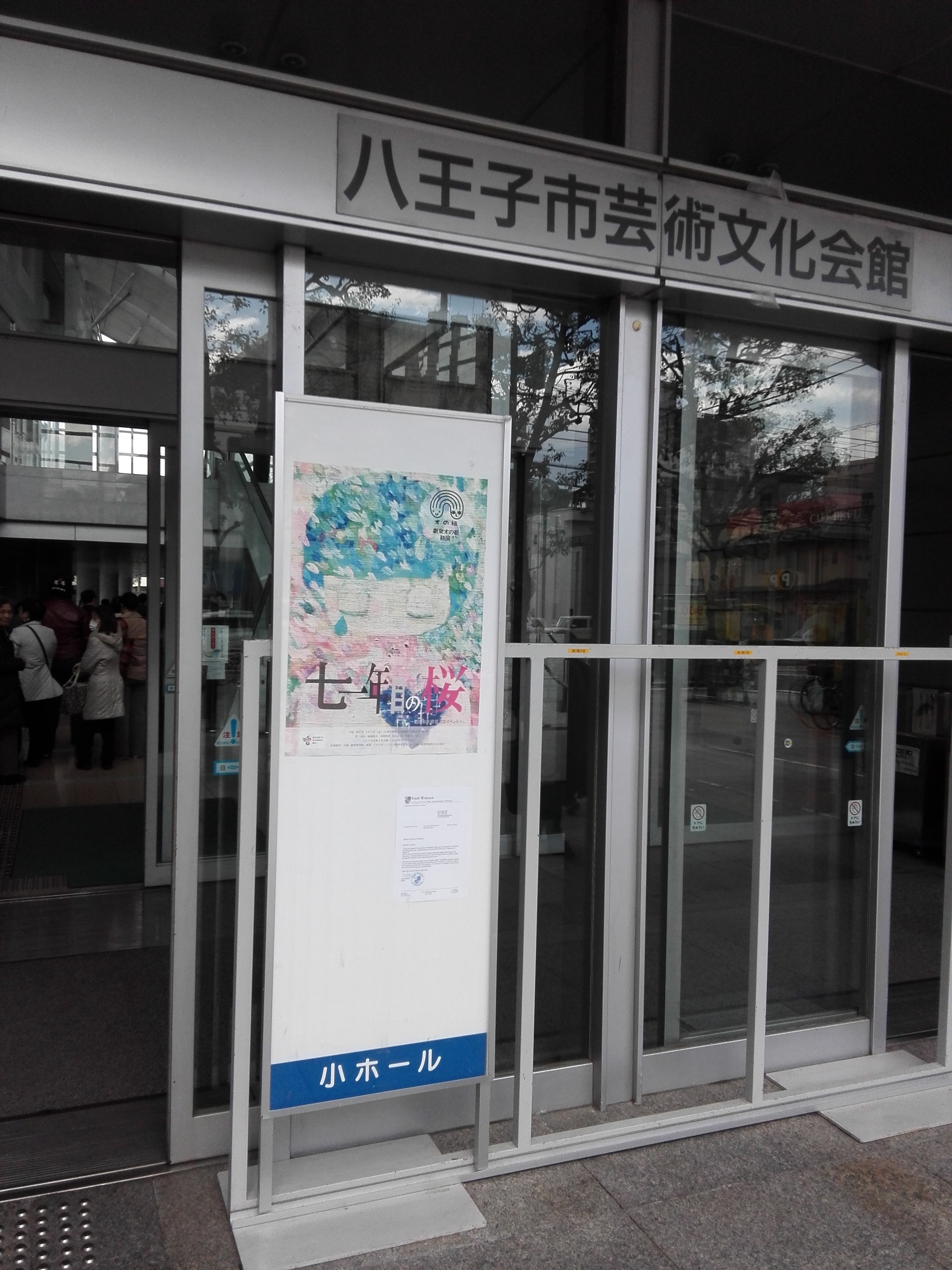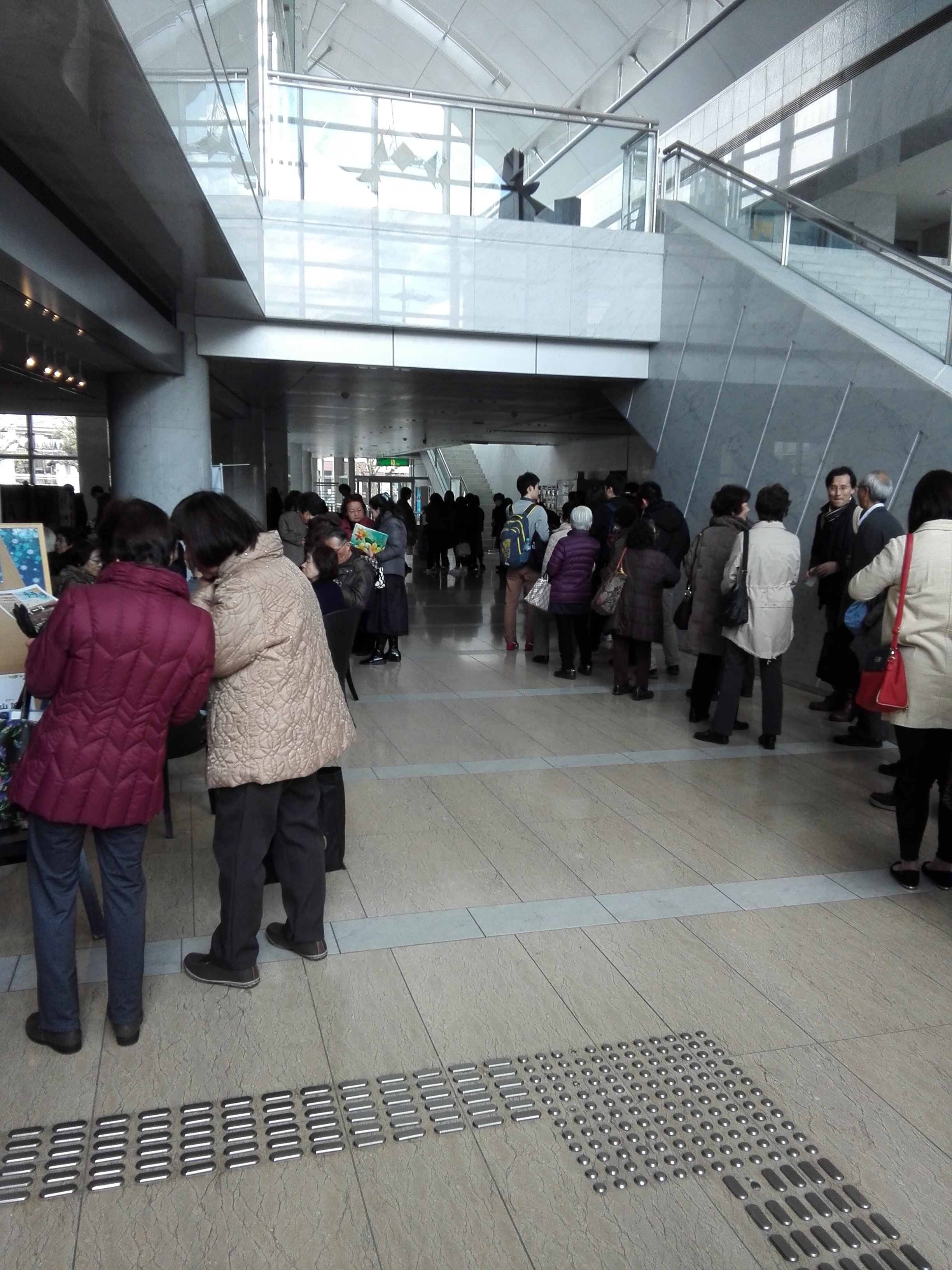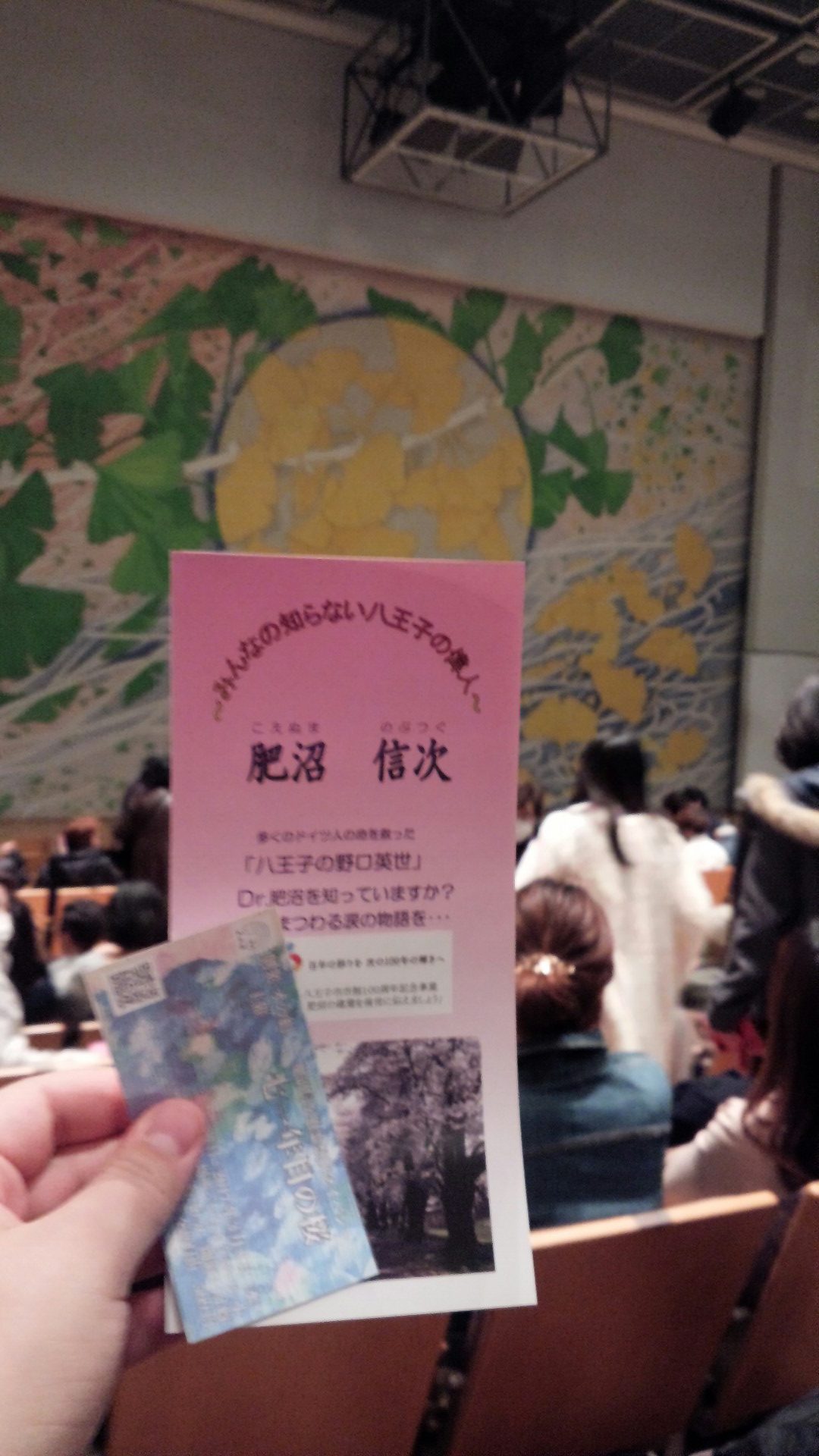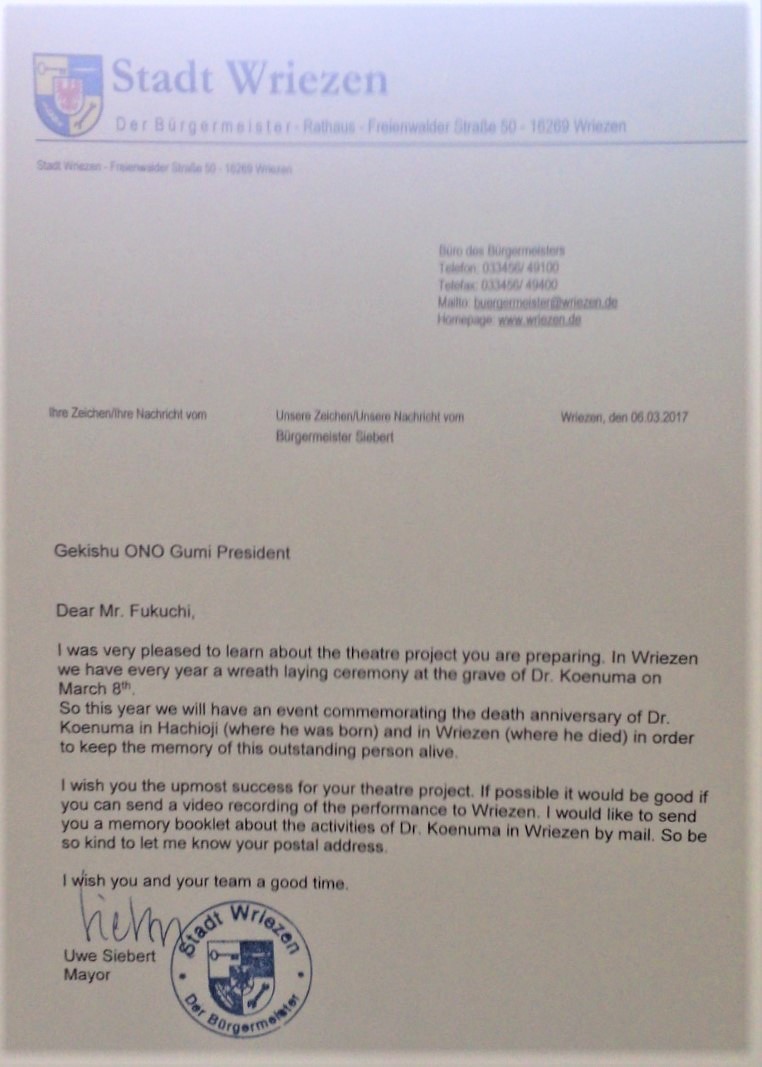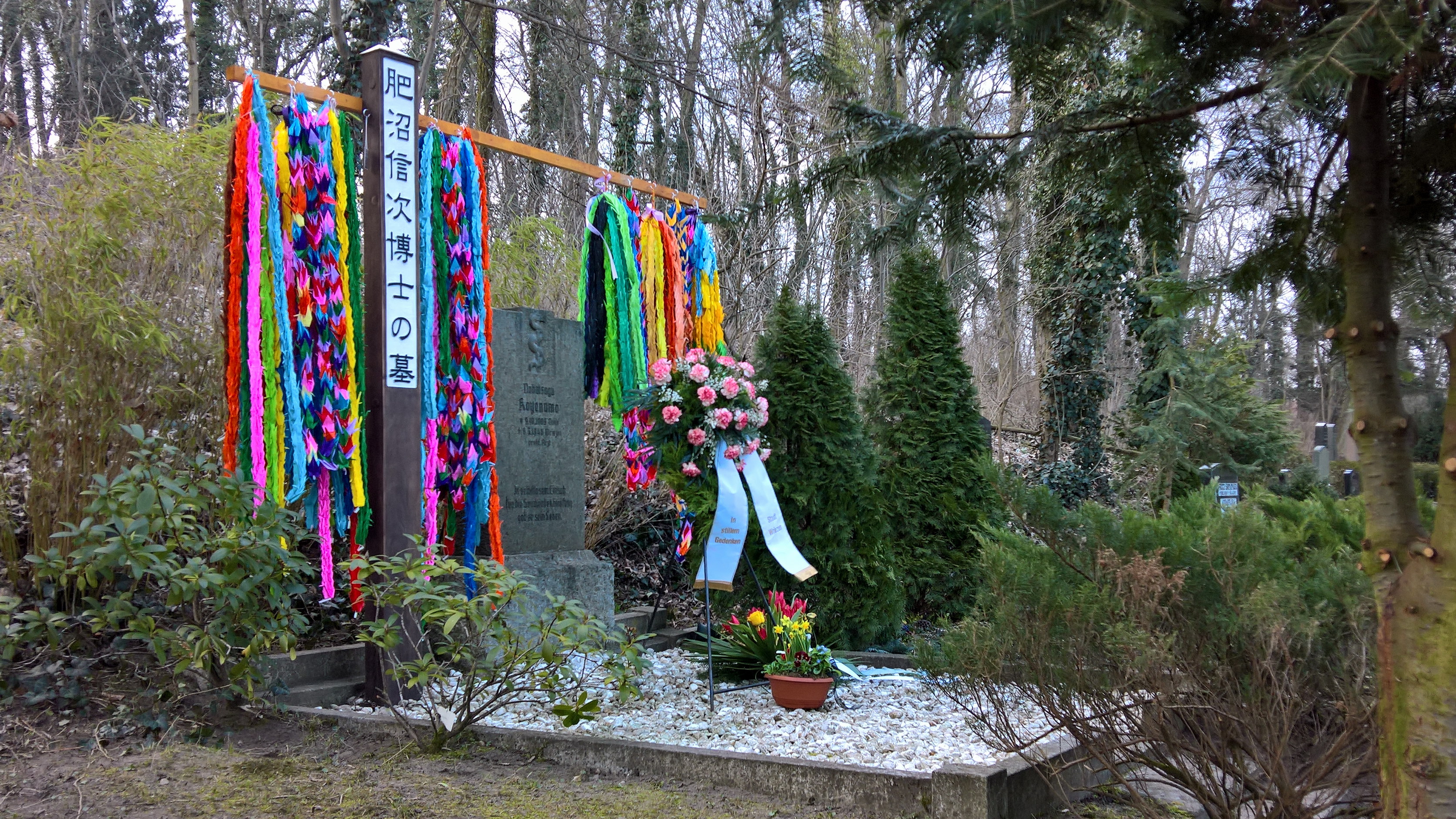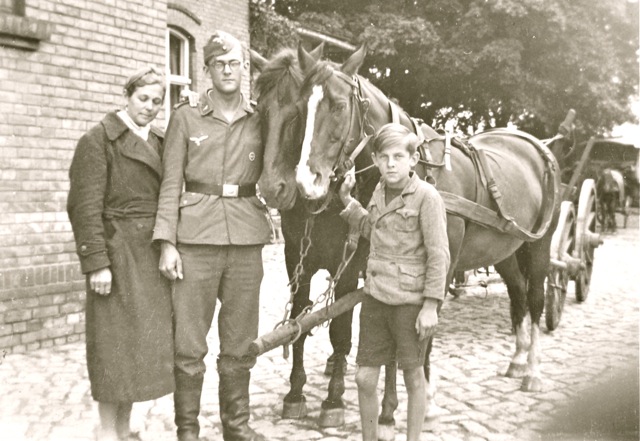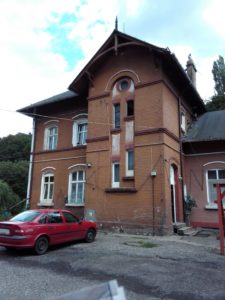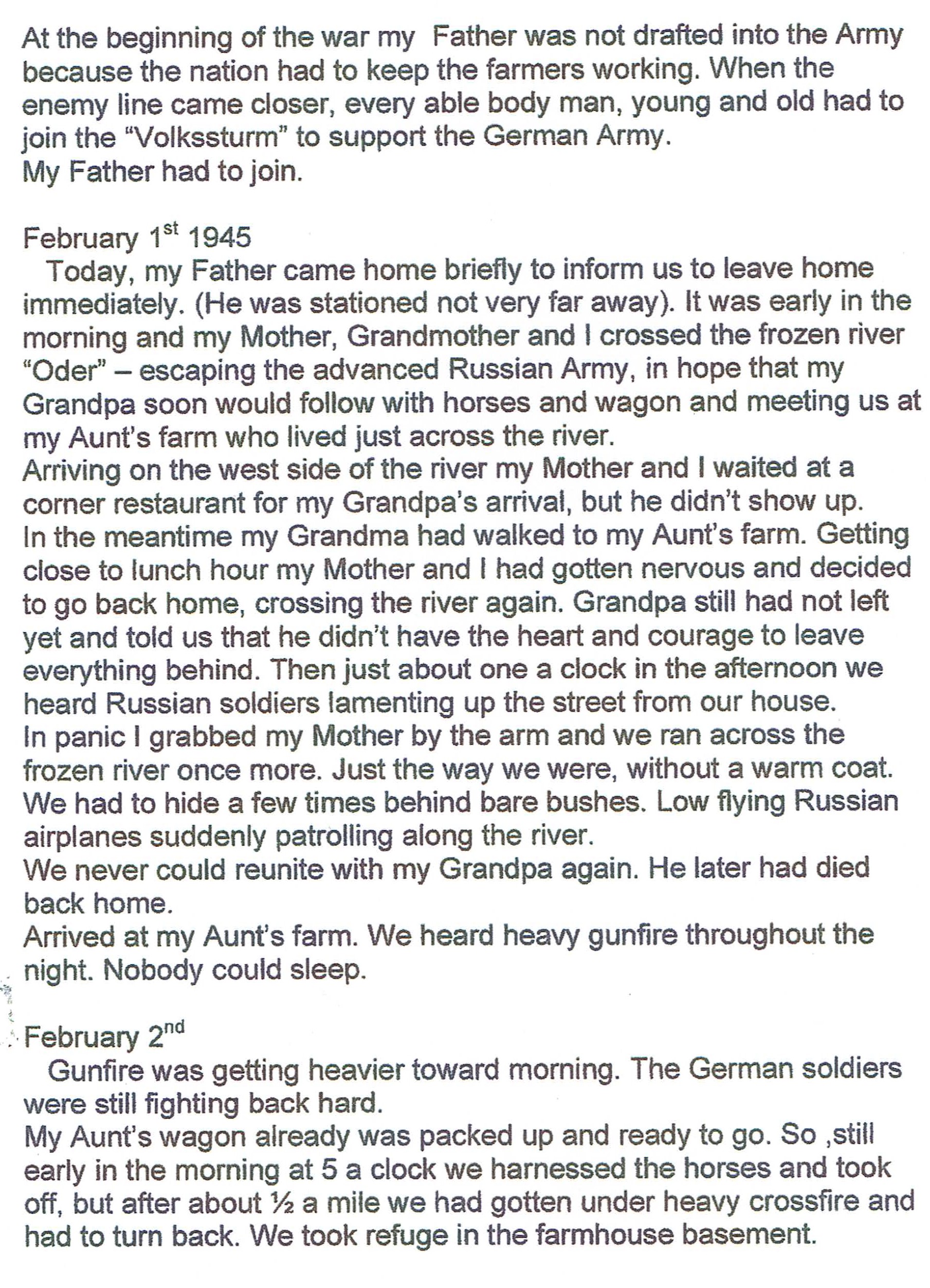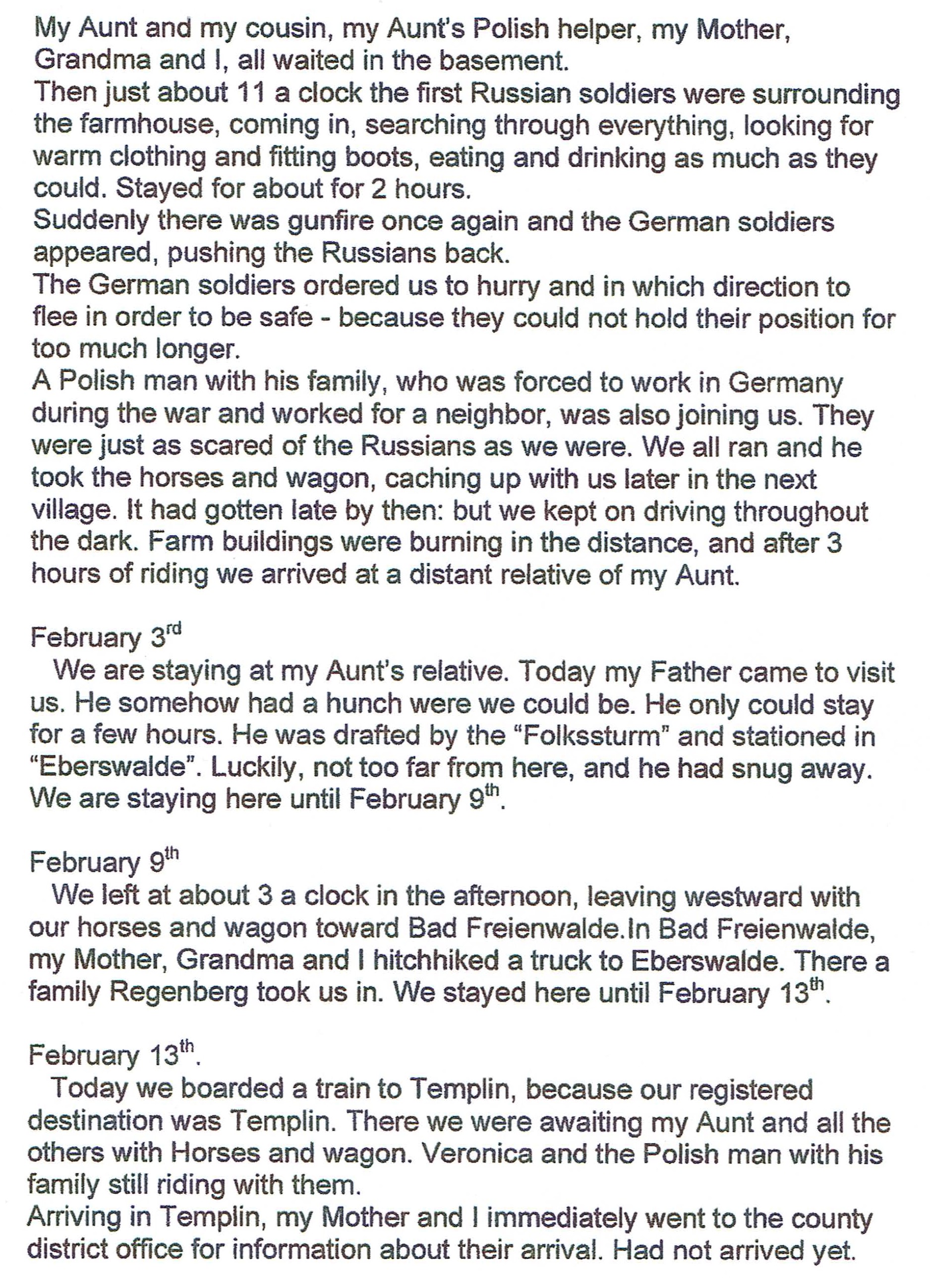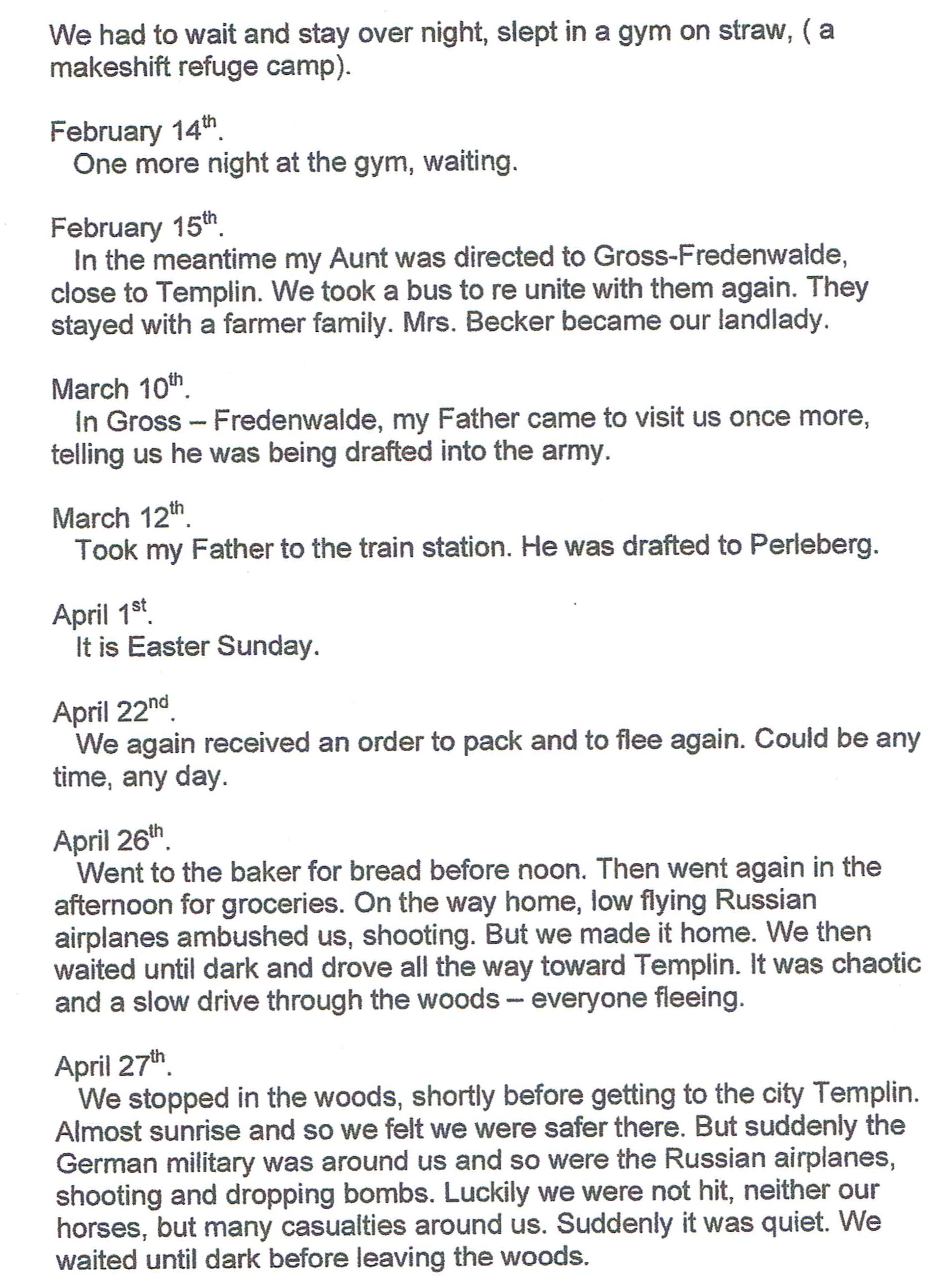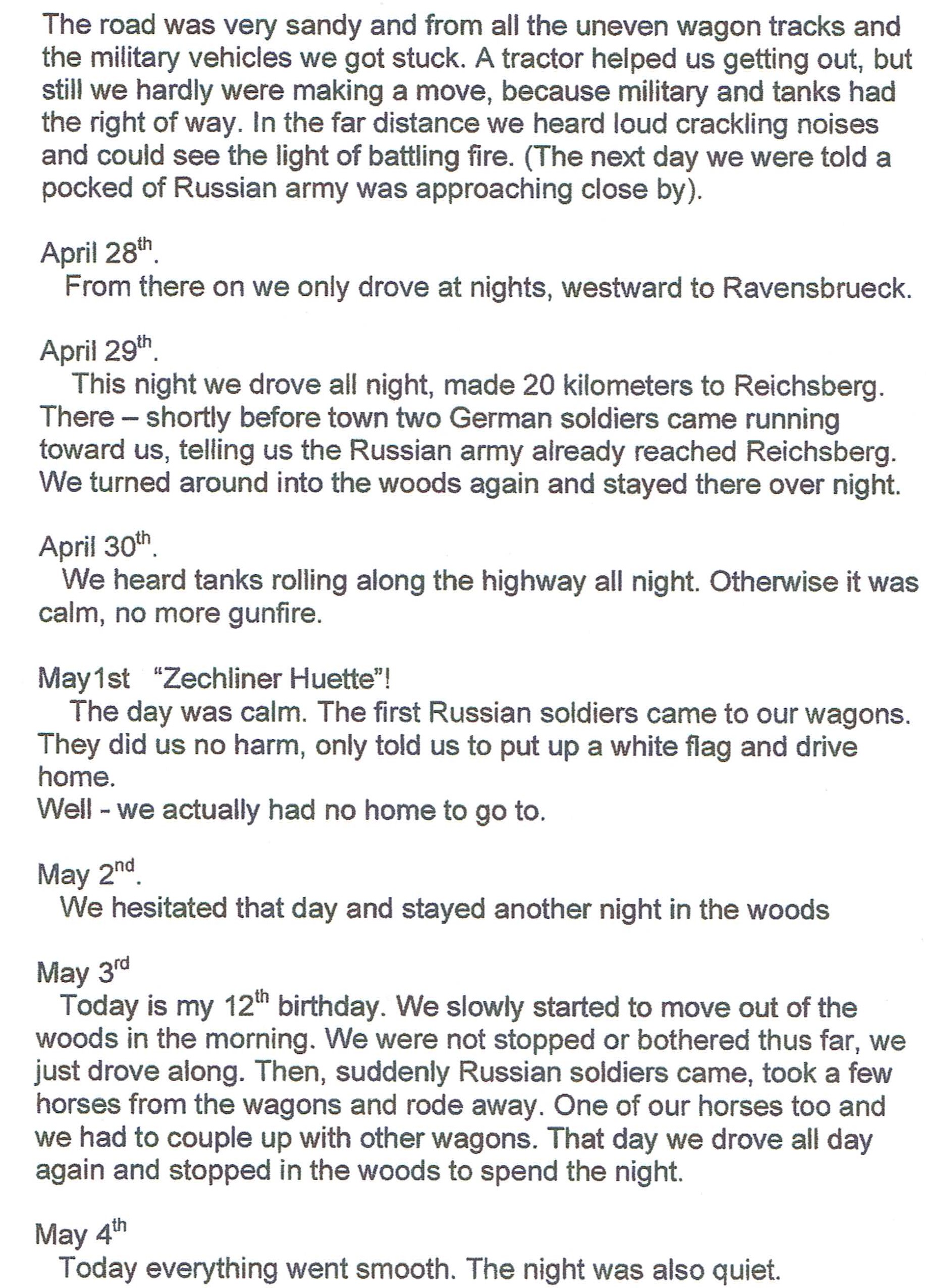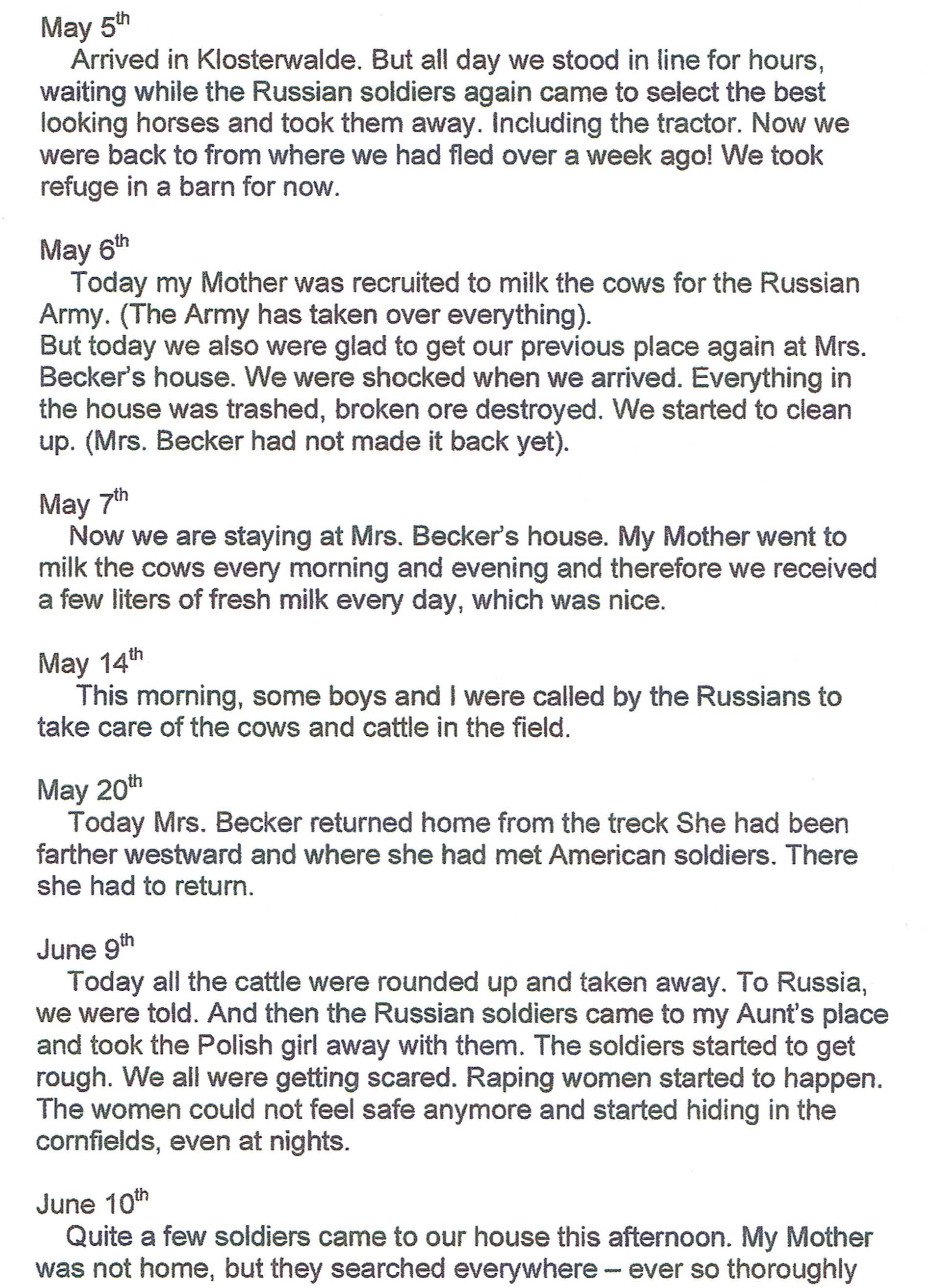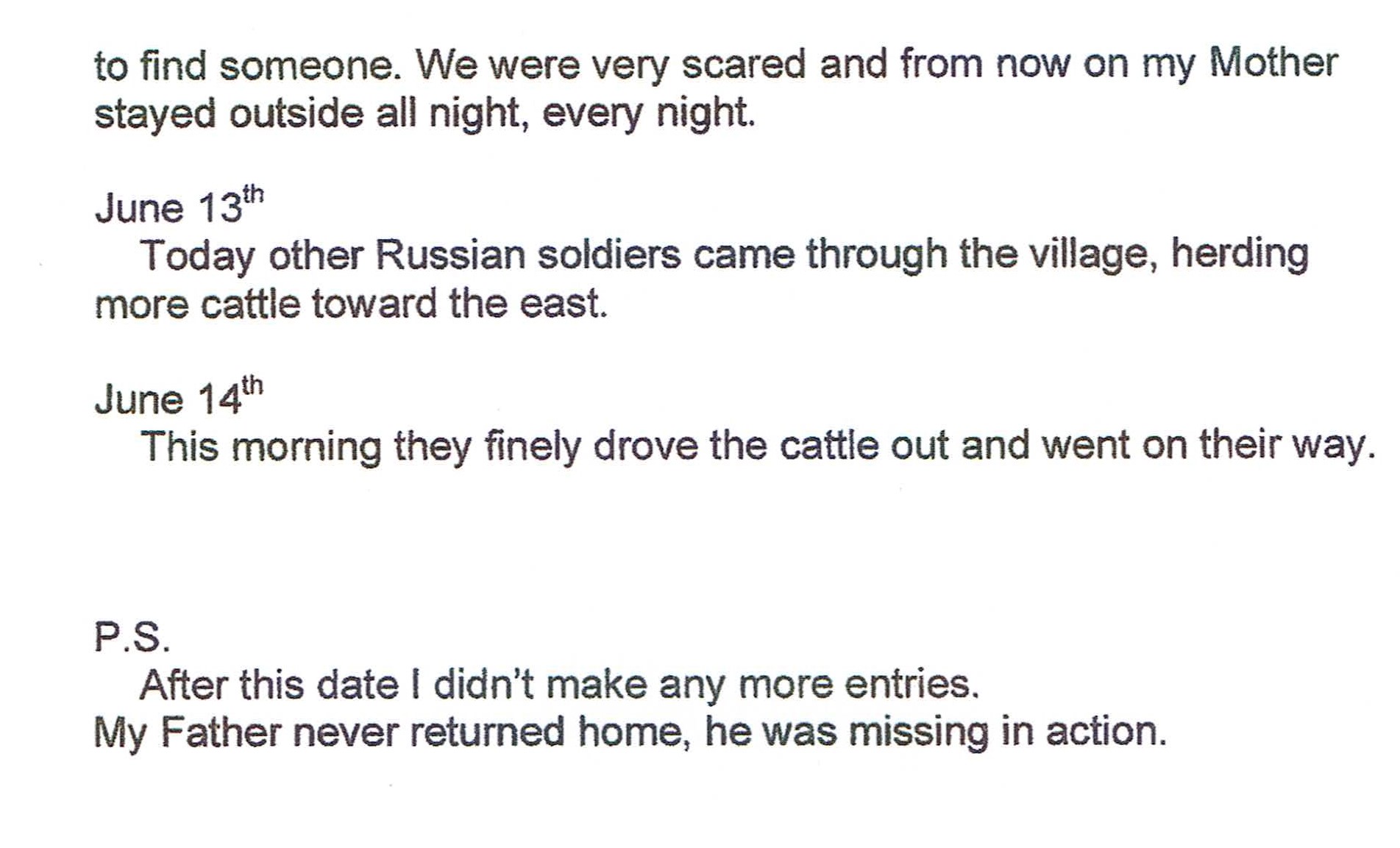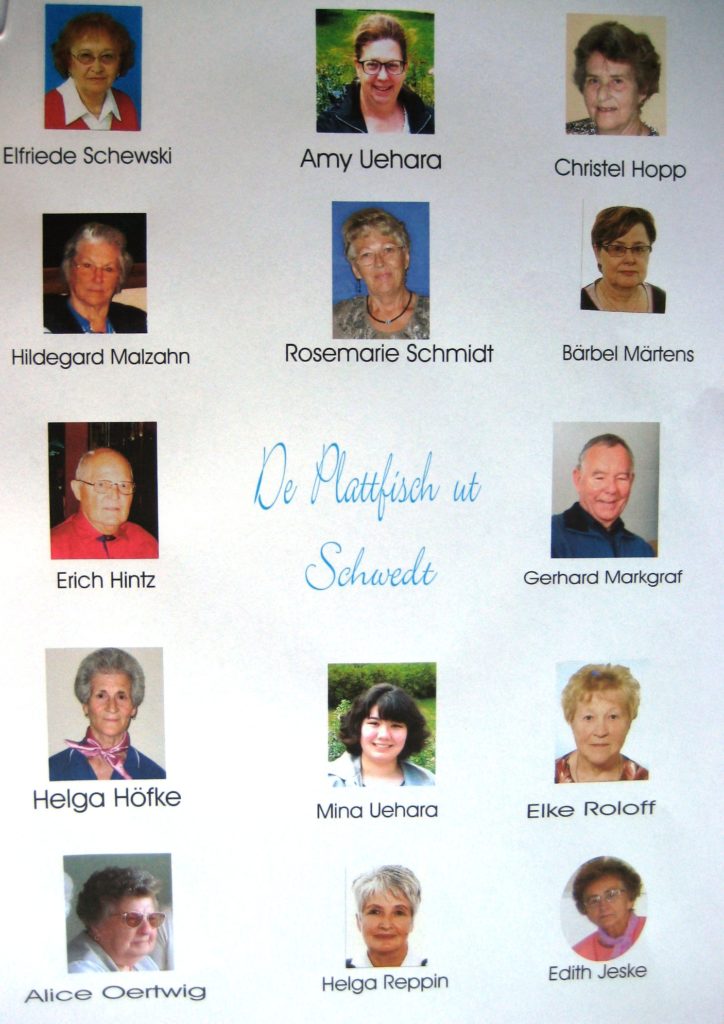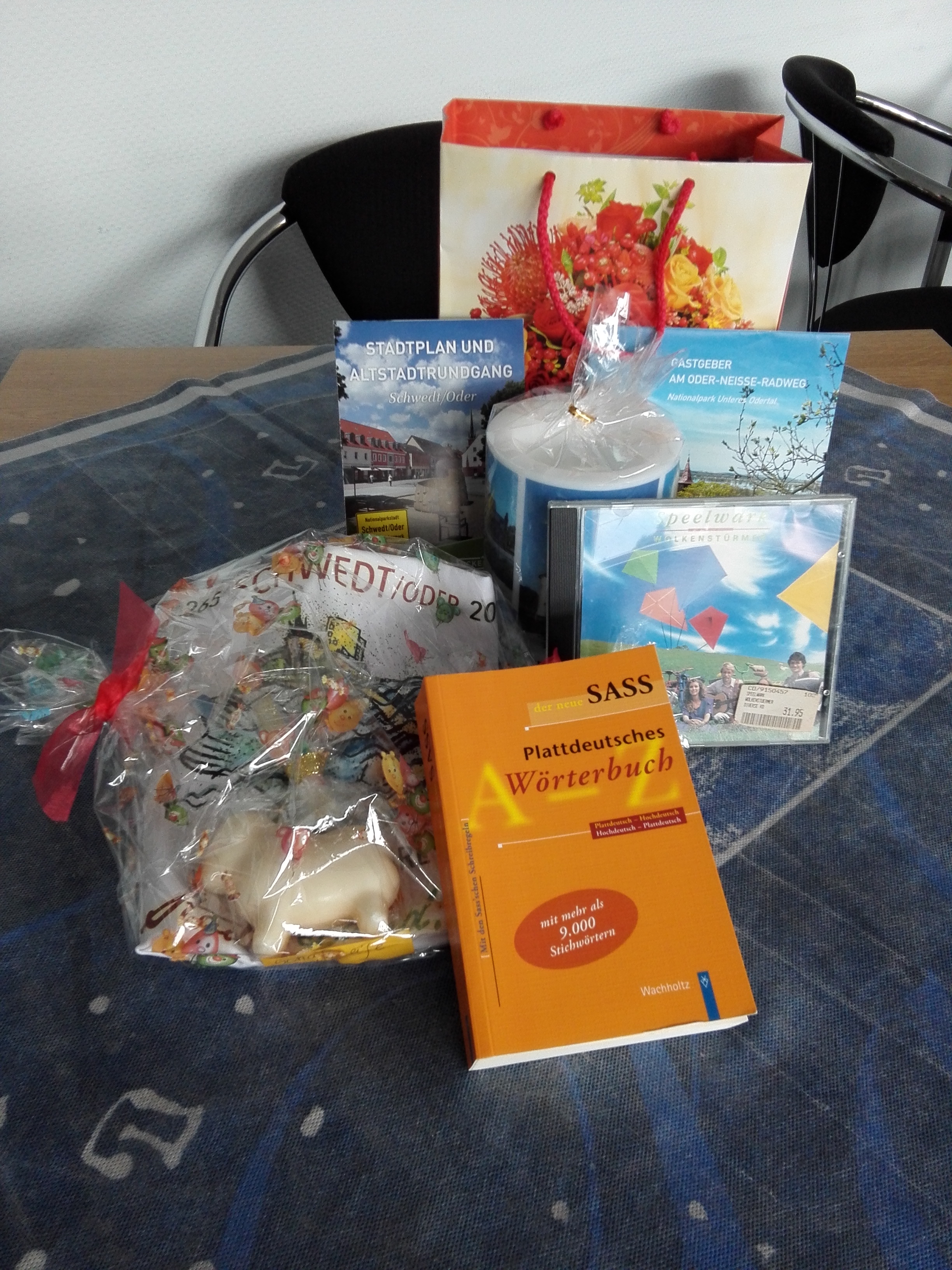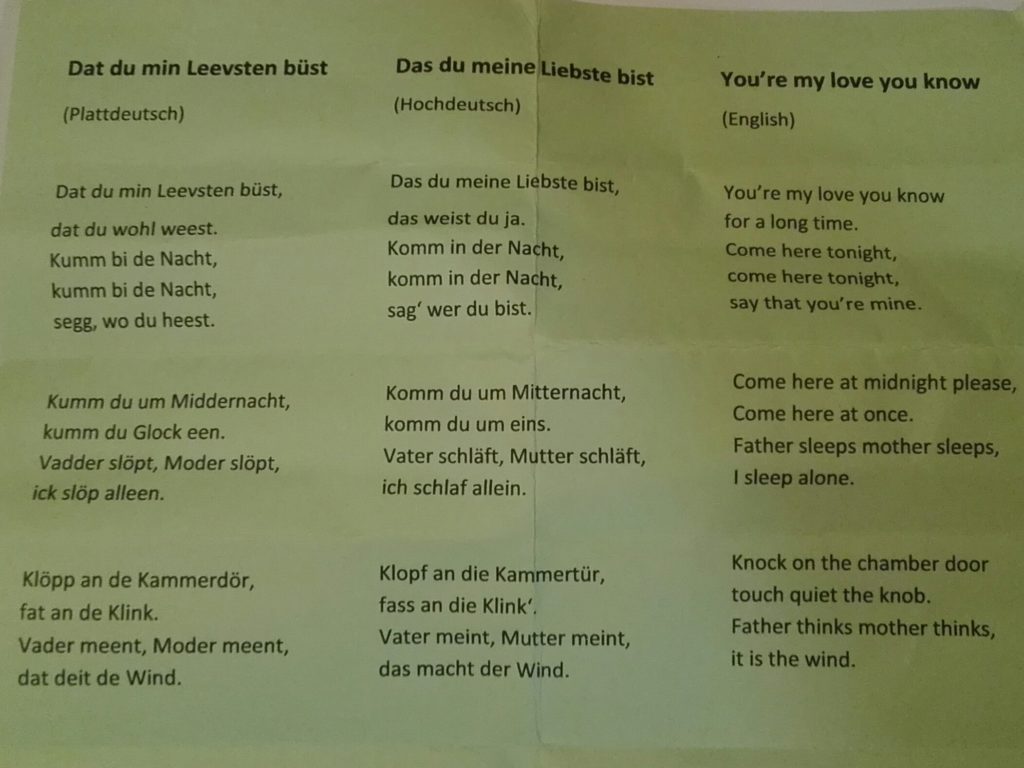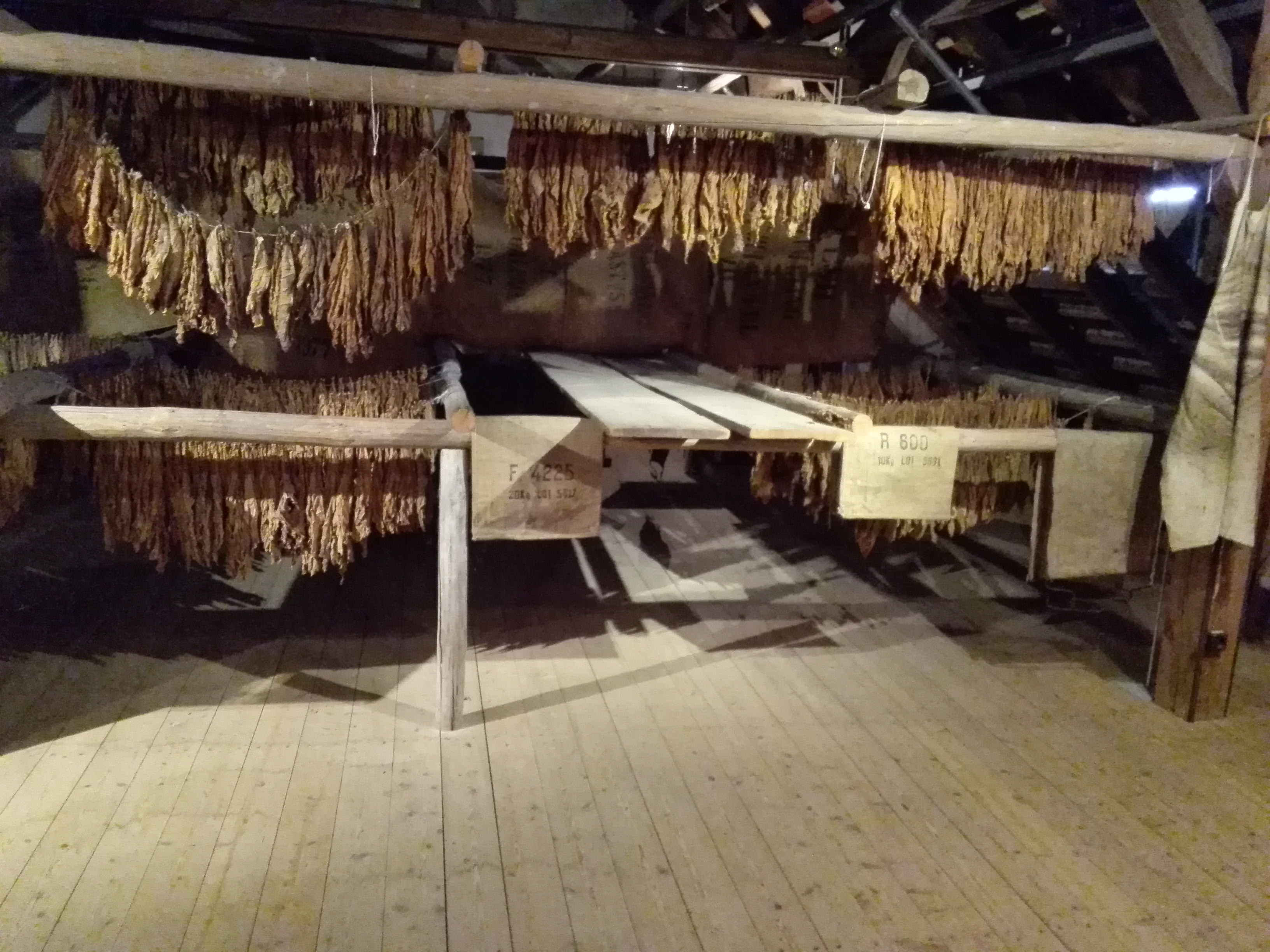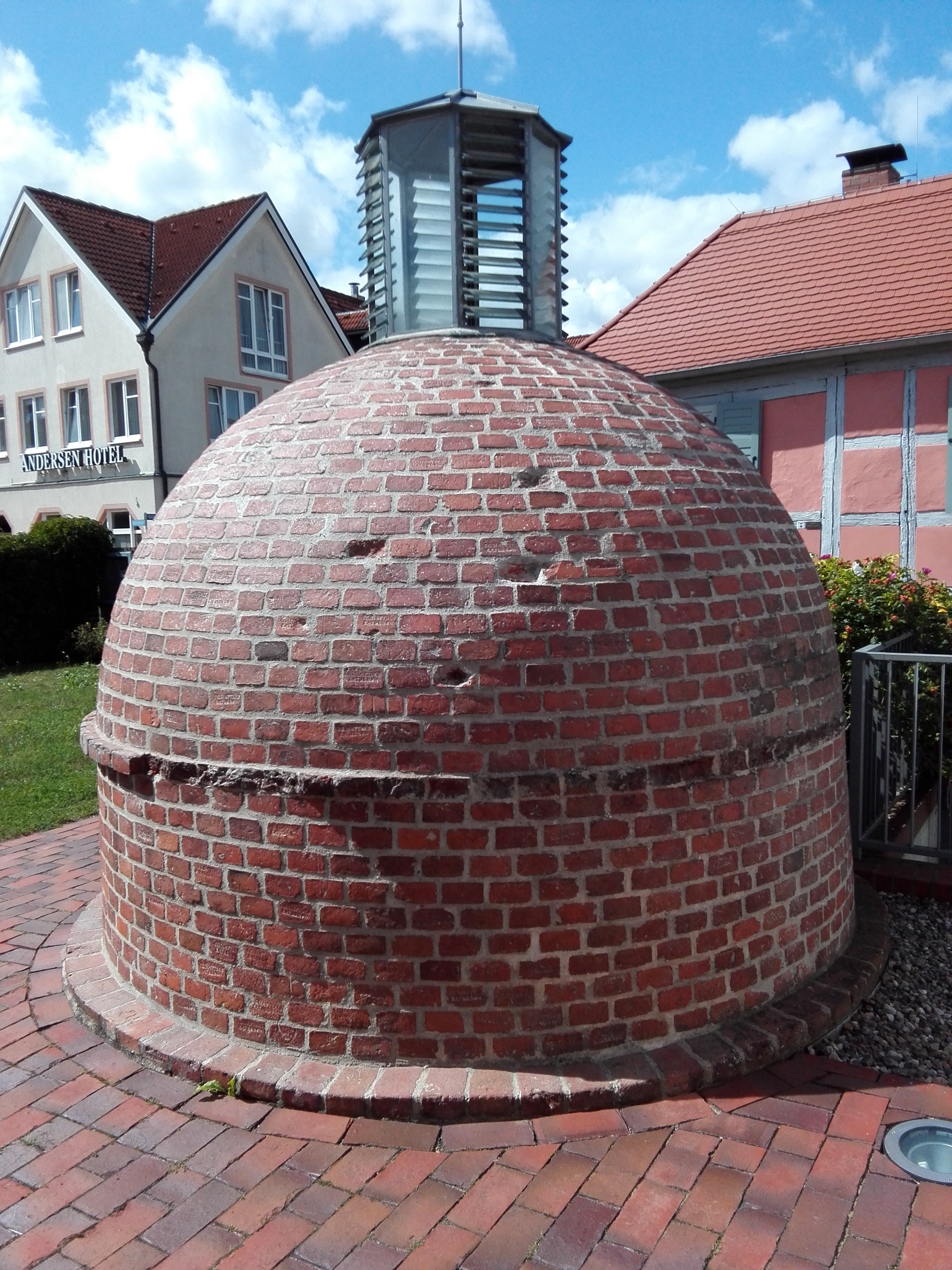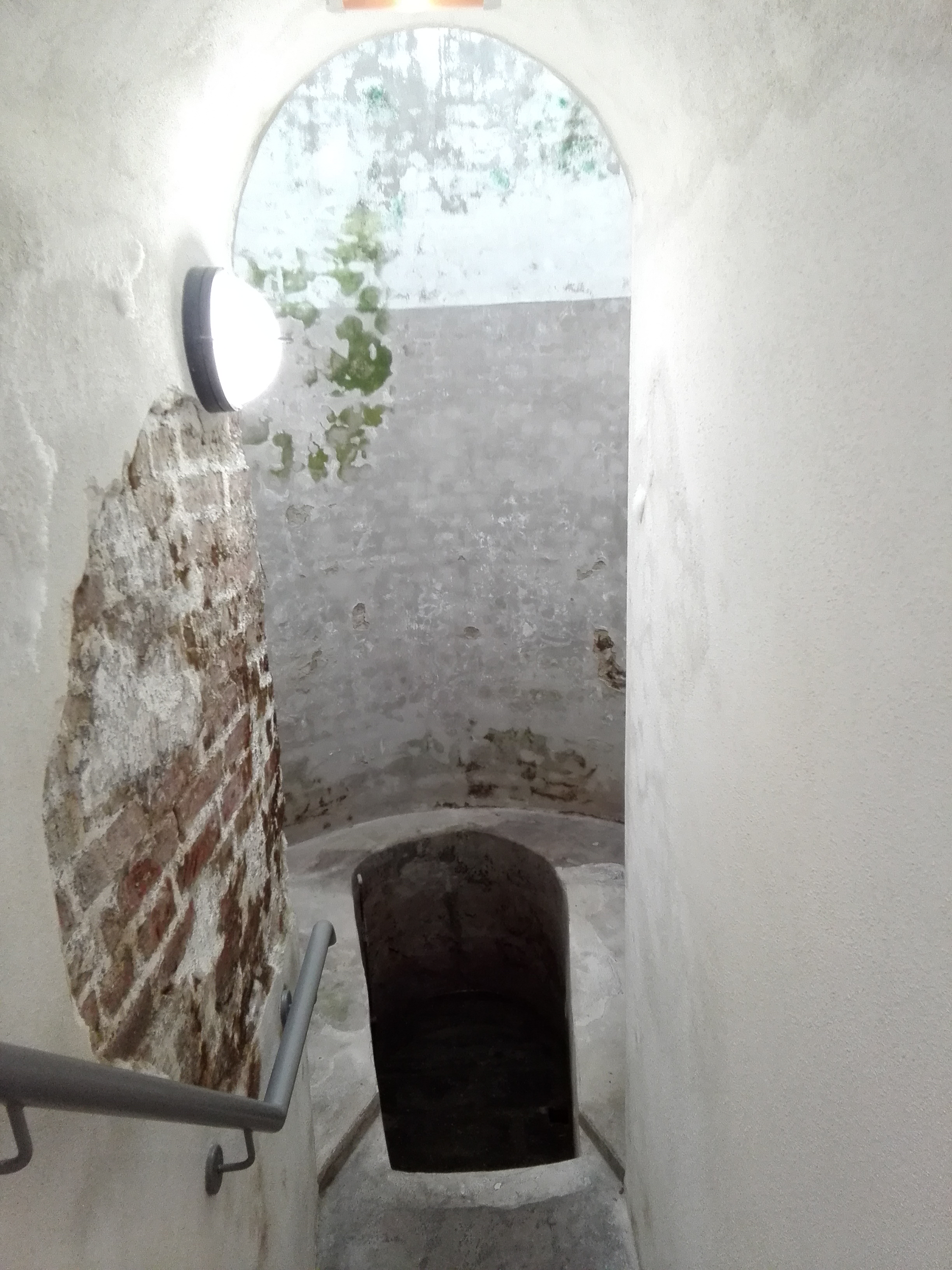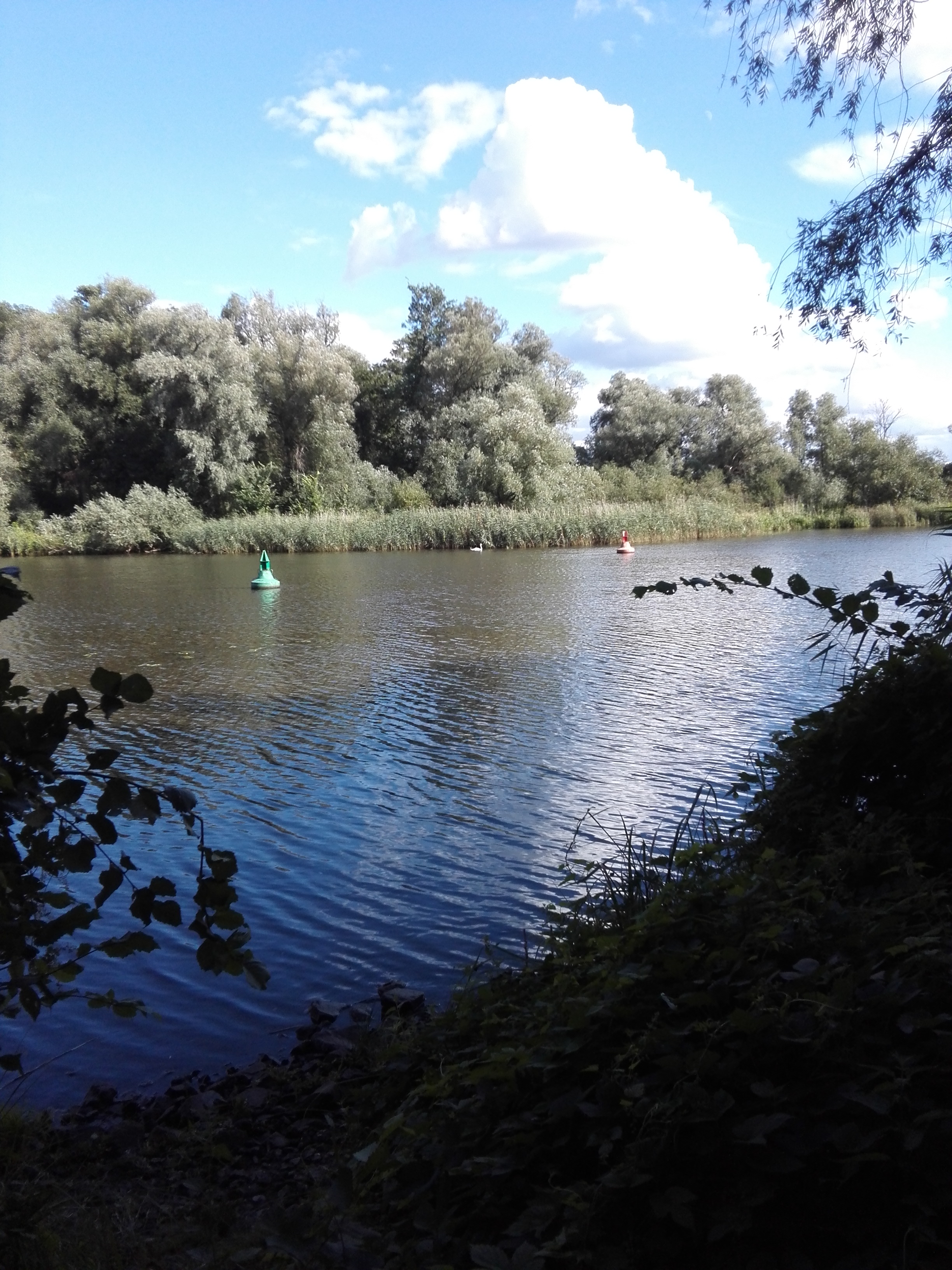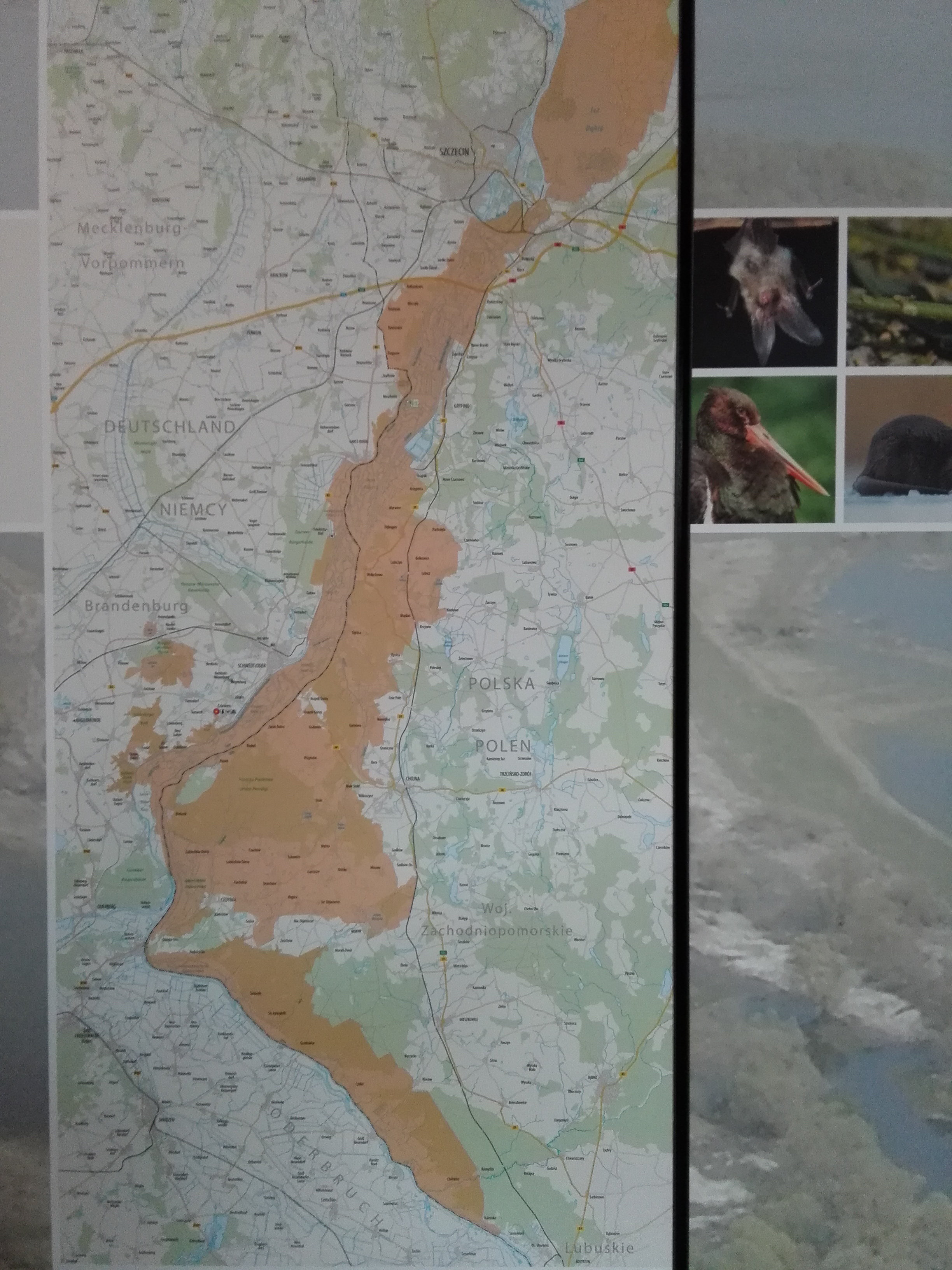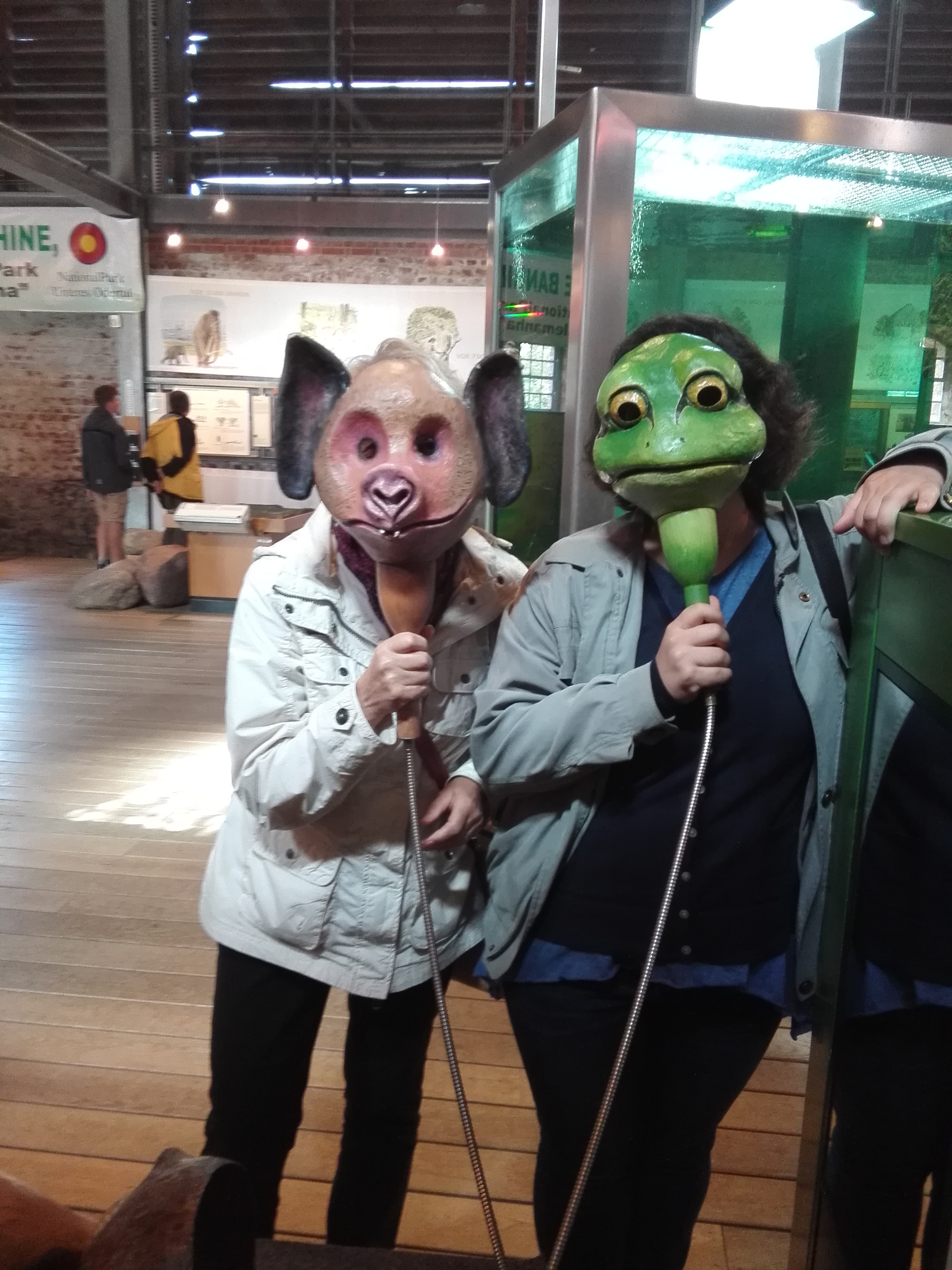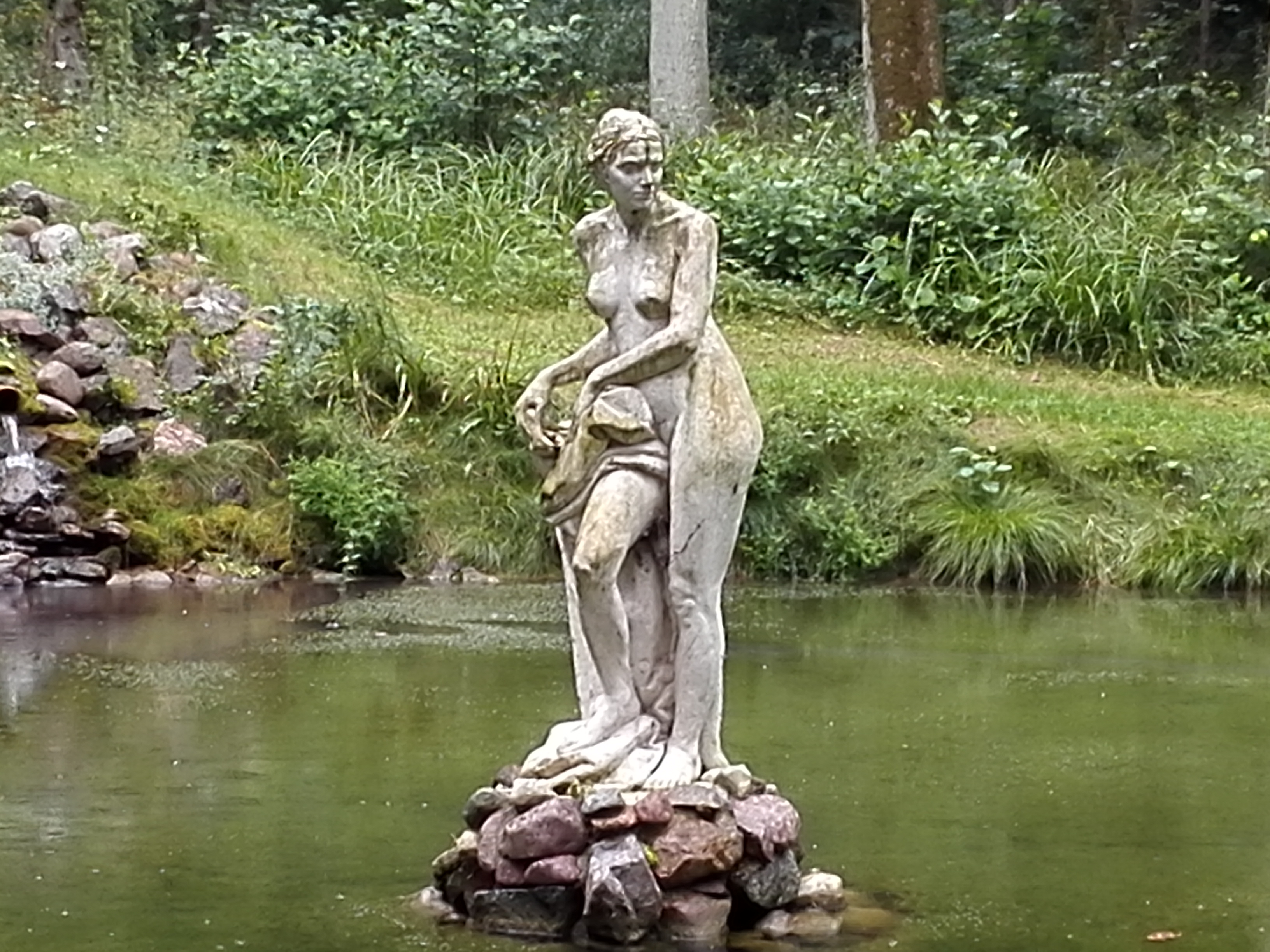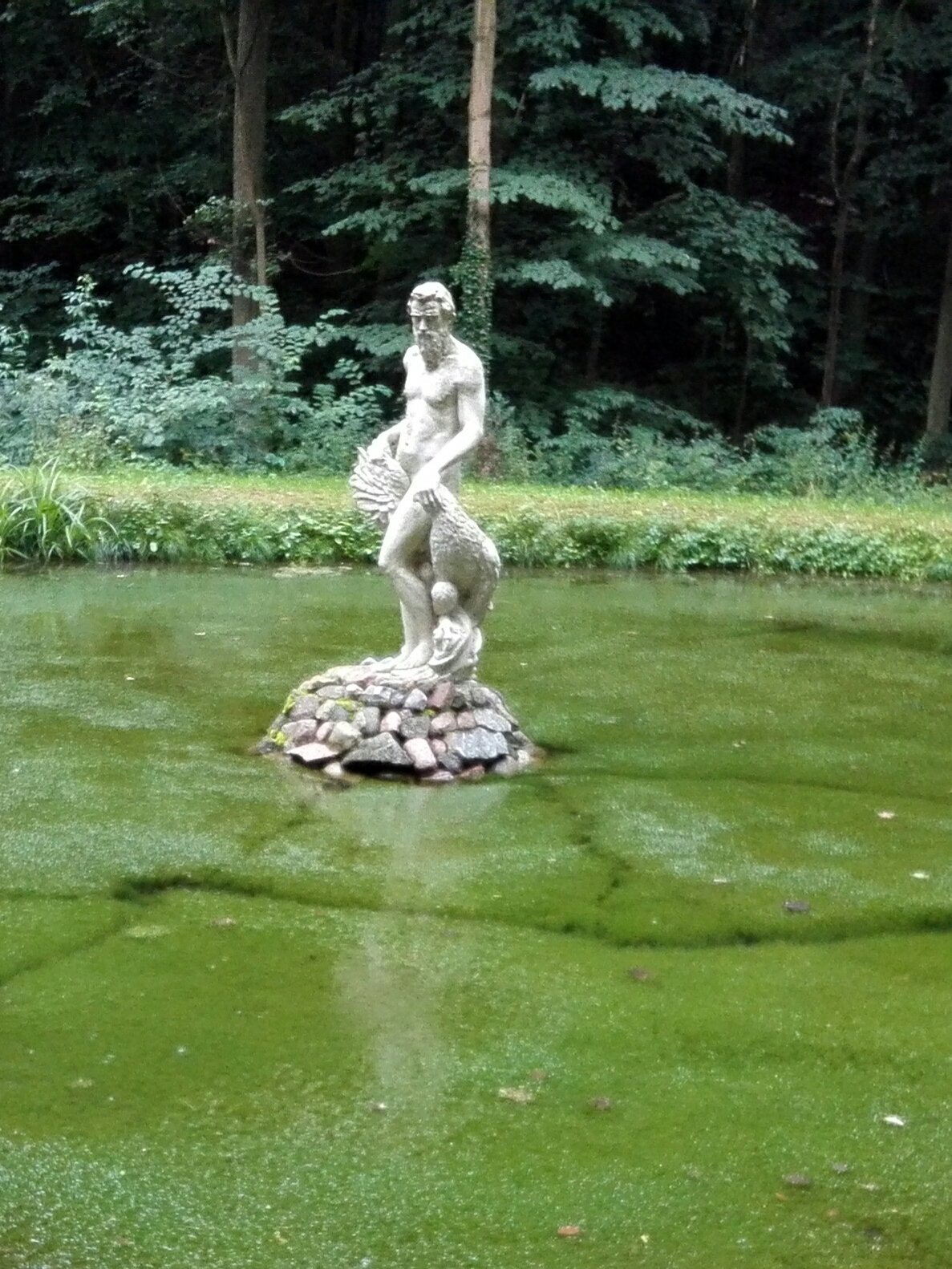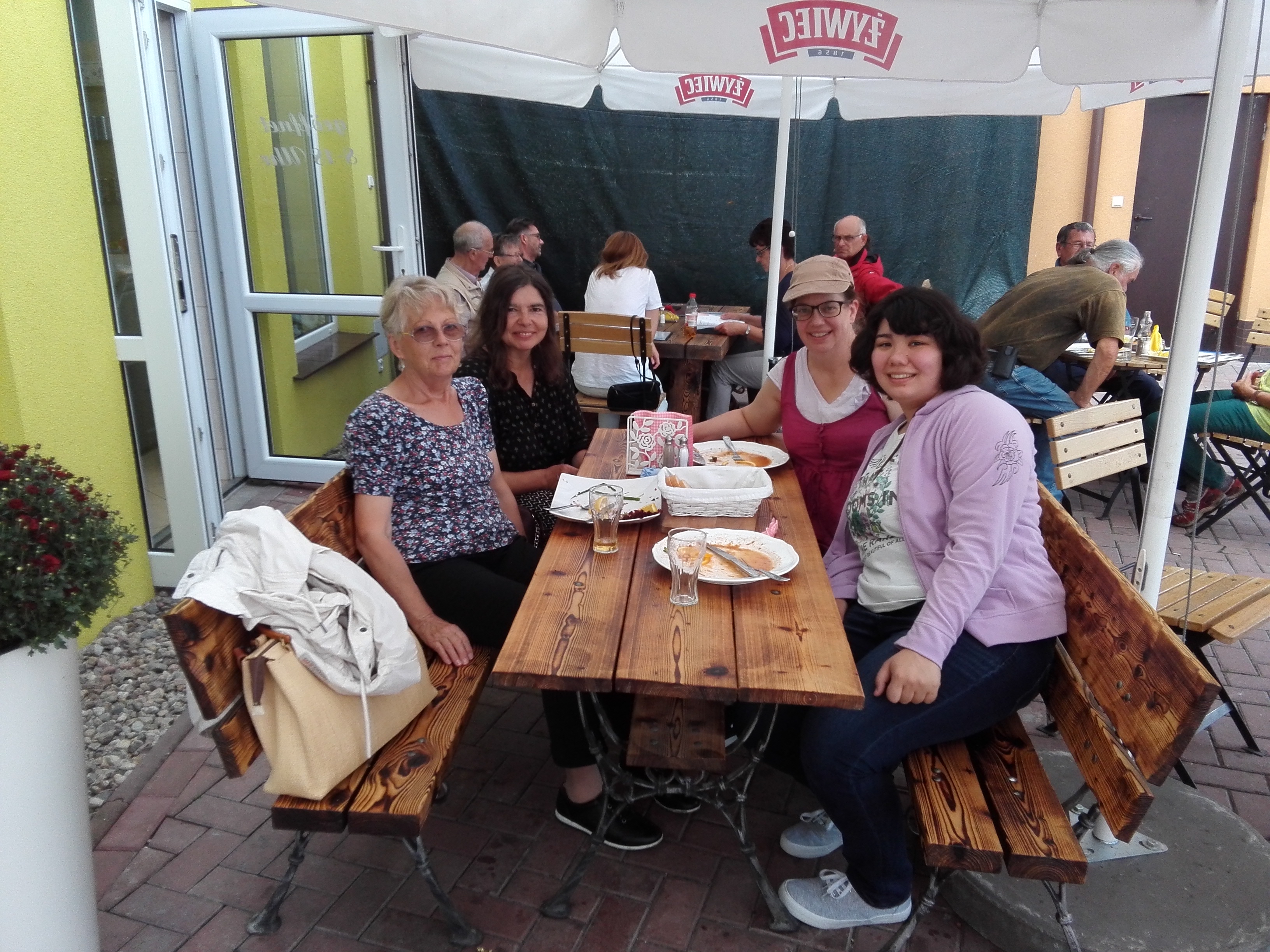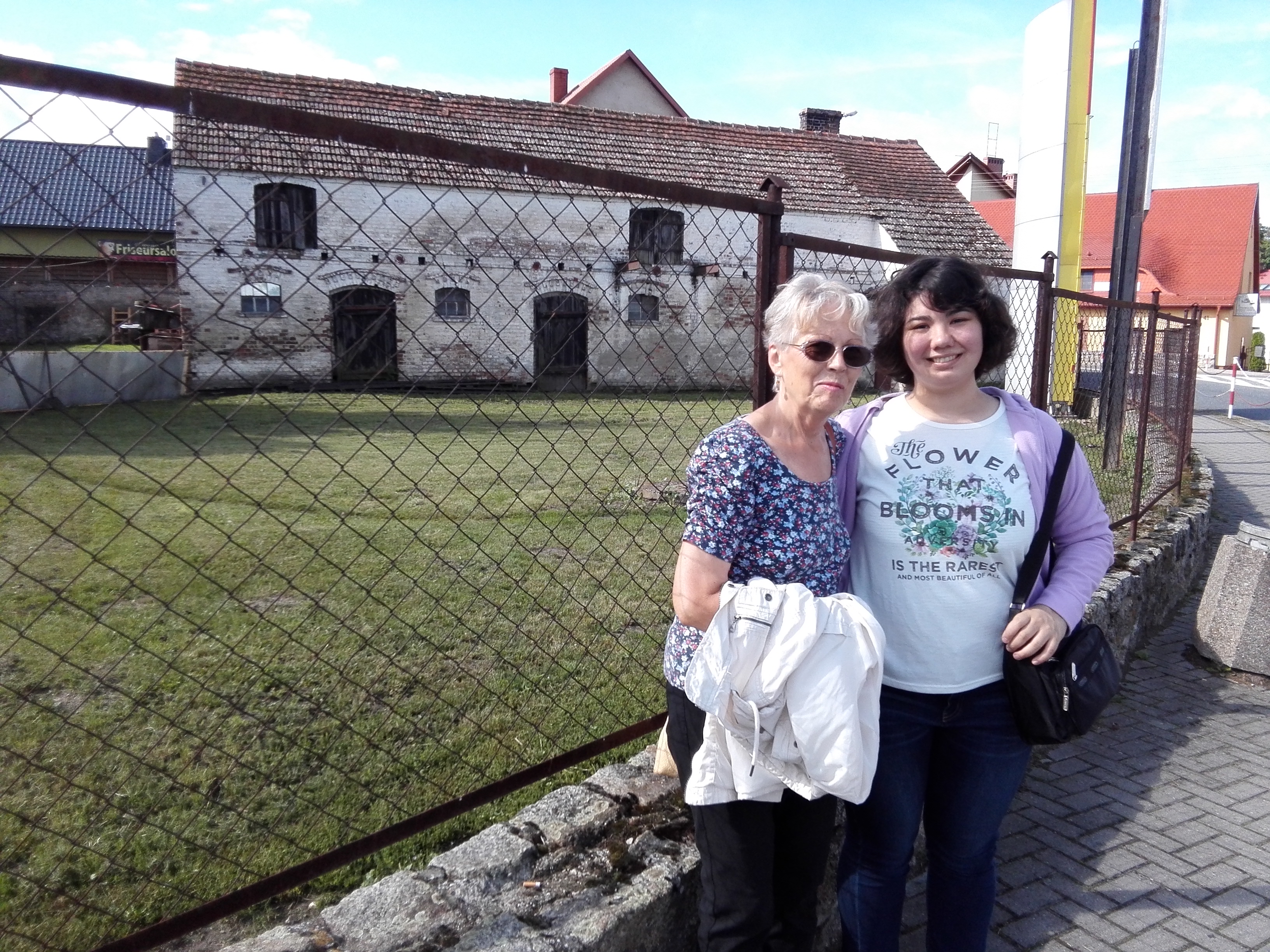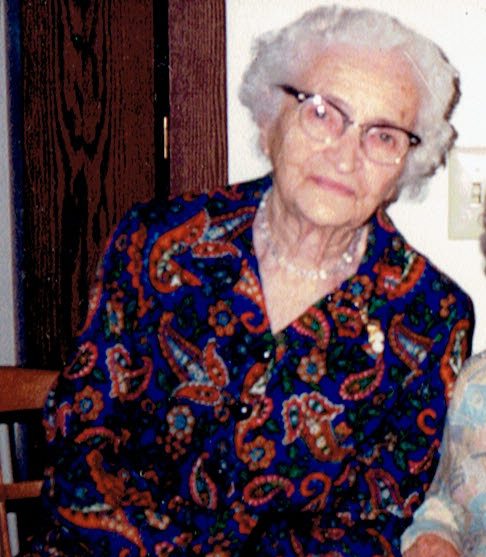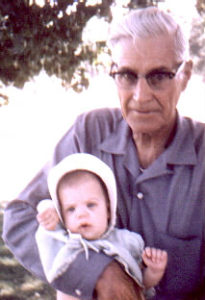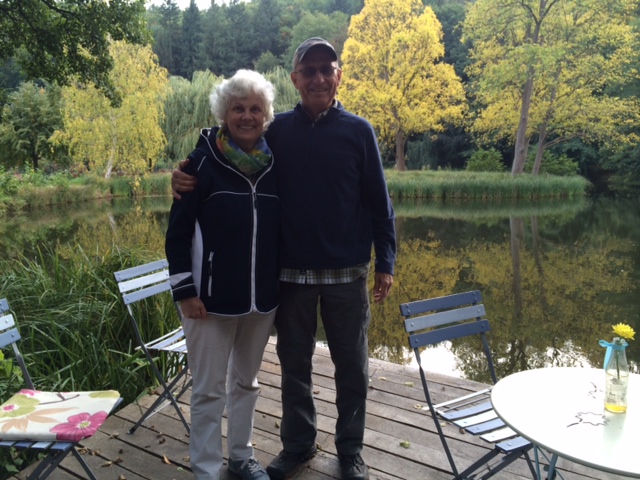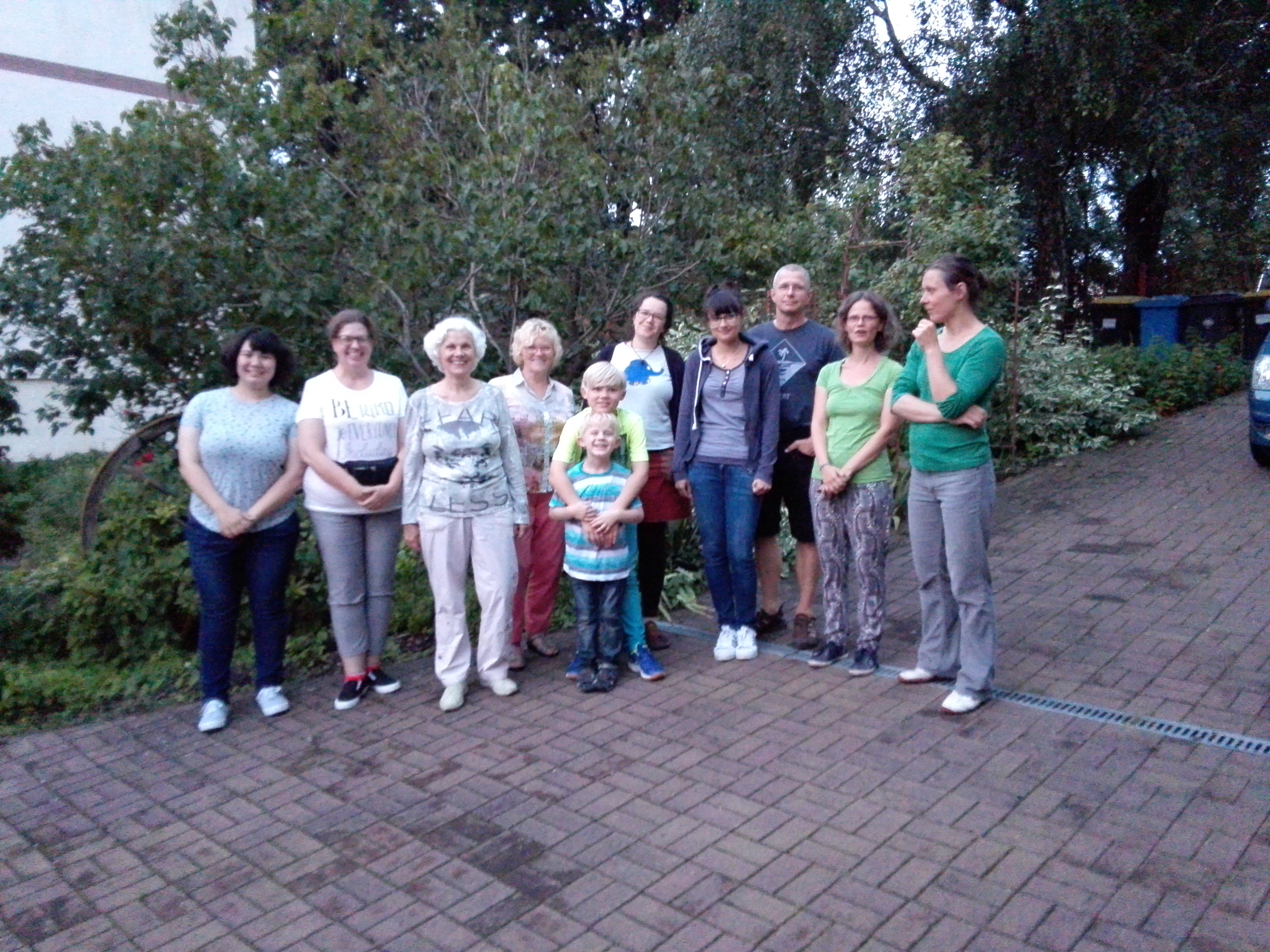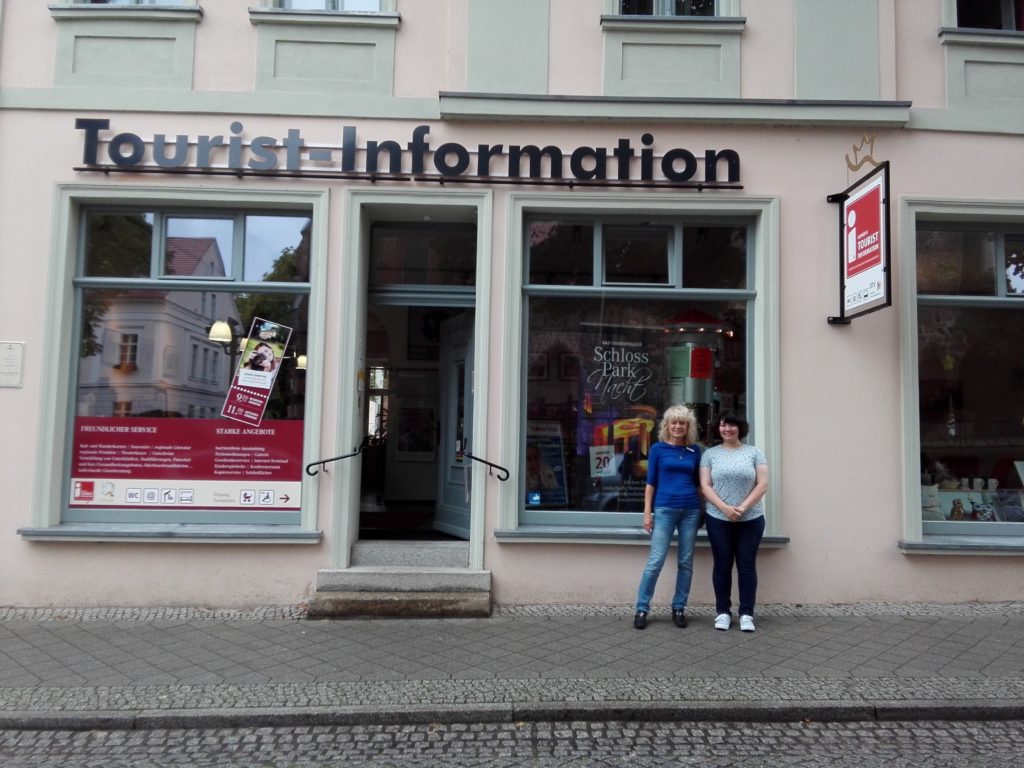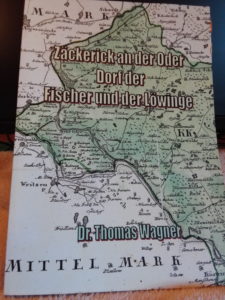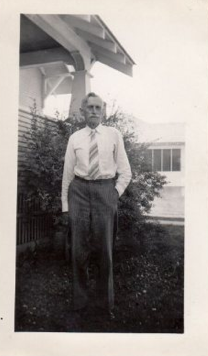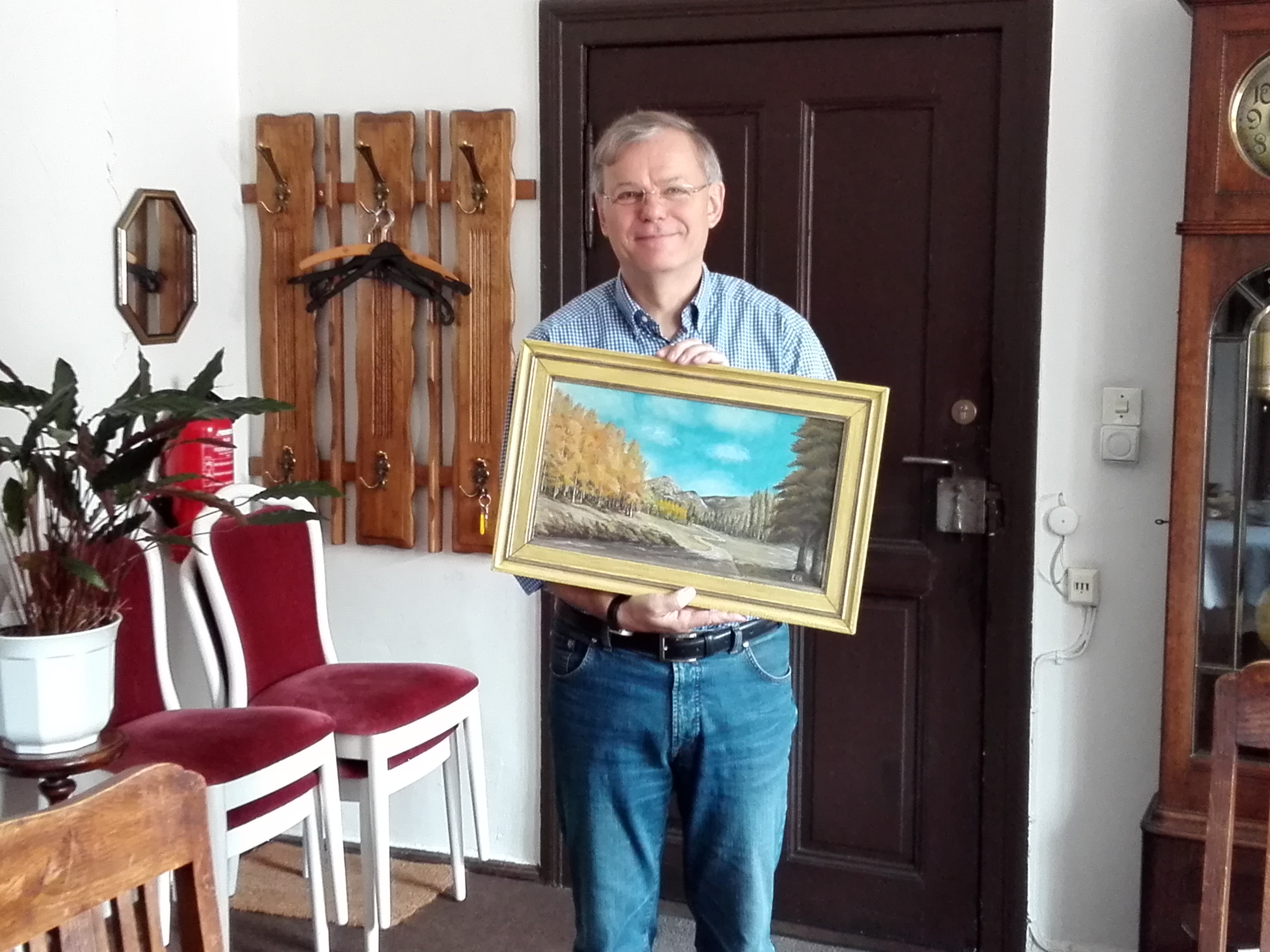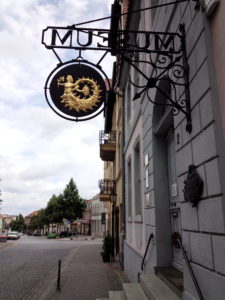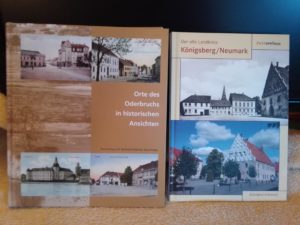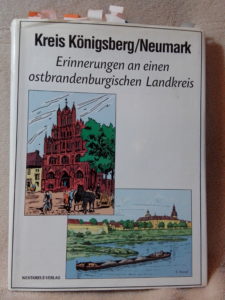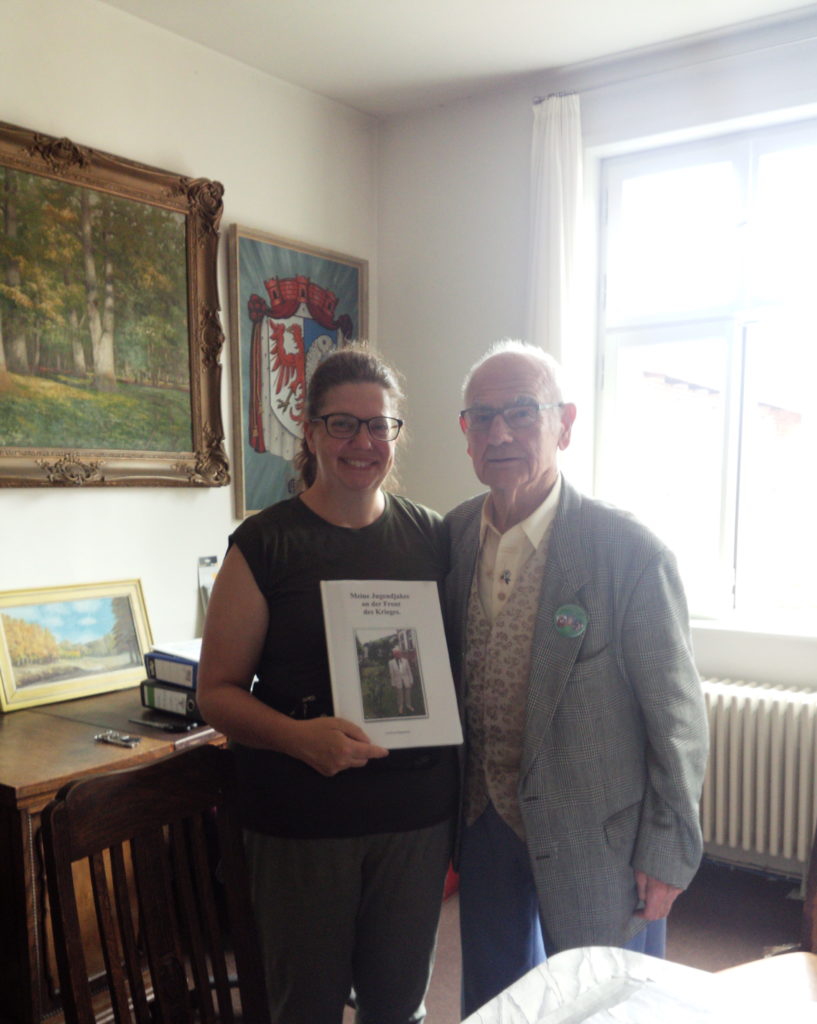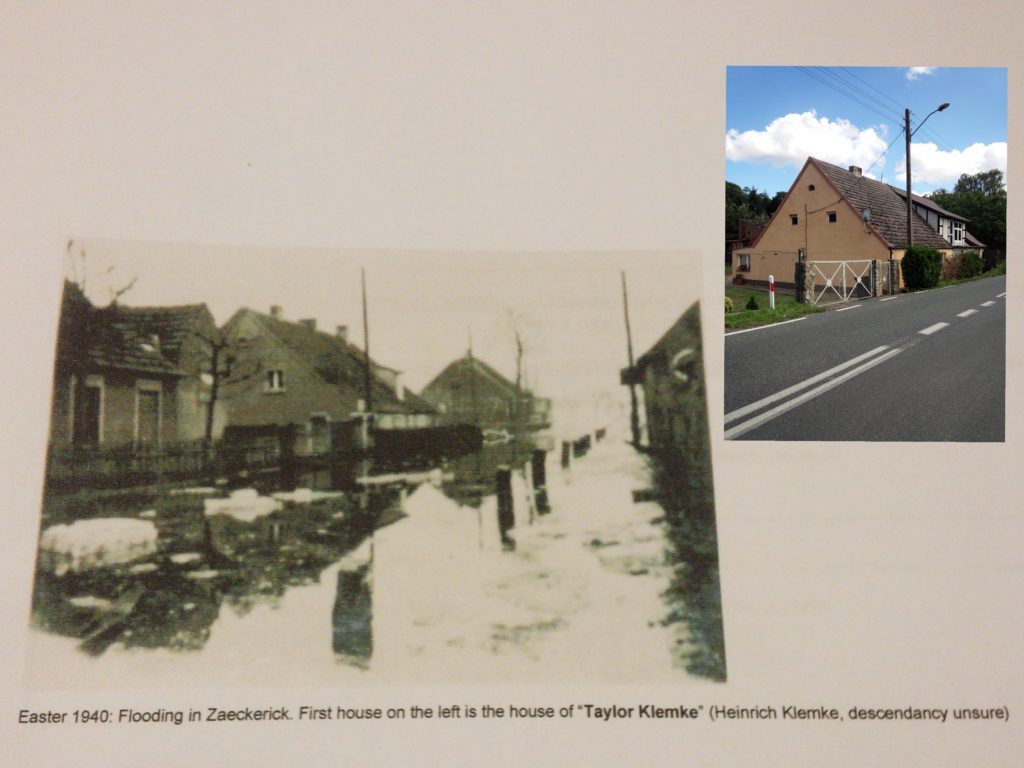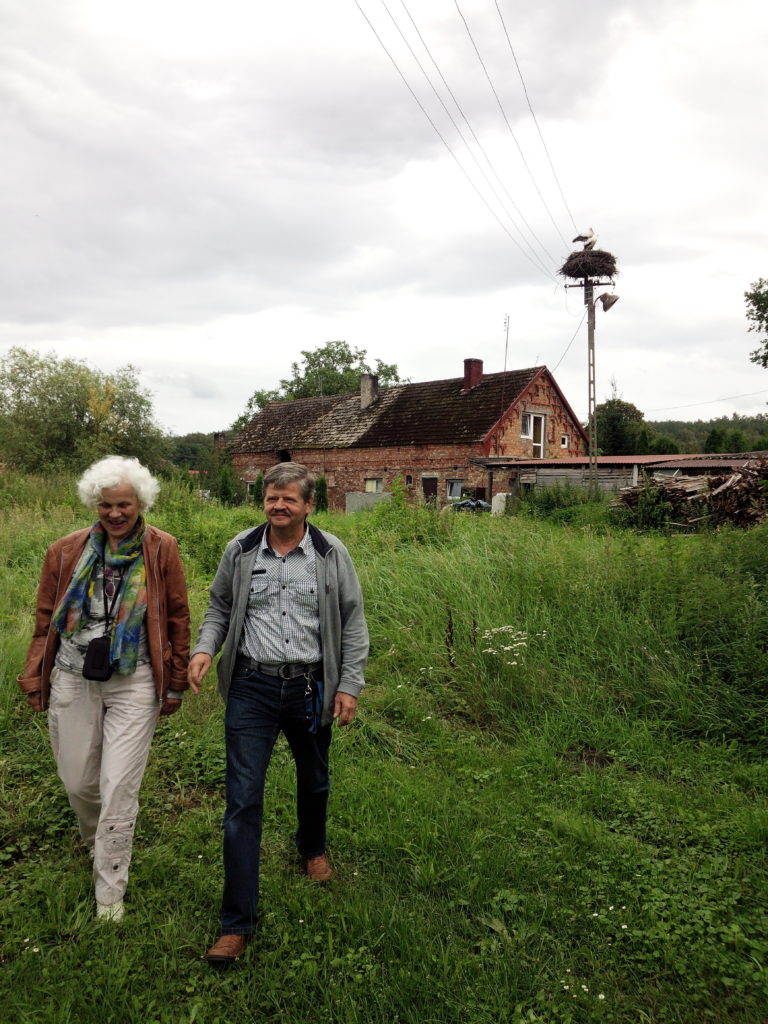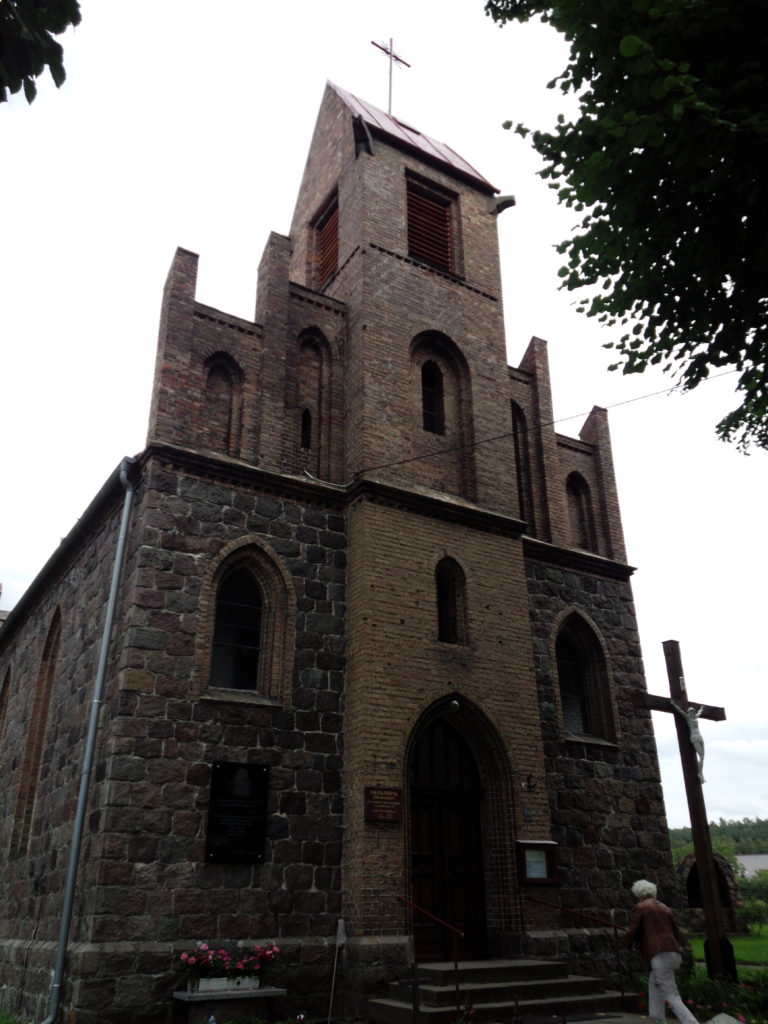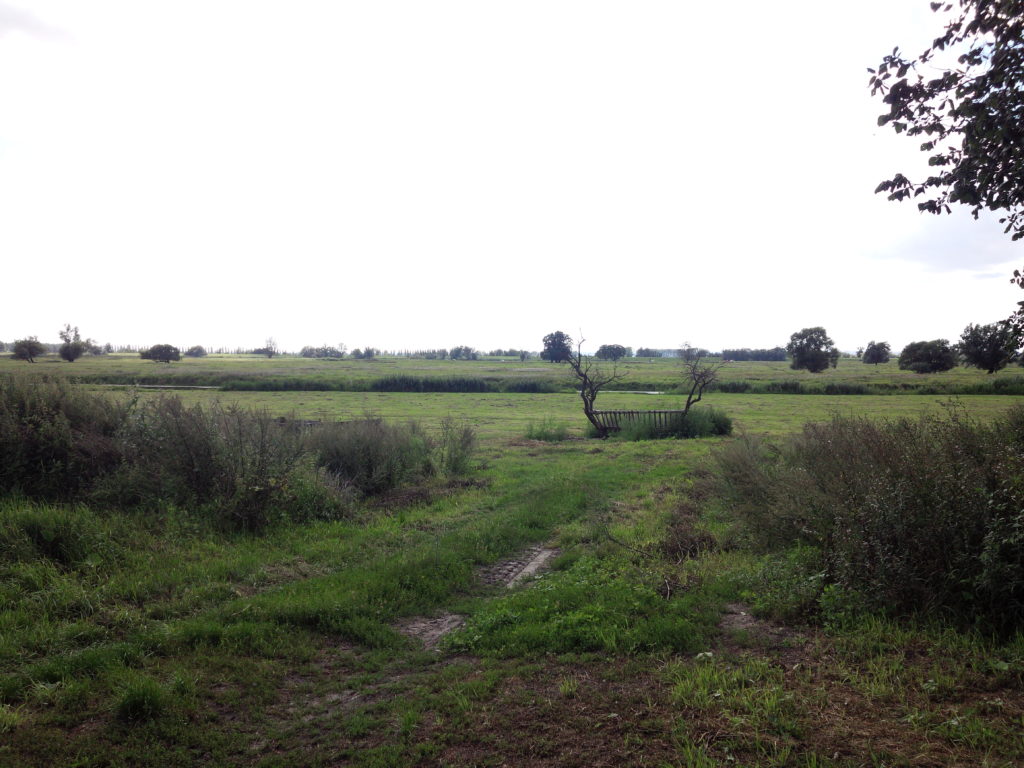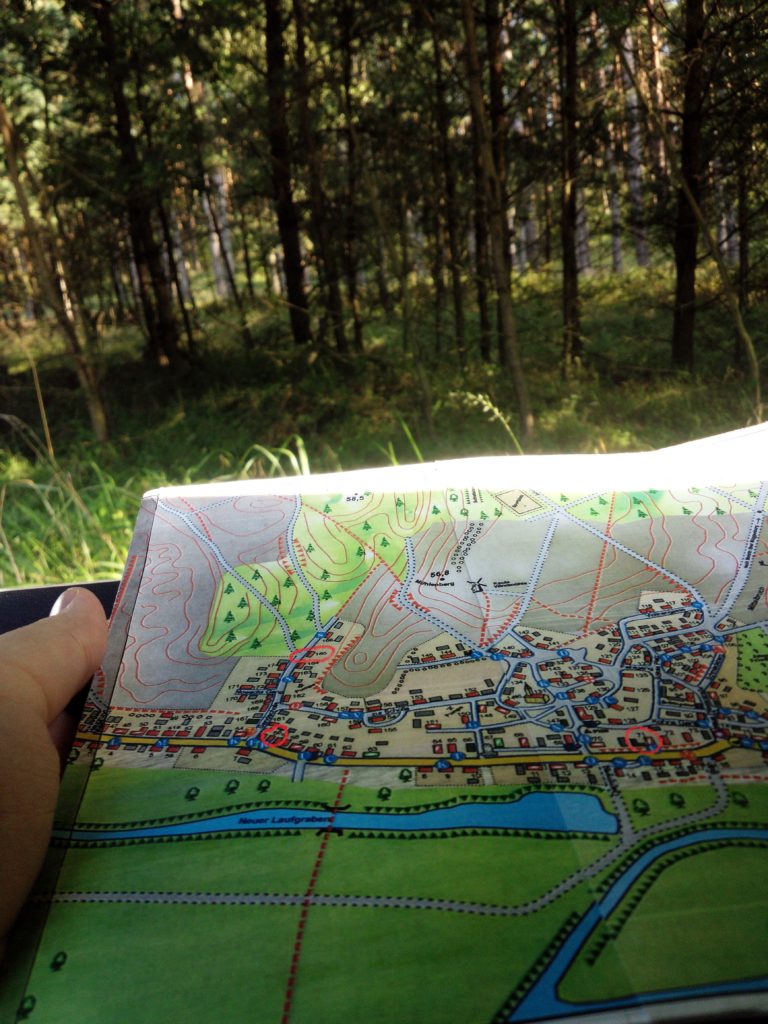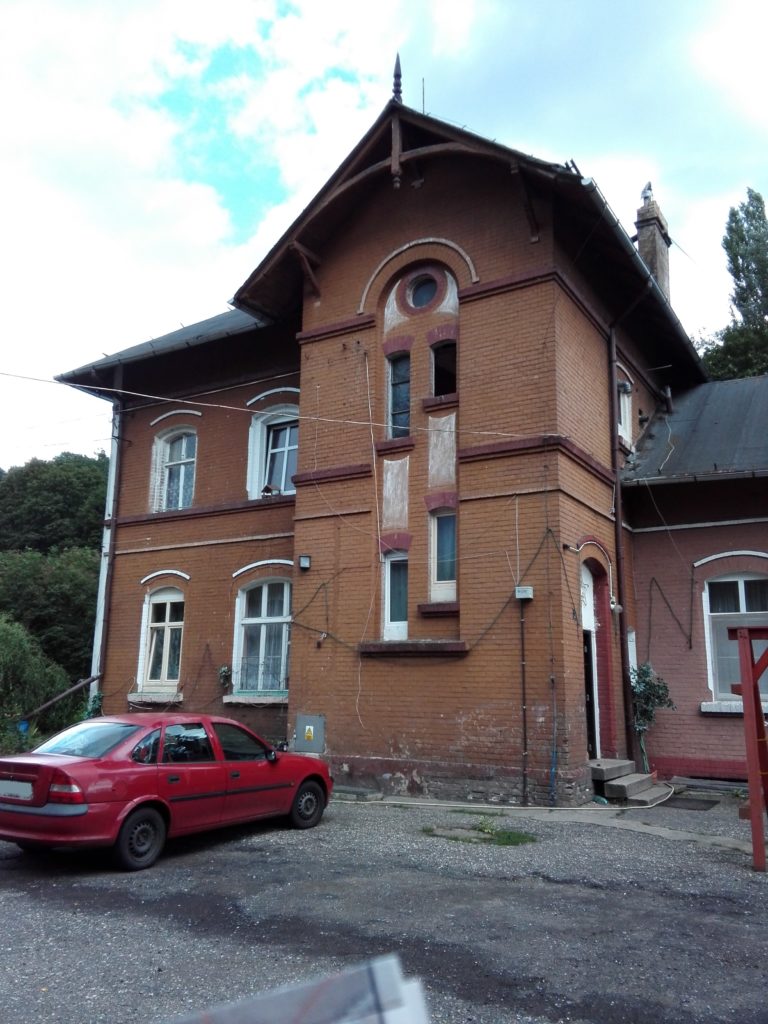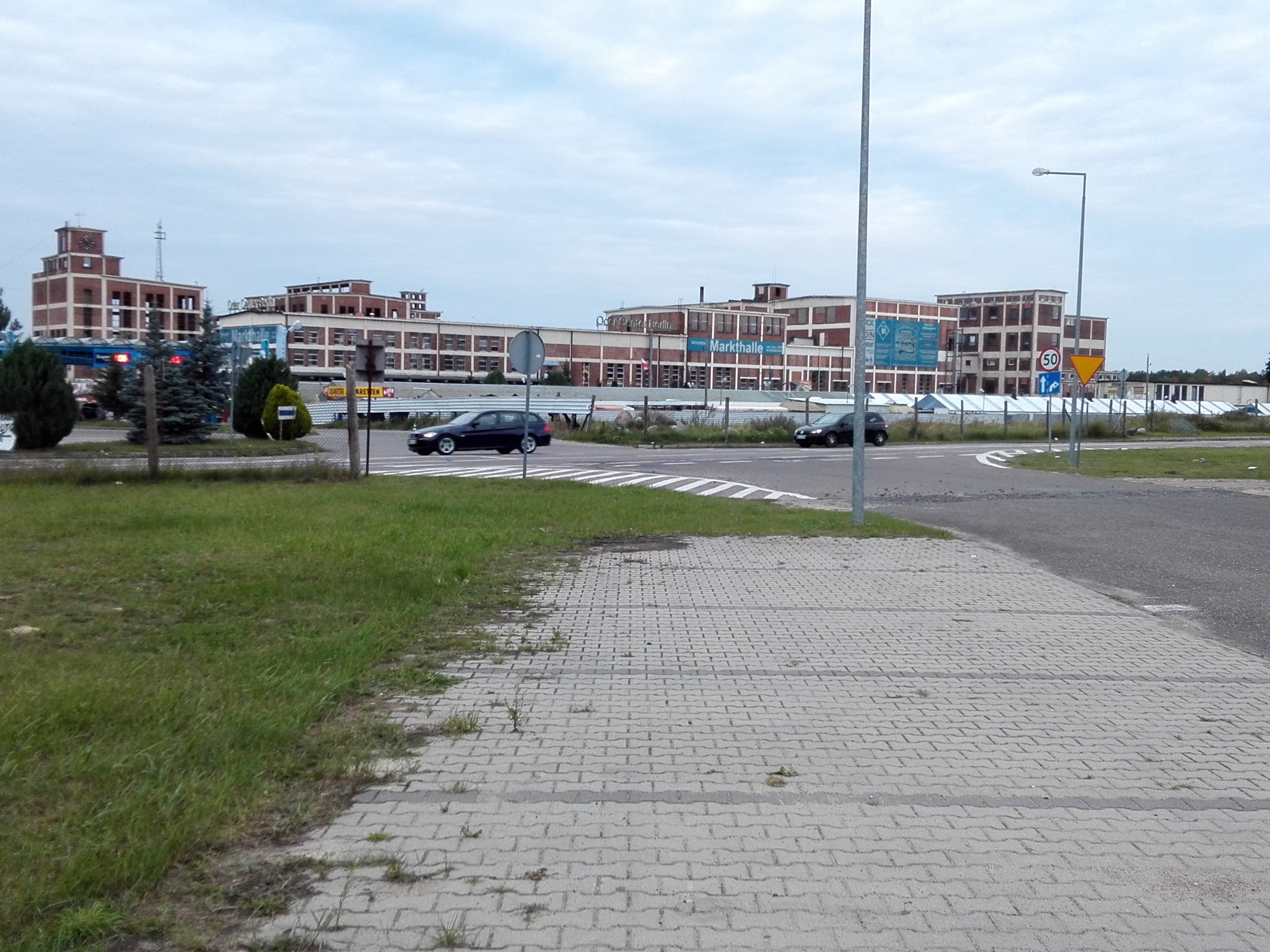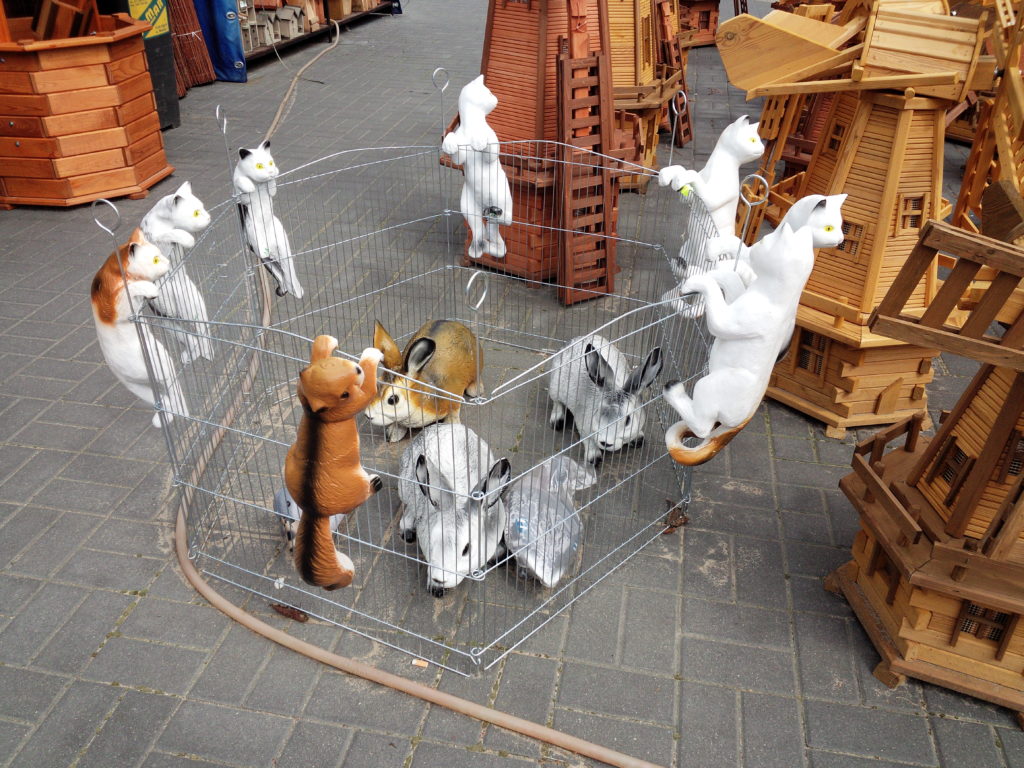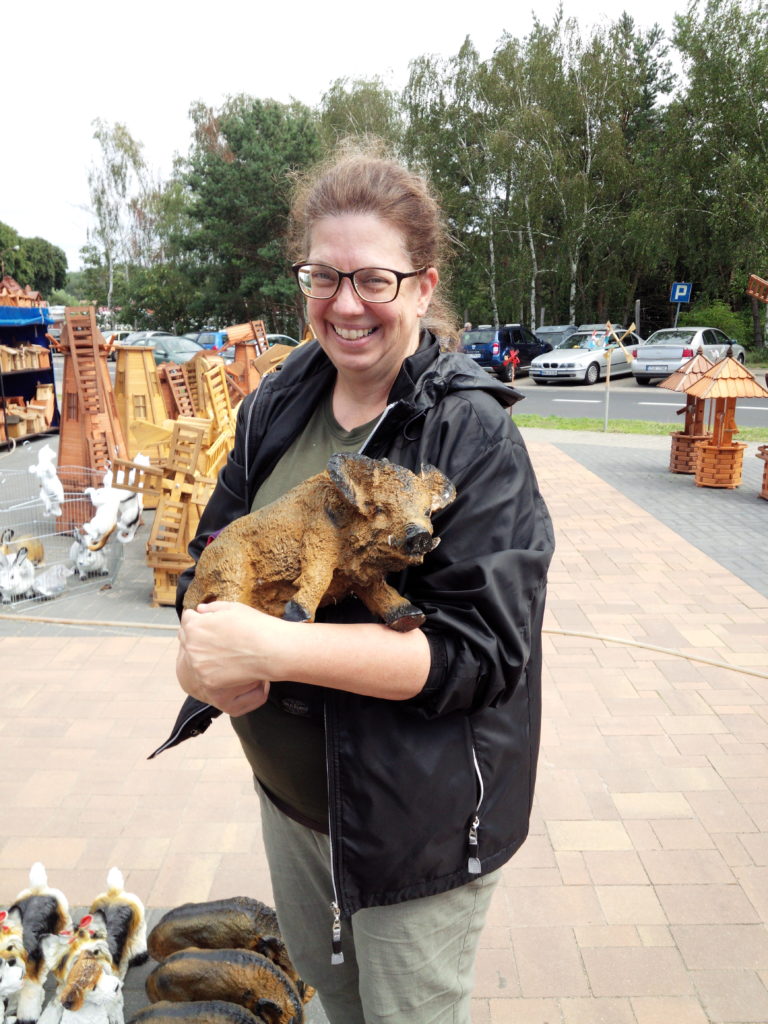[Photos and story courtesy of Ron GLANDT]
When I was a boy of 12, growing up on a farm/ranch in Lusk, Wyoming in the 1950’s we had a very exciting and important visitor, Peter KRUSE, a relative from Suderlugum, Germany. Now, let me get this straight, I think Peter was my great-grandfather GLANDT’s sister’s grandson! Well, anyway, I have it on a family tree somewhere. Peter was an important visitor for me because not only was Peter a very interesting man, it was the first time I had thought about my roots, despite my mother META KLEMKE GLANDT pleading with me to have an interest in her family background and her 11 KLEMKE siblings.
Later, in 1973 after completing a graduate degree, I set out to visit Peter KRUSE and his wife Lena in Germany as my wife Linda and I embarked on a back-packing trip around Western Europe. Peter and Lena were educators, which likely sparked an interest in Linda and me as we too, were pursuing education careers. I remember as Peter was showing us the church in Busum, Germany, where my Grandfather Peter GLANDT was baptized in 1863, a ‘home’ feeling came over me at that time. It was at that time Peter and his family became our ‘family’, too.
While growing up my mother had 2 sisters and one brother living in our small Lusk, Wyoming community so we had plenty of family around, especially since my brother, sister, and my father’s 5 siblings with many cousins nearby and also in Nebraska. Not until much later did I start thinking it was important to know my maternal mother’s family in Germany and I was also thinking it must be more common to find your paternal roots, as I had, so even more important to find my maternal roots, right? However, no one seemed to know anyone in the August Theodore KLEMKE family living in Germany. Velma KLEMKE, a cousin, had spent a lot of time, prior to computers, by putting a book together on the KLEMKE family history in 1977. And Rob AKERS, a KLEMKE descendent, who has computerized the complete KLEMKE family history had not found any living ancestral family in Germany. But Rob, gave me Amy KLEMKE Uehara’s name, a KLEMKE descendent who grew up in Denver and now lives in Japan. Rob mentioned to me in 2015 that Amy had visited him one time and had done extensive research to locate living relatives in Germany. A stroke of luck occurred when I found an email that Amy had sent to Ancestry.com on line so I found her email address. After a month or so she was able to respond and from then on, our relationship flourished and she was an inspiration to me in continuing to pursue our KLEMKEs still living in Germany.
In September, 2015, I flew to Germany and I was able to find Anita, in Bad Freienwalde, Germany, with no more than boots-on-the-ground effort and hours of research with the visitor’s office personnel in B.F. Then, I drove to our ancestors’ towns of Zäckerick (now Siekieki) and Alt Rüdnitz (now Stara Rudnica) in Poland, along the Oder River.
I returned to B.F. Germany in October, 2016 and while there I stayed with some new very gracious friends, Martin and Susan PODALL. Susan loaned me a bike on a Monday prior to leaving for Moscow, and I decided to ride along the Wriezener Alte Oder River, a kind of crescent landmark in our KLEMKE History as it helps in defining the border between Germany and Poland. The location of our KLEMKE family’s history is now in just inside Poland but it once was part of Germany. The Wriezener Alte Oder River was a pre-existing stream valley between B.F. and the larger Oder River.
It wasn’t long after riding along the river, that I felt again, that familiar feeling of ‘home’.
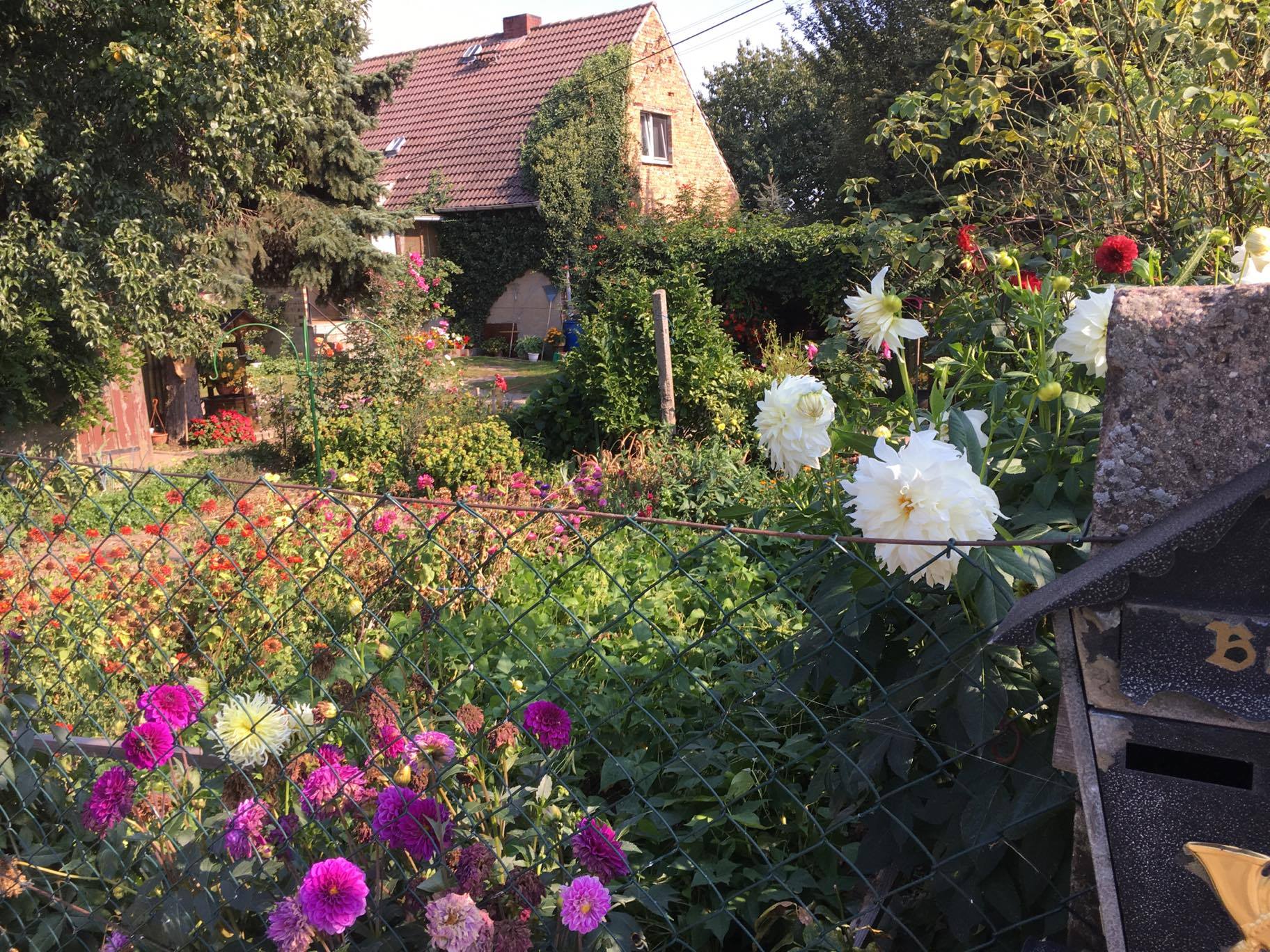
It gave me completeness, in an odd way. I hope everyone in our KLEMKE family can experience it, including my daughter, Whitney, when the time is right for her. She has visited my father’s family in Suderlugum, Germany.
Also at that time of my bike ride it became especially gratifying to me that Amy, and her daughter Mina had recently visited Anita and Kurt, her siblings and other relatives in B.F. in Aug. 2016.
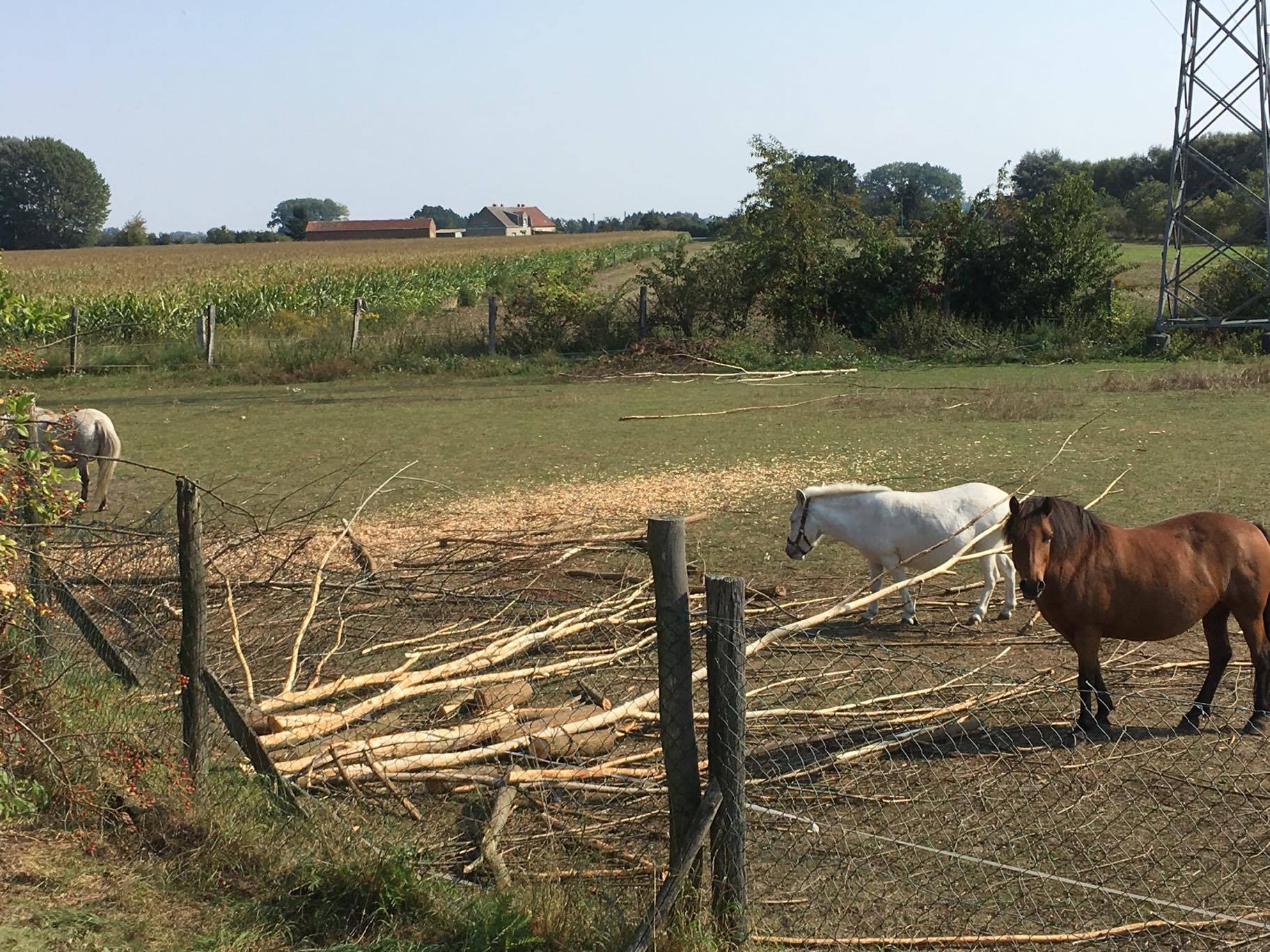
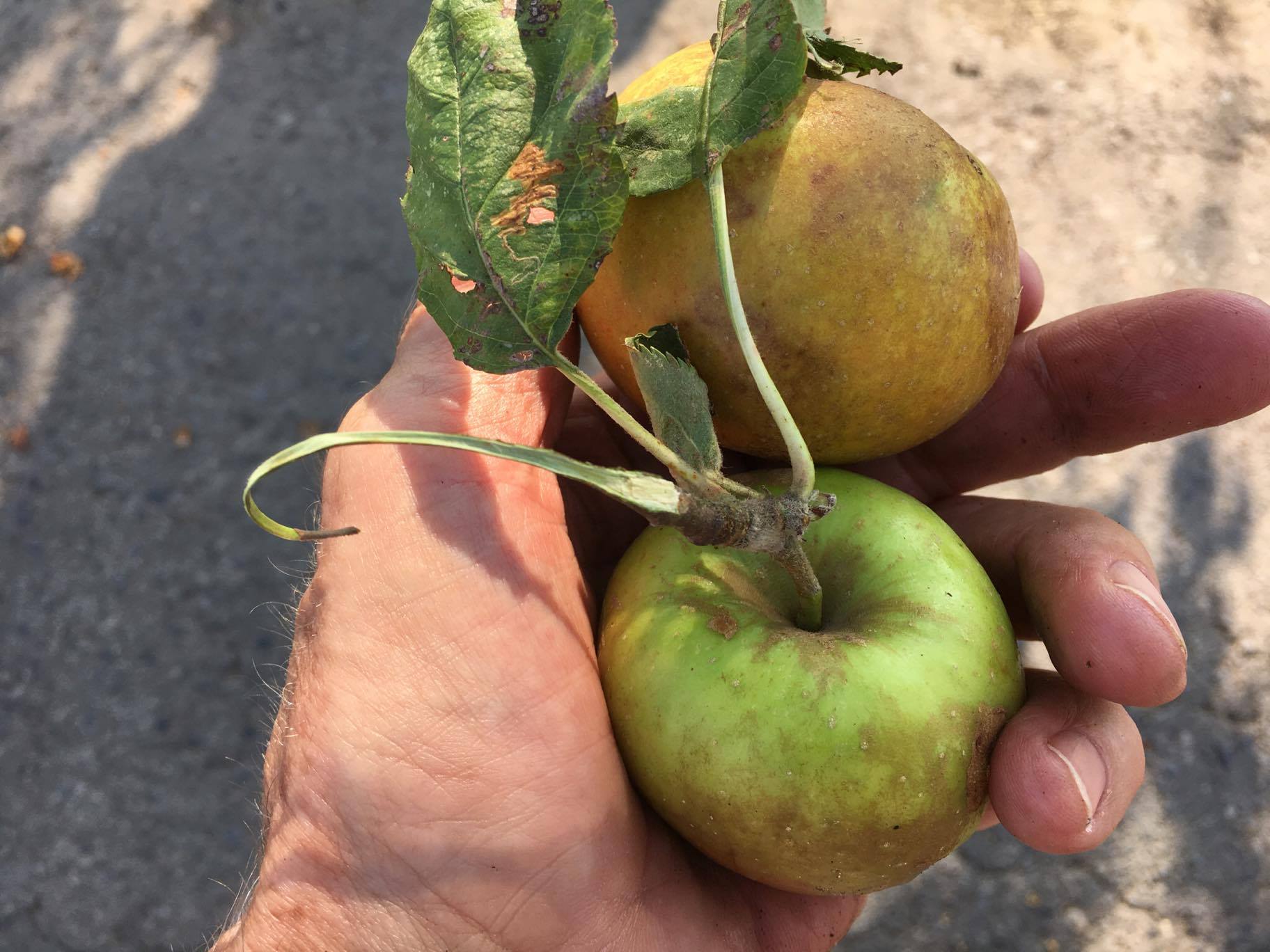
While cycling, there were domesticated animals and wildlife along the Wriezener River. I wondered if they were descendants, too, from the time of my great grandfather/grandmother? One also wonders if the ground under my bike was once walked on by my own ancestors?
I rode the bike about 20 kilometers and there were beautiful and quaint villages along the River supplying farmers for the sub irrigated farm land.
I rode around the villages of Wriezen, Barnim-Oderbruch, Bluesdorf, and Altreetz hoping to find people whom I could communicate with, also hoping to find someone who knew the KLEMKE name. Riding through a dairy farm, I spoke with someone who knew a little English, while apologizing for my lack of German, she did not seem to know the KLEMKE name after using a translator app on my phone. She was very pleasant and offered me water. The few people I met seemed very similar to the rural people I grew up with as genuine and especially friendly.
At the end of the journey, I came upon a large brick church with a high steeple overshadowing the size of the village where it was located. No one was around, the front door opened and I entered, sitting down in the back pew, I spent a few minutes reflecting the opportunity I just witnessed. Also there were feelings of gratitude for those who have contributed in making the KLEMKE reunions sustainable, most recently Phyllis HOY, and Wanda and Clif SHIPMAN and extending thoughts of gratitude to the new generation of those organizing the KLEMKE Reunions, my daughter Whitney GLANDT and niece Delphine BECKER.
On my journey back to B. F., the wind blew hard but I kept my head down and body low, as modeled by many, past, hardy East Germans, as I made my way back to Martin and Susan’s house.
